Forums
- Forums
- Axis And Allies Forum
- General Discussion
- Aviation News
Aviation News
Post a reply
- Go to Next topic
- Go to Welcome
- Go to Introduce Yourself
- Go to General Discussion
- Go to Screenshots, Images and Videos
- Go to Off topic
- Go to Works in Progress
- Go to Skinning Tips / Tutorials
- Go to Skin Requests
- Go to IJAAF Library
- Go to Luftwaffe Library
- Go to RAF Library
- Go to USAAF / USN Library
- Go to Misc Library
- Go to The Ops Room
- Go to Made in Germany
- Go to Campaigns and Missions
- Go to Works in Progress
- Go to Juri's Air-Raid Shelter
- Go to Campaigns and Missions
- Go to Works in Progress
- Go to Skinpacks
- Go to External Projects Discussion
- Go to Books & Resources
-
 Main AdminCol. Casey D. Eaton, 89th Airlift Wing commander taxies in a C-32 after his final flight upon completion of 25 years of service, June 4, 2018, Joint Base Andrews, Md. Eaton was responsible for worldwide special air mission airlift, logistics, aerial port and communications support for the president, vice president, cabinet members, combatant commanders, and senior military and elected leaders as tasked by The White House, Air Force chief of staff and Air Mobility Command. Eaton landed at Joint Base Andrews and was greeted by family, friends and members from the unit. (U.S. Air Force photo's by Staff Sgt. Kenny Holston)
Main AdminCol. Casey D. Eaton, 89th Airlift Wing commander taxies in a C-32 after his final flight upon completion of 25 years of service, June 4, 2018, Joint Base Andrews, Md. Eaton was responsible for worldwide special air mission airlift, logistics, aerial port and communications support for the president, vice president, cabinet members, combatant commanders, and senior military and elected leaders as tasked by The White House, Air Force chief of staff and Air Mobility Command. Eaton landed at Joint Base Andrews and was greeted by family, friends and members from the unit. (U.S. Air Force photo's by Staff Sgt. Kenny Holston)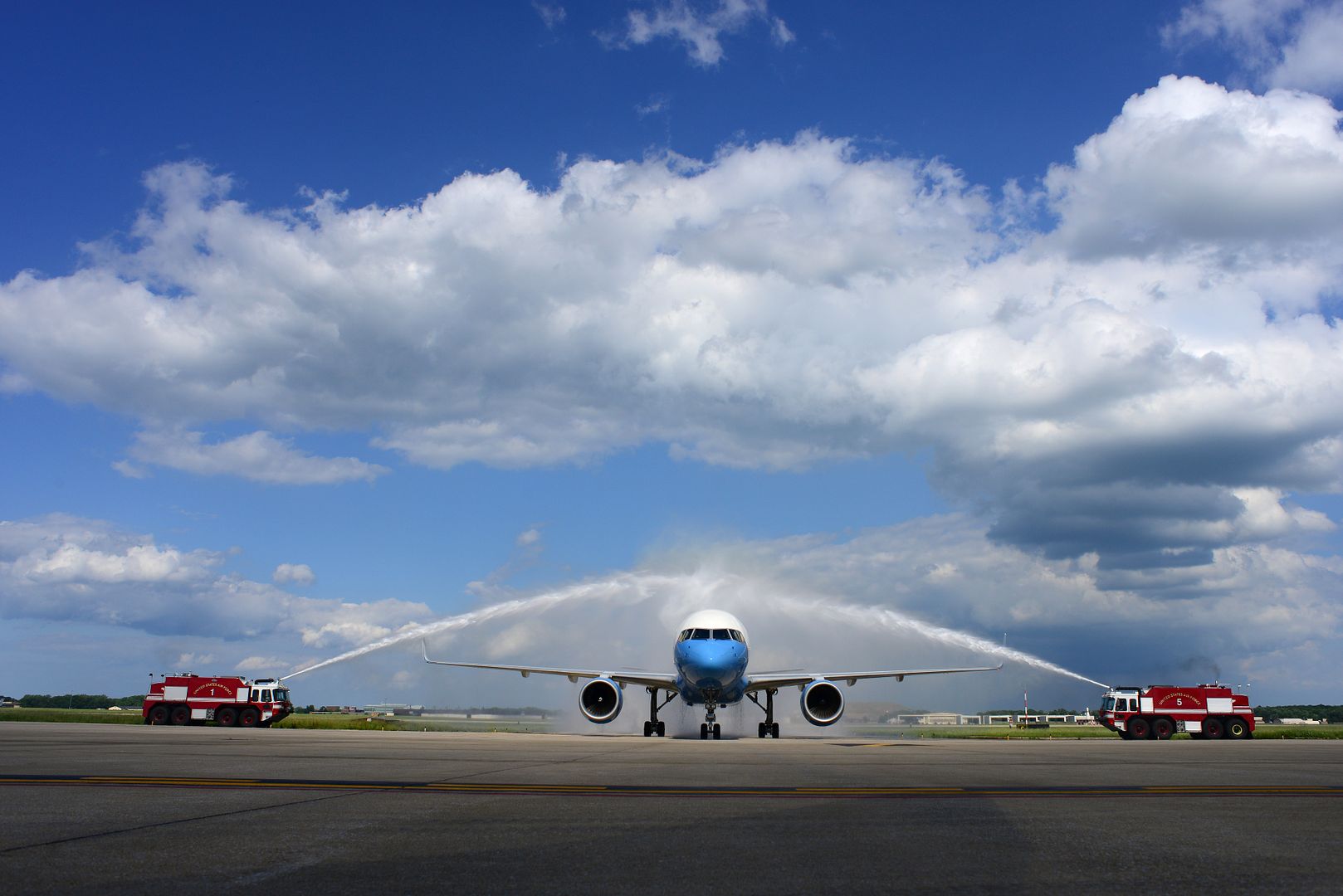
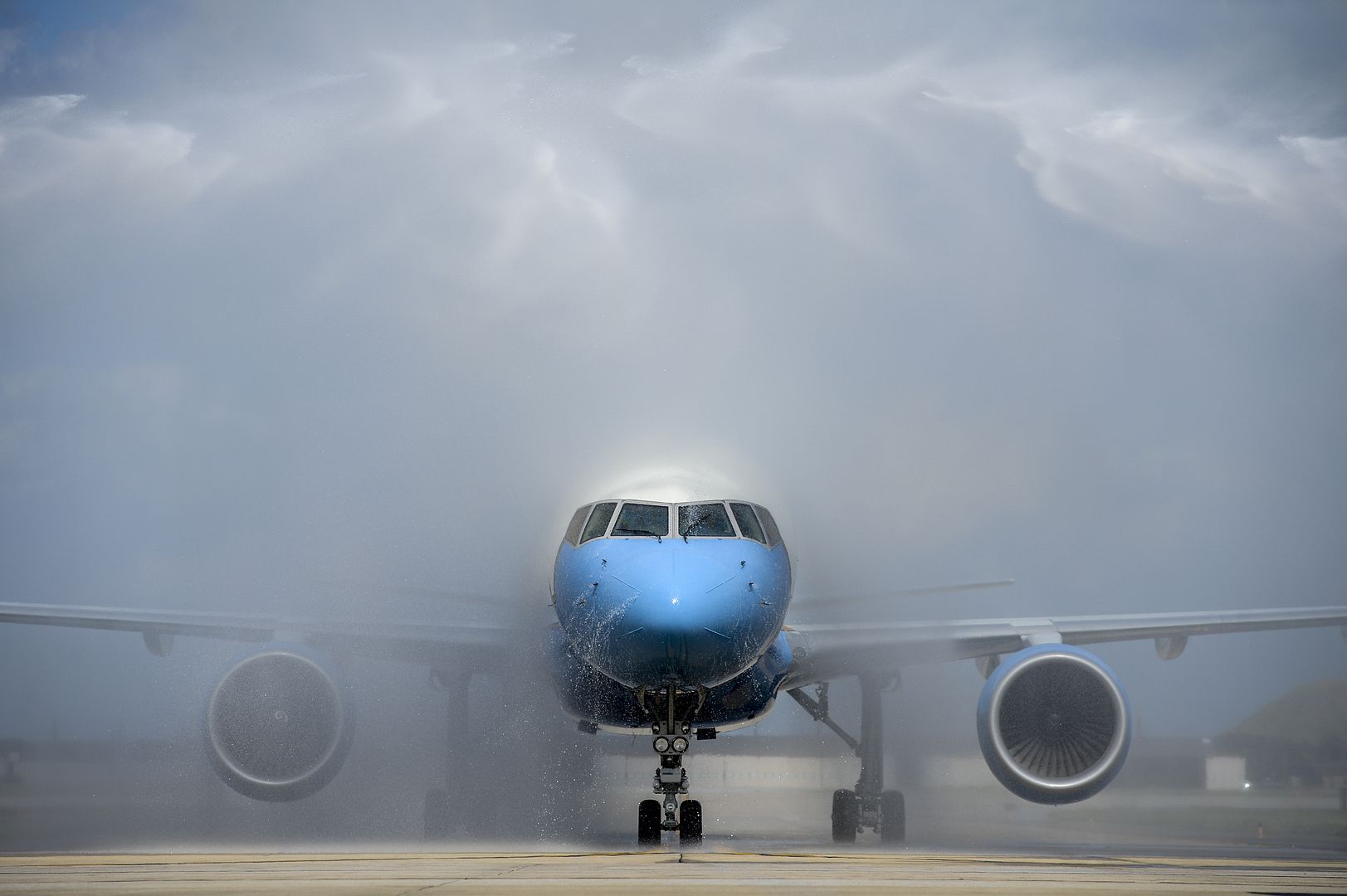
A C-17 Globemaster takes off from Amari Air Base, Estonia on it?s way to Slovenia, delivering troops and equipment to support training in that region. The military troops and the F-16?s in the ground are part of the 140th Wing, Colorado Air National Guardsupporting Saber Strike 18, June 3, 2018. Saber Strike 18 is the eighth iteration of the long-standing U.S. Army Europe-led cooperative training exercise designed to enhance interoperability among allies and regional partners. This year's exercise will take place June 3-15, focusing on improving land and air operational capabilities with an additional key objective to train with NATO's enhanced Forward Presence (eFP) battlegroups. (U.S. Air National Guard photo by Senior Master Sgt. John Rohrer)
MEDITERRANEAN SEA (June 3, 2018) An AH-1W Cobra helicopter, attached to Marine Medium Tiltrotor Squadron (VMM) 162 (Reinforced), flies over the San Antonio-class amphibious transport dock ship USS New York (LPD 21) June 3, 2018. New York, homeported in Mayport, Florida, is conducting naval operations in the U.S. 6th Fleet area of operations in support of U.S. national security interest in Europe and Africa. (U.S. Navy photo by Mass Communication Specialist 2nd Class Lyle Wilkie/Released)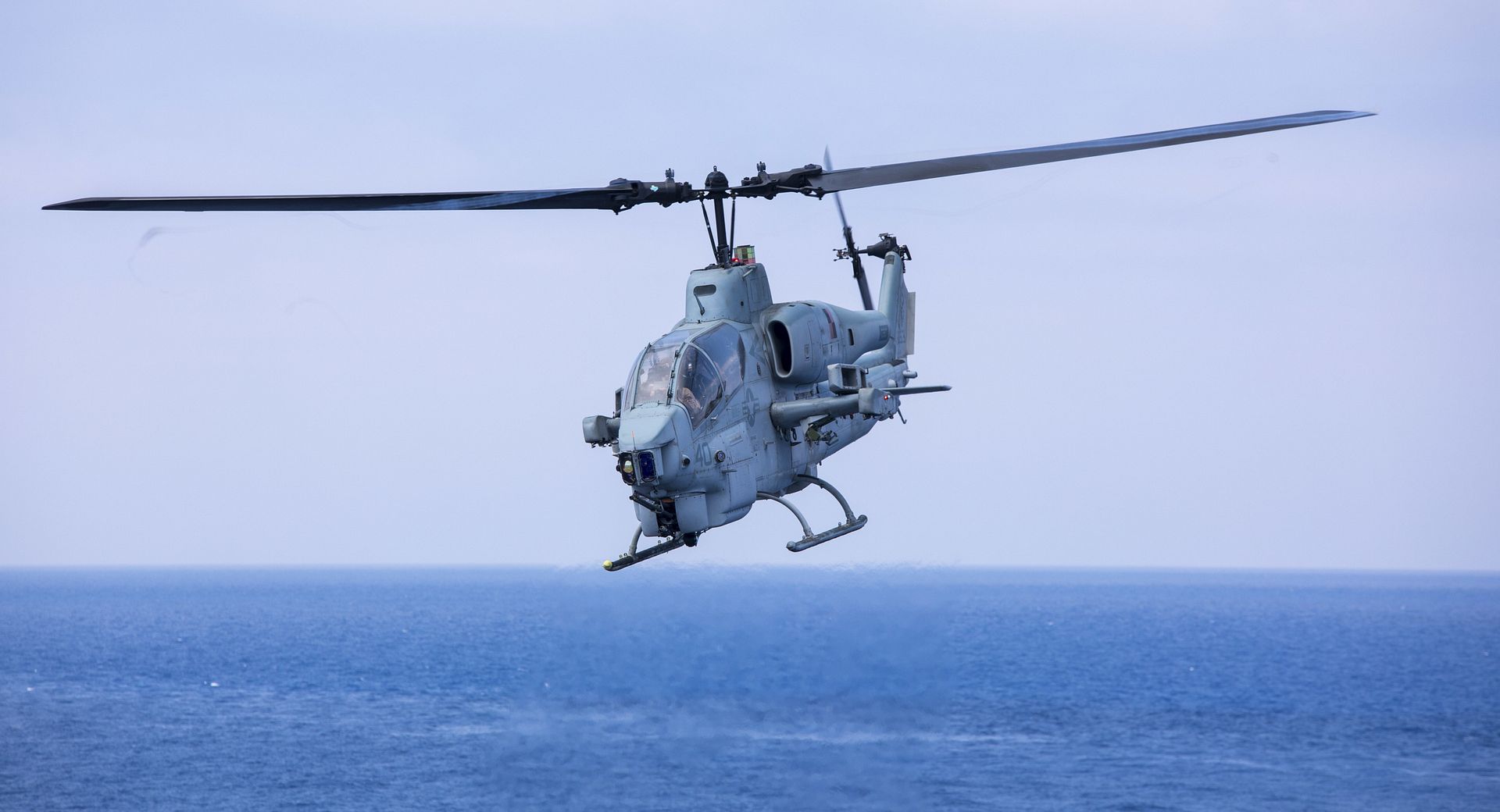
AH-64 Apache helicopters assigned to Task Force Viper 1st Battalion, 3rd Aviation Regiment, 12th Combat Aviation Brigade conduct night time operations at Military Airfield in Inowroclaw, Poland during Saber Strike 18, June 4, 2018. Saber Strike 18 facilitates cooperation between U.S., Estonian, Latvian, Lithuanian, Polish and other allied and partner nations to improve joint operational capability in a variety of missions. The exercise prepares the participating nations and its units for future operations while enhancing the NATO alliance. This year's exercise anticipates 18,000 participants from 19 different countries distributed across four nations.(U.S. Army photo's by Eugen Warkentin)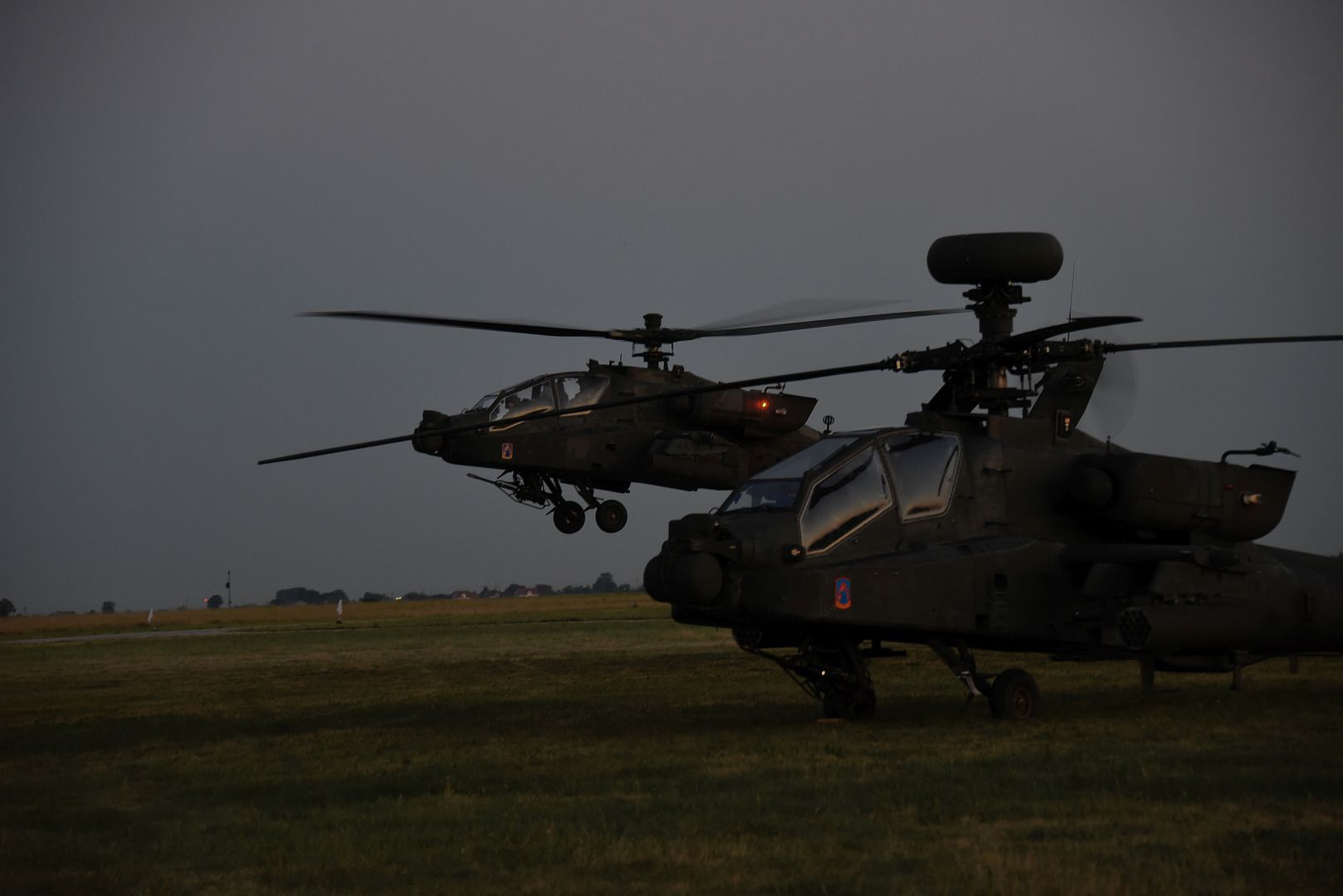

Capt. Andrew ?Dojo? Olson, F-35 Heritage Flight Team commander and pilot, performs aerial demonstrations in an F-35A Lightning II during the 2018 Hyundai Air and Sea show at Miami Beach, Fla., May 27, 2018. The two-day show was held to pay tribute to military service members and first responders honoring those who have paid the ultimate sacrifice. (U.S. Air Force Photo by Airman 1st Class Alexander Cook)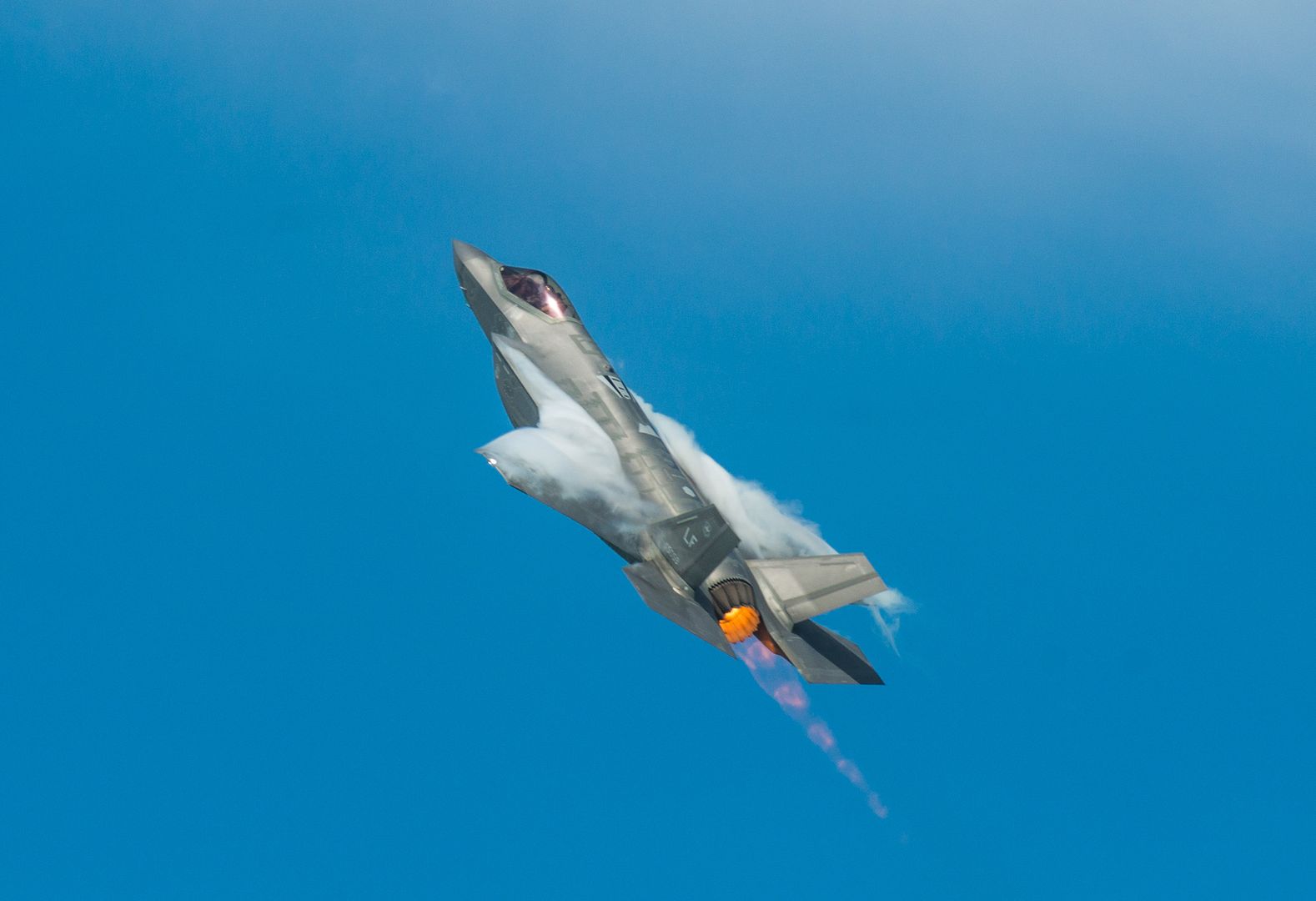
PACIFIC OCEAN (June 2, 2018) Aviation Boatswain's Mate (Handling) 1st Class Glenn Catbagan signals an F-35B Lightning II assigned to the "Avengers" of Marine Fighter Attack Squadron (VMFA) 211 aboard the Wasp-class amphibious assault ship USS Essex (LHD 2) during composite training unit exercise (COMPTUEX). COMPTUEX is the final pre-deployment exercise that certifies the combined Essex Amphibious Ready Group and 13th Marine Expeditionary Unit's (13th MEU) abilities to conduct military operations at sea and project power ashore during their upcoming deployment. (U.S. Navy photo by Mass Communication Specialist 3rd Class Matthew Freeman/Released)
-
 Main AdminA U.S. Air Force B-1B Lancer assigned to the 345th Expeditionary Bomb Squadron takes off in support of Exercise Baltic Operations at RAF Fairford, England, June 2, 2018. . Two B-1Bs from Dyess Air Force Base, Texas, dropped 12 inert Mark 62 Quickstrike mines while participating in BALTOPS. The inclusion of bombers in the exercise provides an opportunity for bomber crews to integrate and train with other U.S. European Command components, while exercising the United States? key bomber capabilities. (U.S. Air Force photo's by Senior Airman Emily Copeland)
Main AdminA U.S. Air Force B-1B Lancer assigned to the 345th Expeditionary Bomb Squadron takes off in support of Exercise Baltic Operations at RAF Fairford, England, June 2, 2018. . Two B-1Bs from Dyess Air Force Base, Texas, dropped 12 inert Mark 62 Quickstrike mines while participating in BALTOPS. The inclusion of bombers in the exercise provides an opportunity for bomber crews to integrate and train with other U.S. European Command components, while exercising the United States? key bomber capabilities. (U.S. Air Force photo's by Senior Airman Emily Copeland)

A U.S. Air Force B-1B Lancer, two U.S. Air Force F-15E Strike Eagles, two U.S. Air Force F-16C Fighting Falcons, two U.S. Navy F/A-18 Hornets, two Polish Air Force Su-22 Fitters, two Polish Air Force F-16 Fighting Falcons, and two Spanish Air Force Eurofighter Typhoons fly in a formation flight over the Baltic Sea in support of BALTOPS 18, May 5, 2018. BALTOPS is an annual, multinational exercise designed to enhance interoperability and demonstrate NATO and partner force resolve to defend the Baltic region. (U.S. Air Force photo by Tech. Sgt. Roidan Carlson)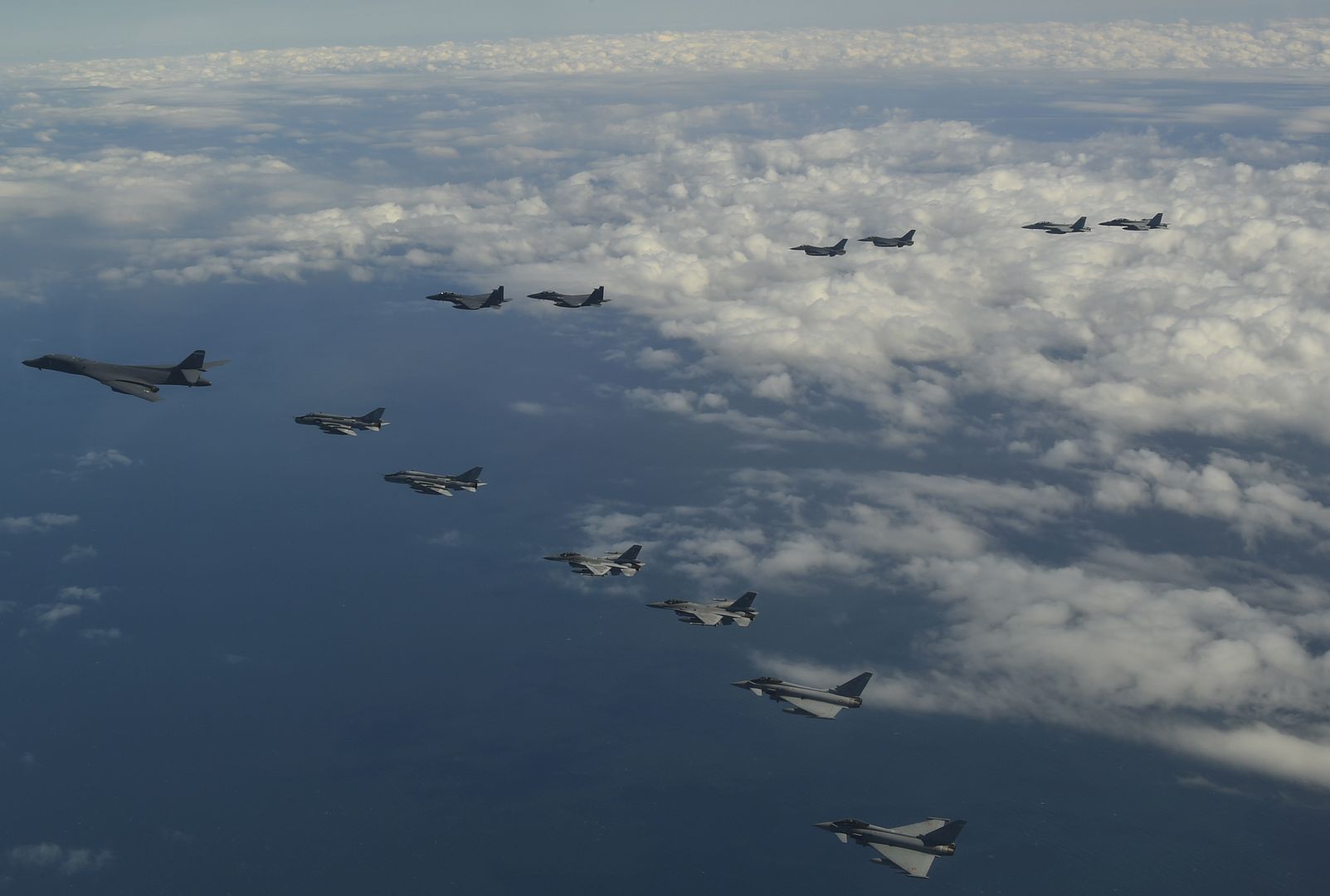
A U.S. Air Force KC-135 Stratotanker takes turns refueling F-15E Strike Eagles and F-16C Fighting Falcons during a training mission over the Baltic Sea in support of BALTOPS 18, May 5, 2018. BALTOPS is an annual, multinational exercise designed to enhance interoperability and demonstrate NATO and partner force resolve to defend the Baltic region. (U.S. Air Force photo by Tech. Sgt. Roidan Carlson)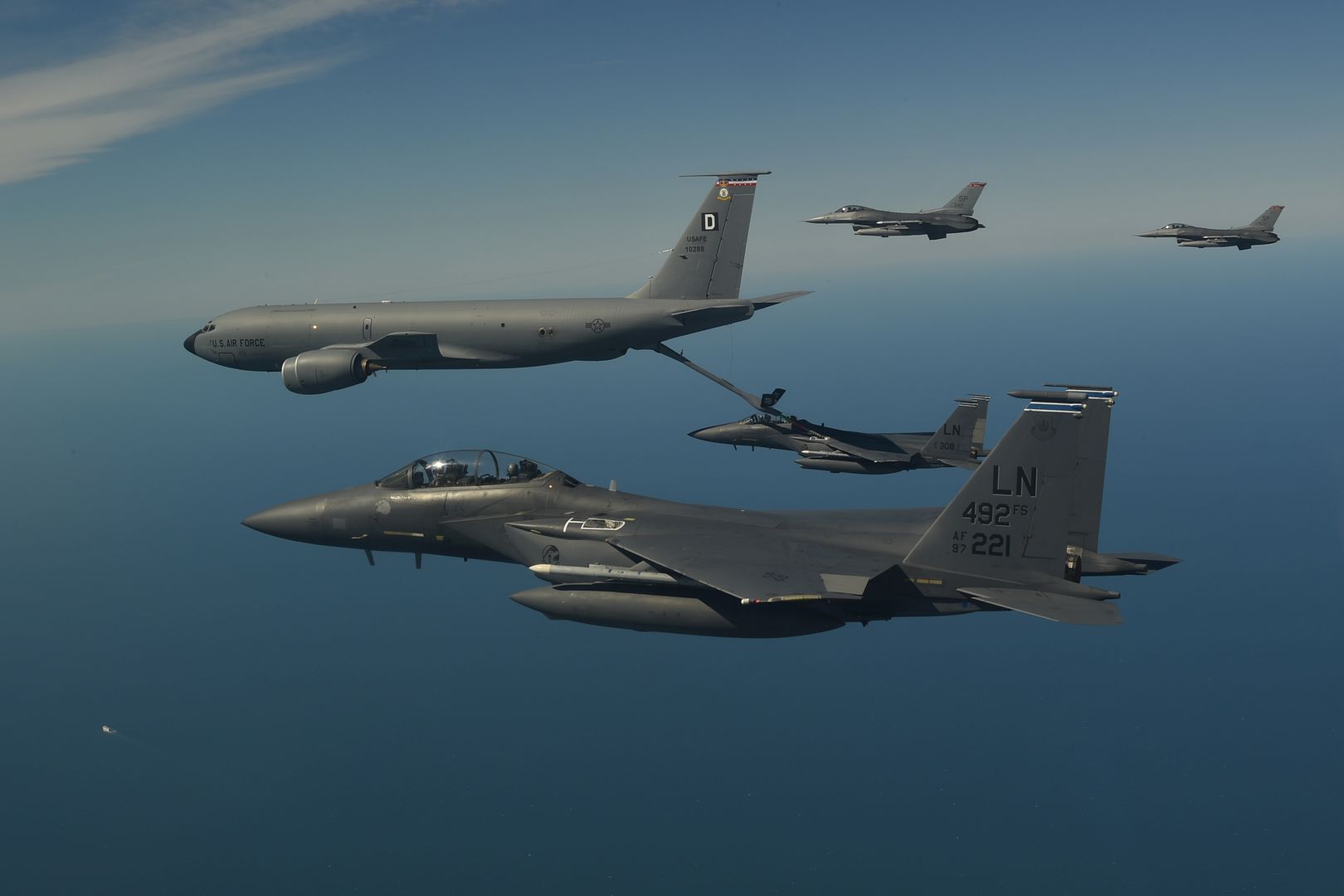
U.S. Air Force maintenance technicians from the JSTARS team monitor engines starting on an E-8C Joint STARS prior to the unit flying a mission in support of BALTOPS and Saber Strike 18 exercises at Fighter Wing Skrydstrup, Denmark, June 5, 2018. The JSTARS team consists of the Georgia Air National Guard?s 116th Air Control Wing (ACW), plus active duty personnel assigned to the 461st ACW and Army JSTARS. They are in Denmark to participate in Exercise Baltic Operations, or BALTOPS, June 4-15 and Saber Strike 18 from June 3-15. JSTARS brings a unique, manned, joint airborne command control, intelligence, surveillance, and reconnaissance capability to the exercises. During BALTOPS, the Georgia Airmen will join military forces from 17 nations to enhance flexibility and interoperability among allied and partner nations to strengthen combined response capabilities, as well as demonstrate international resolve to ensure stability in, and if necessary defend, the Baltic Sea region. The Saber Strike exercise facilitates cooperation between the U.S., Estonia, Latvia Lithuania, Poland, and other allied and partner nations to improve joint operational capability in a variety of missions and prepare the participating nations and units for future operations while enhancing the NATO alliance. (U.S. Air National Guard photo by Senior Master Sgt. Roger Parsons)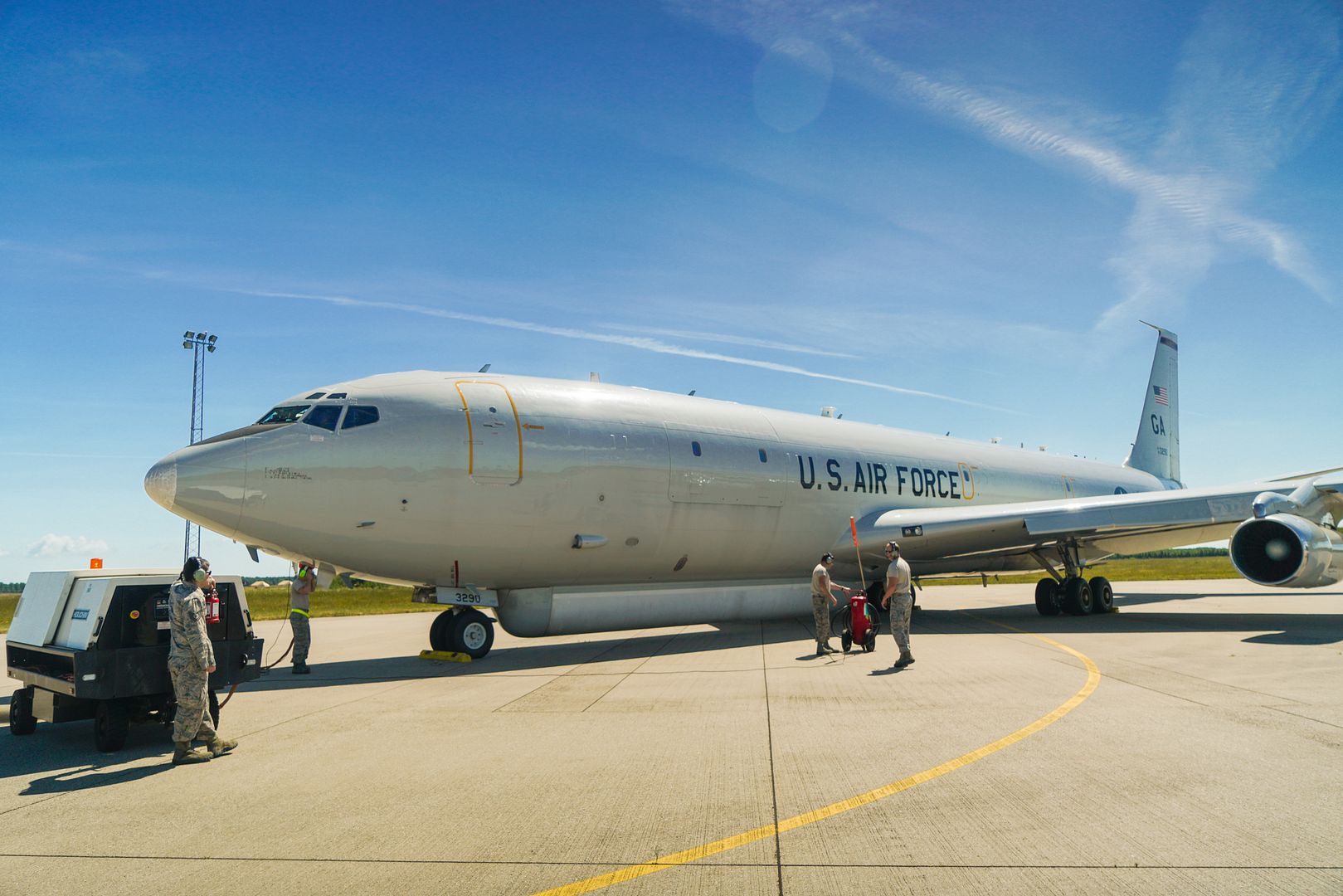
The first BelugaXL has passed the Ground Vibration Test (GVT), a requirement for certification of the aircraft that paves the way towards its maiden flight in summer 2018.
The objective of this test is to measure the dynamic behaviour of the aircraft and confirm theoretical models of various flight conditions, such as manoeuvring, flying in gusty conditions and landing. The test data also helps clear the aircraft?s flight enveloppe.
The GVT of the BelugaXL was performed by ONERA in collaboration with DLR over eight testing days using several hundreds of external accelerometers while the aircraft was stimulated by external shakers or seismic exciters.
The BelugaXL was launched in November 2014 to address the transport and ramp-up capacity requirements for Airbus beyond 2019. The new oversize air transporters are based on the A330-200 Freighter, with a large re-use of existing components and equipment. The first of five BelugaXLs will fly in summer 2018 and enter into service in 2019.
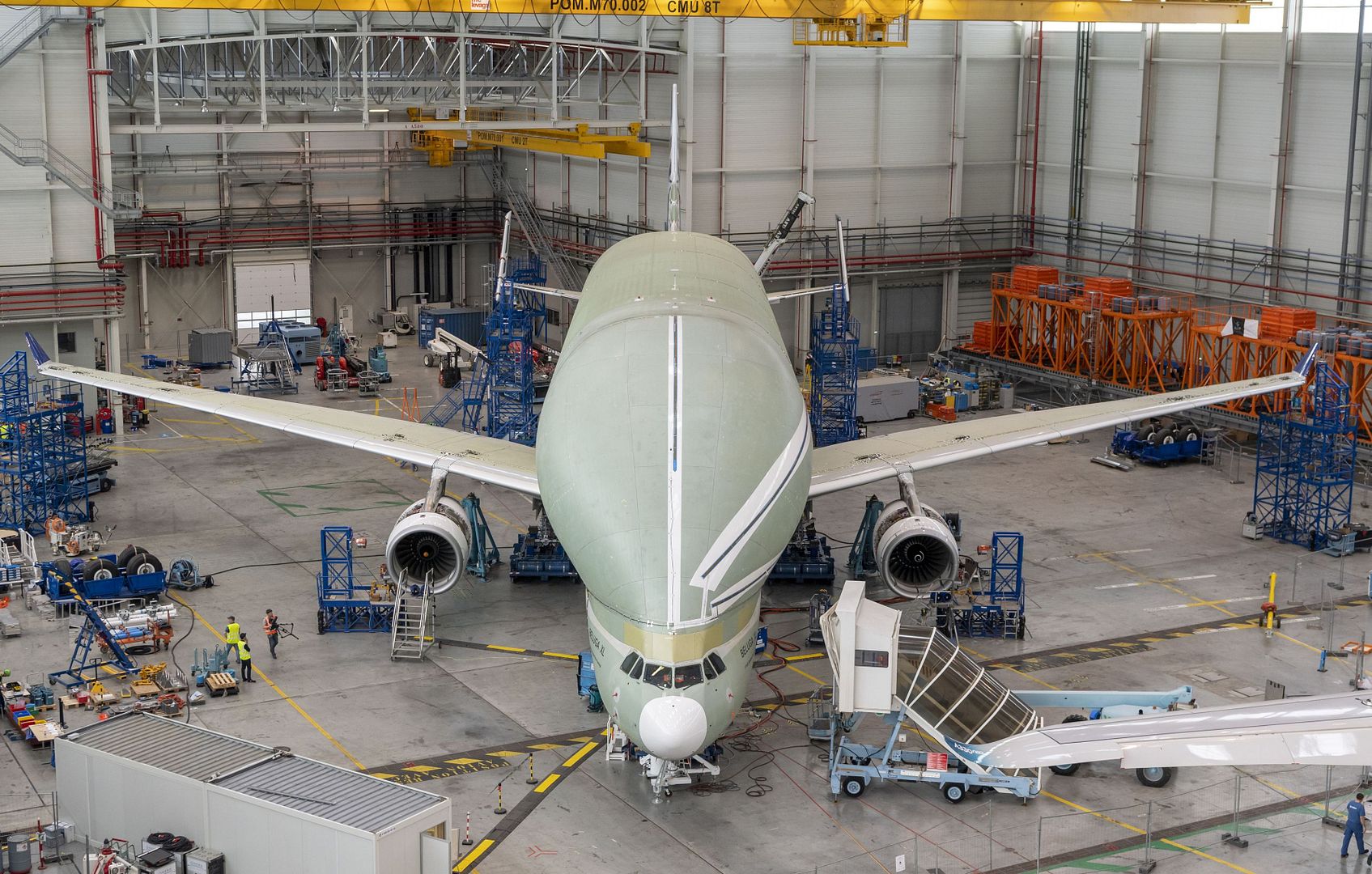
Date: 06 Jun 2018
The first of Britain?s next-generation fighter jets, the F-35B Lightning have arrived home two months ahead of schedule in a major milestone for the Royal Air Force and Royal Navy.
The first of Britain?s new cutting-edge aircraft arrived into RAF Marham, their new home in Norfolk. They touched down this evening after a trans-Atlantic flight from the United States, where Britain has more of the jets and 150 personnel in training.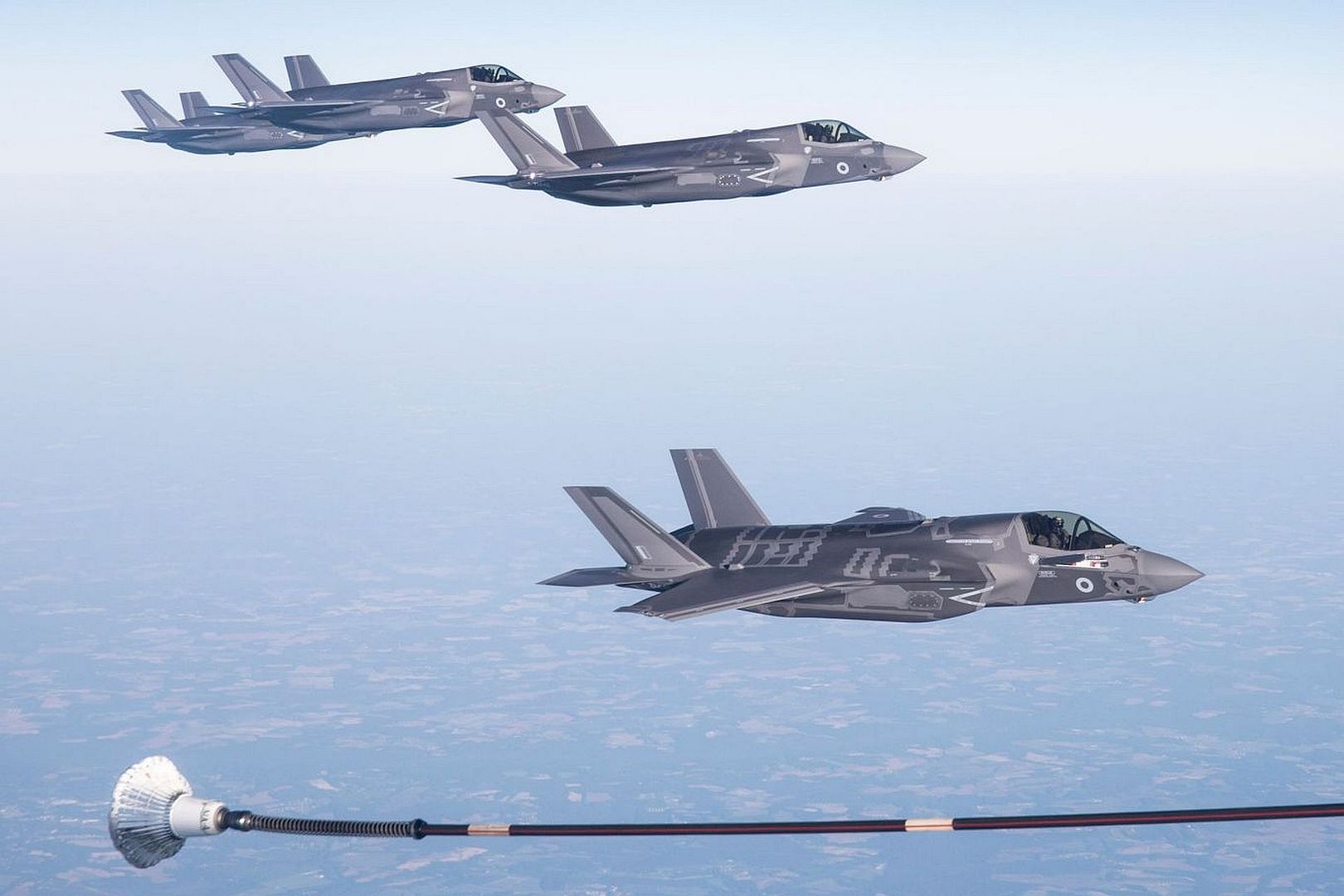
The F-35s took off from Marine Corps Air Station Beaufort earlier today, and were flown by British pilots of the newly-reformed 617 Squadron, which was immortalised by the famous Dambusters? raid of World War II.
The F-35s? planned arrival two months ahead of schedule will provide an opportunity for support staff to get a head-start in preparing the aircraft for operational service at the end of this year.
Around ?550m has been invested in RAF Marham as part of a major programme to get the base ready to house the new jets, including a facilities upgrade, resurfaced runways and new landing pads to accommodate the jet?s ability to land vertically.
This autumn, the first landing of the F-35 will take place on HMS Queen Elizabeth in the next phase of trials. Having both ship and aircraft operating together for the first time will be another significant moment for the Armed Forces.
The Lightning, as the aircraft will be known in the UK, is the first to combine radar-evading stealth technology with supersonic speeds and the ability to conduct short take-offs and vertical landings. It will be jointly operated by the Royal Air Force and the Royal Navy and can operate from land and sea, forming a vital part of ?carrier strike?, the use of the aircraft from Britain?s new Queen Elizabeth Class aircraft carriers.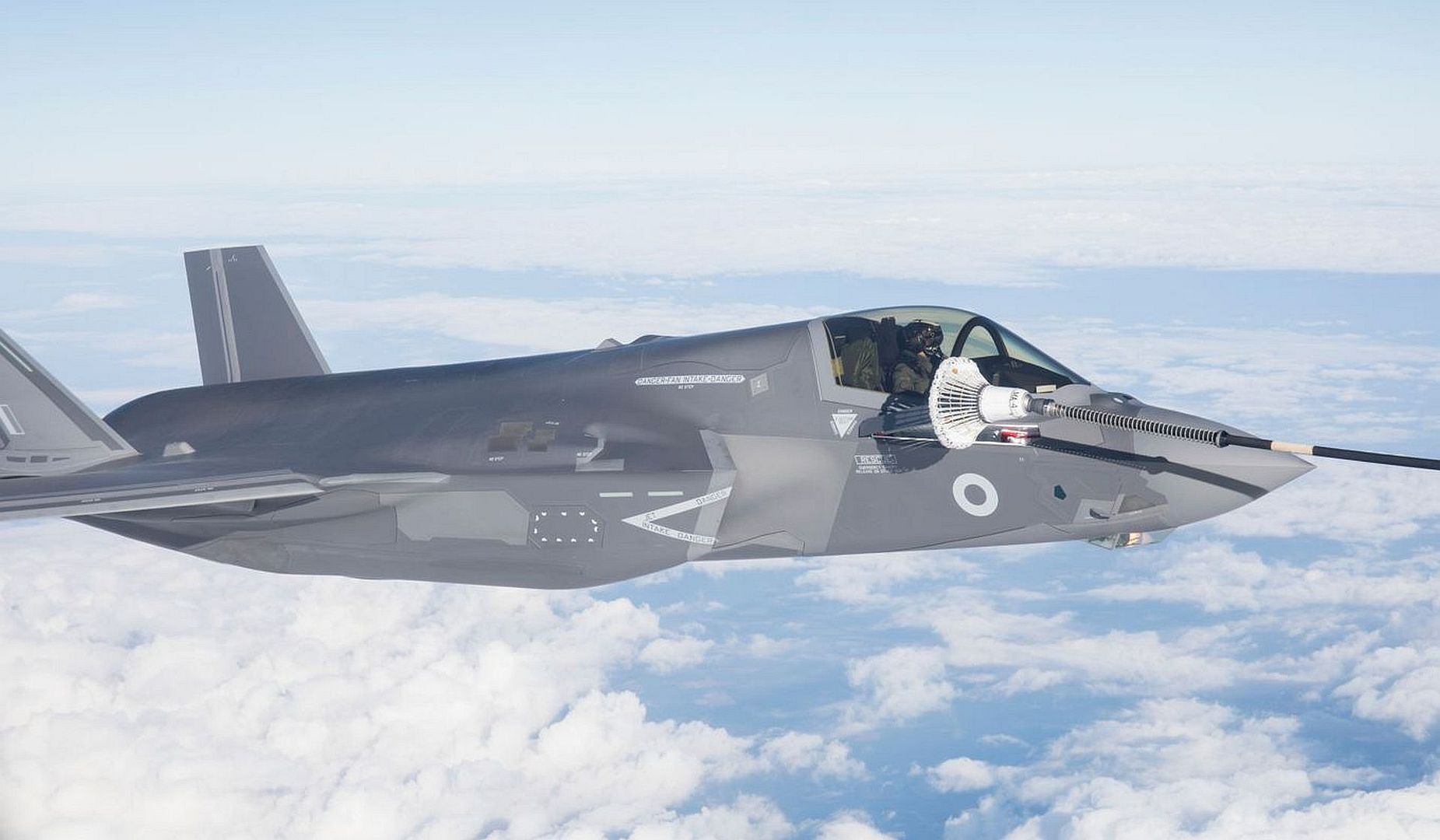
This is the first tranche of F-35s to arrive, with RAF Voyager aircraft providing air-to-air refuels on their trans-Atlantic journey. More jets are due in Britain later this year, and there is an overall plan to procure 138.
The F-35 is the world?s largest defence programme at over $1.3 trillion, and UK industry is providing 15% of every one of over 3,000 jets set for the global order book. That makes the economic impact greater than if we were building 100% of all 138 aircraft which we intend to buy.
The programme has already generated $12.9Bn worth of orders and at peak production will support thousands of British manufacturing and engineering jobs. Just last week, the F-35 programme awarded a contract worth over $2bn for aircraft propulsion systems, which will have significant benefits for Rolls-Royce and their supply chain.
"In the RAF?s centenary year, it?s great to see the most advanced and dynamic fighter jet in our history arrive today at RAF Marham ? and with the modern Dambusters in the cockpit, this homecoming truly feels like an historic moment in British air power.
"If you can?t see us coming, you won?t be able to stop us, so with its stealth and other world-beating technologies the F-35B Lightning takes the Royal Air Force and Royal Navy to a whole a new level of capability."
Air Chief Marshal Sir Stephen Hillier
Chief of the Air Staff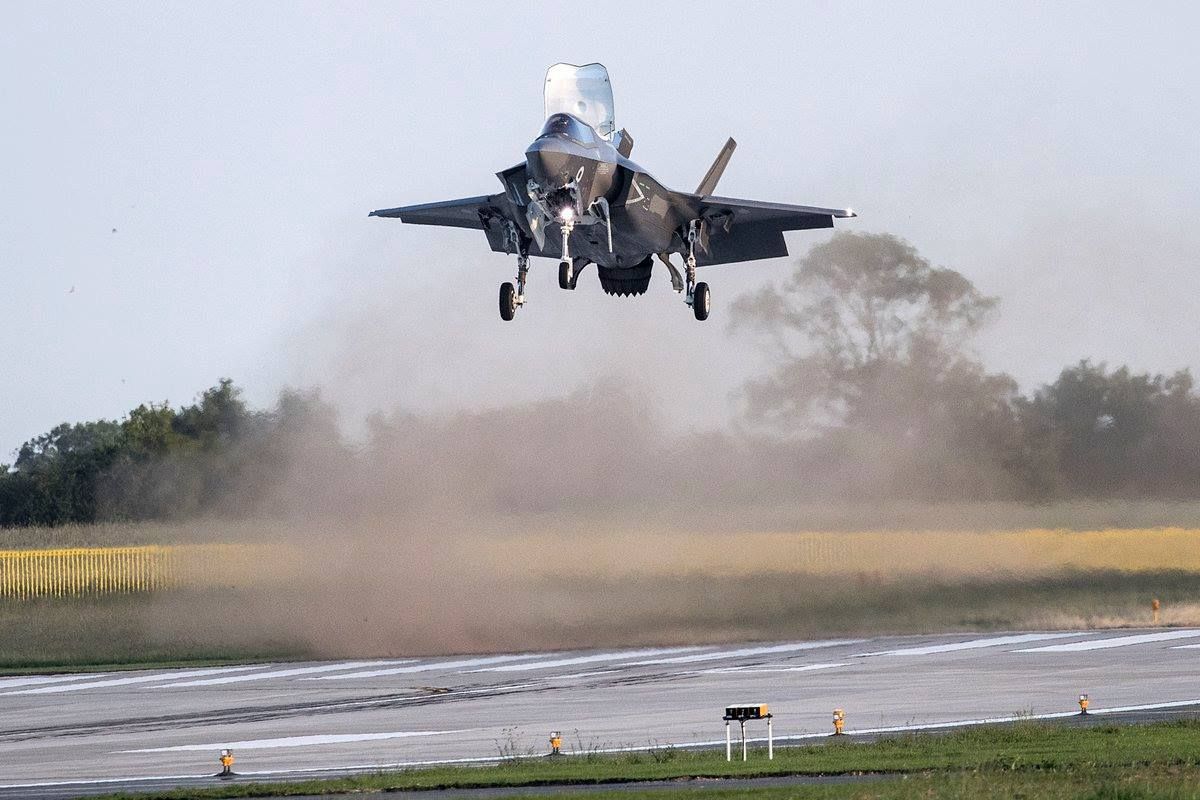
June 6th 2018
Four of The Republic of Singapore Air Force (RSAF) F-15SGs, based at Mountain Home Air Force Base Gunfighters in Idaho, gas-and-go at 19 Wing Comox while in transit to Eielson Air Force Base, Alaska to participate in Red Flag ? Alaska 18-2.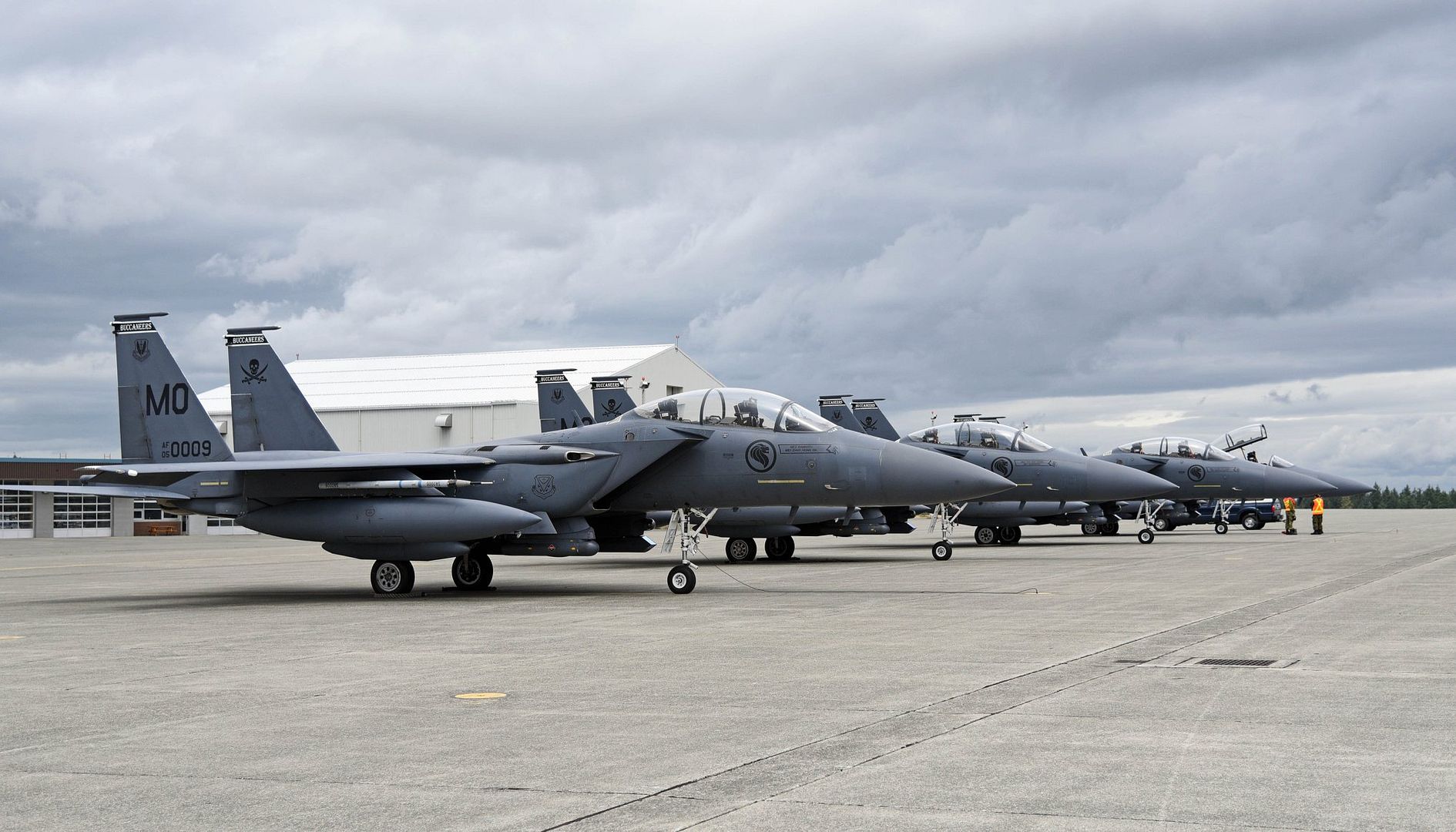

-
 Main AdminVIRGINIA BEACH, Va (June 07, 2018) - Pilots from Carrier Strike Group (CSG) 4 perform a flyover in F/A-18 Super Hornets and FA-18C Hornets, to commemorate the 76th anniversary of the Battle of Midway at a ceremony in Virginia Beach. The ceremony, produced by Commander, Naval Air Force, Atlantic, included original reenactments, a WWII era plane flyover and speeches from Rear Adm. Kenneth R. Whitesell, Commander, CSG 4 and Virginia Beach Mayor Louis Jones. (US Navy photo by Mass Communication Specialist 1st Class Christopher Lindahl)
Main AdminVIRGINIA BEACH, Va (June 07, 2018) - Pilots from Carrier Strike Group (CSG) 4 perform a flyover in F/A-18 Super Hornets and FA-18C Hornets, to commemorate the 76th anniversary of the Battle of Midway at a ceremony in Virginia Beach. The ceremony, produced by Commander, Naval Air Force, Atlantic, included original reenactments, a WWII era plane flyover and speeches from Rear Adm. Kenneth R. Whitesell, Commander, CSG 4 and Virginia Beach Mayor Louis Jones. (US Navy photo by Mass Communication Specialist 1st Class Christopher Lindahl)
An F-15 Eagle from Seymour Johnson Air Force Base, N.C. flies above the airfield at Niagara Falls Air Reserve Station, N.Y., June 6, 2018. The arrival of aircraft from the U.S. and Canada prelude the 2018 Thunder of Niagara Air Show, slated for June 9th and 10th. (U.S. Air Force photo by Tech. Sgt. Steph Sawyer)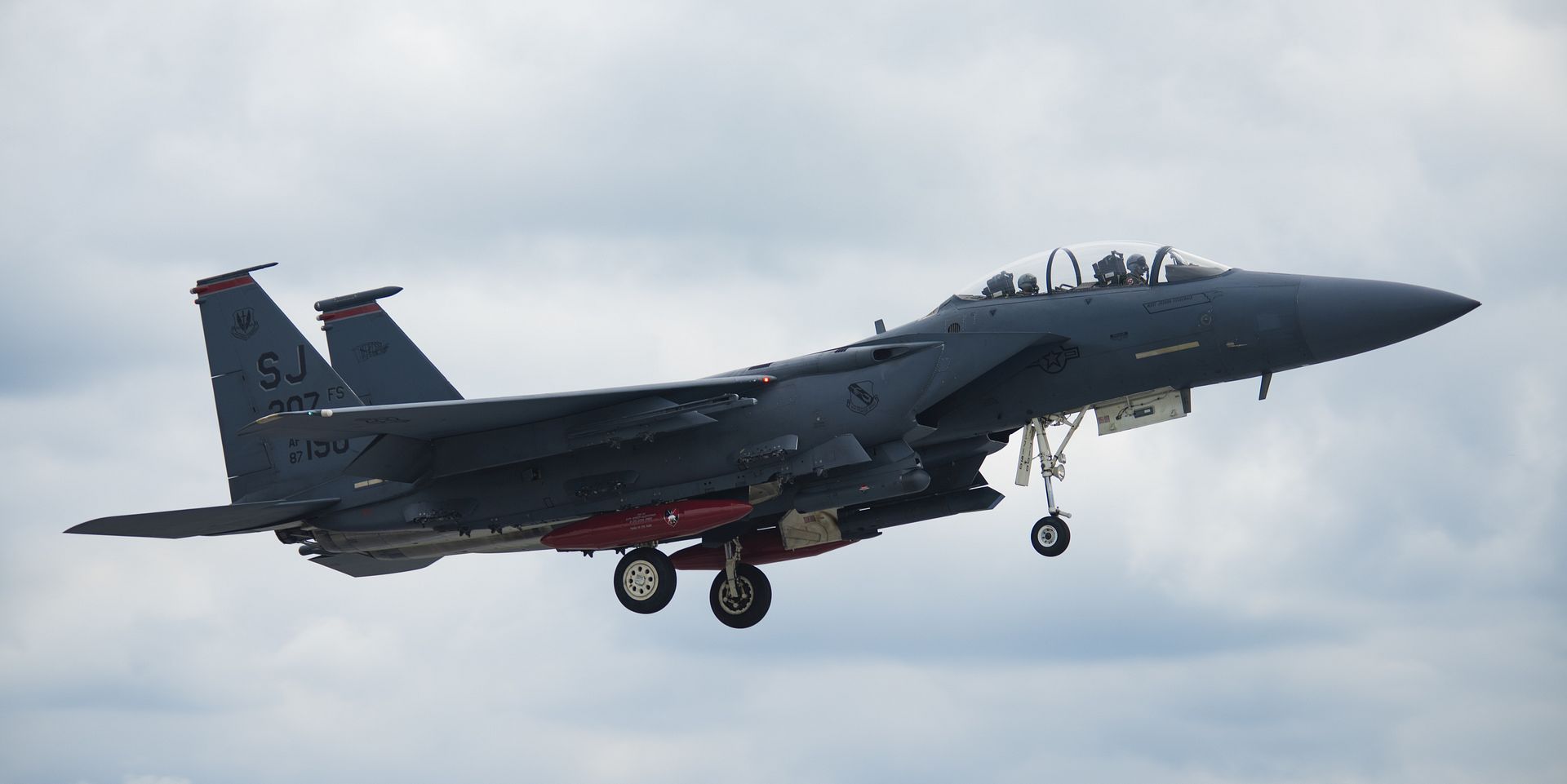
An F-15 Eagle from Seymour Johnson Air Force Base, N.C. catches the barrier designed to slow and stop aircraft in the event of a system failure, June 6, 2018, Niagara Falls Air Reserve Station, N.Y. The testing of the barrier system is done prior to air shows to ensure operational readiness. The 2018 Thunder of Niagara Air Show is slated for June 9th and 10th. (U.S. Air Force photo by Tech. Sgt. Steph Sawyer)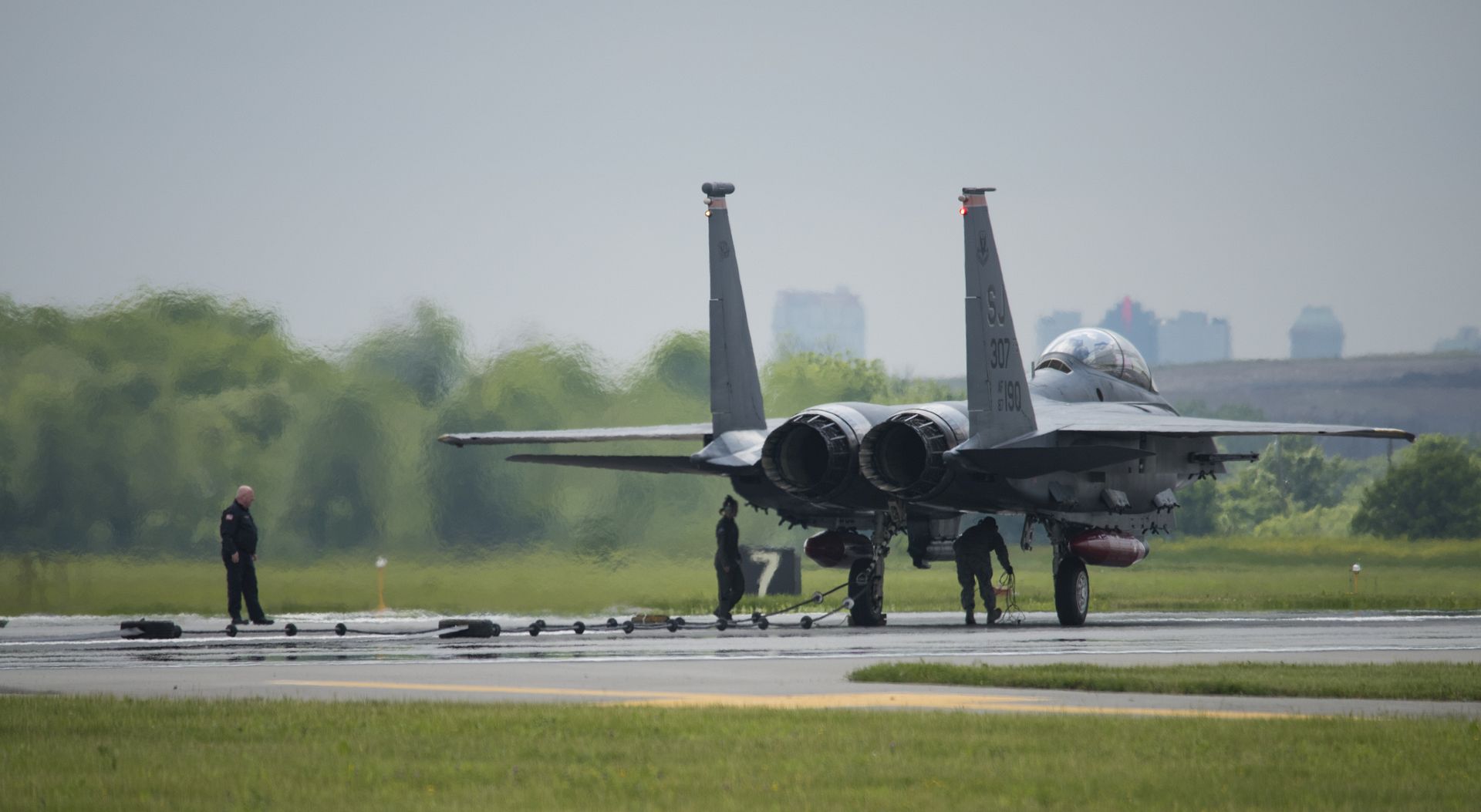
EDWARDS AIR FORCE BASE, Calif. --
A KC-46A Pegasus aerial refueling aircraft touched down at Edwards May 23 for flight tests.
The plan is to have the Pegasus at Edwards Air Force Base through June as Boeing and the 418th Flight Test Squadron conduct tests with the new tanker.
While the KC-46's role is to refuel other aircraft, it too may need to be refueled from KC-10s or KC-135s to extend its range.
"The primary focus of the current test effort is certifying the KC-46 as a receiver aircraft behind the KC-135 (Stratotanker)," said Lt. Col. Paul Calhoun, 418th FLTS commander. "As a fully air-refuelable tanker, the KC-46 offers the warfighter increased flexibility. Testing being accomplished at Edwards now will enable that capability."
Several units from both on and off base are supporting the tests with the 412th Test Wing as the lead developmental test organization for the KC-46 program.
"The KC-46 is still an experimental aircraft owned by Boeing so they brought with them an army of engineers, maintainers and aircrew. This is a team effort across the entire test wing and with Boeing," Calhoun said.
The KC-46A has visited Edwards for tests before and tests have been conducted at its Boeing home in Washington state, but this visit aims to be the start of a more robust test schedule to be conducted in the High Desert.
"While the KC-46 has done some remote testing at other bases, this is the beginning of a new chapter in its development where Edwards personnel can directly test the Air Force's newest aircraft on site at the world's premier flight test location," said Calhoun.
The KC-46A Pegasus is intended to start replacing the Air Force's aging tanker fleet, which has been refueling aircraft for more than 50 years. With more refueling capacity and enhanced capabilities, improved efficiency and increased capabilities for cargo and aeromedical evacuation, the KC-46A will provide aerial refueling support to the Air Force, Navy, Marine Corps as well as allied nation aircraft.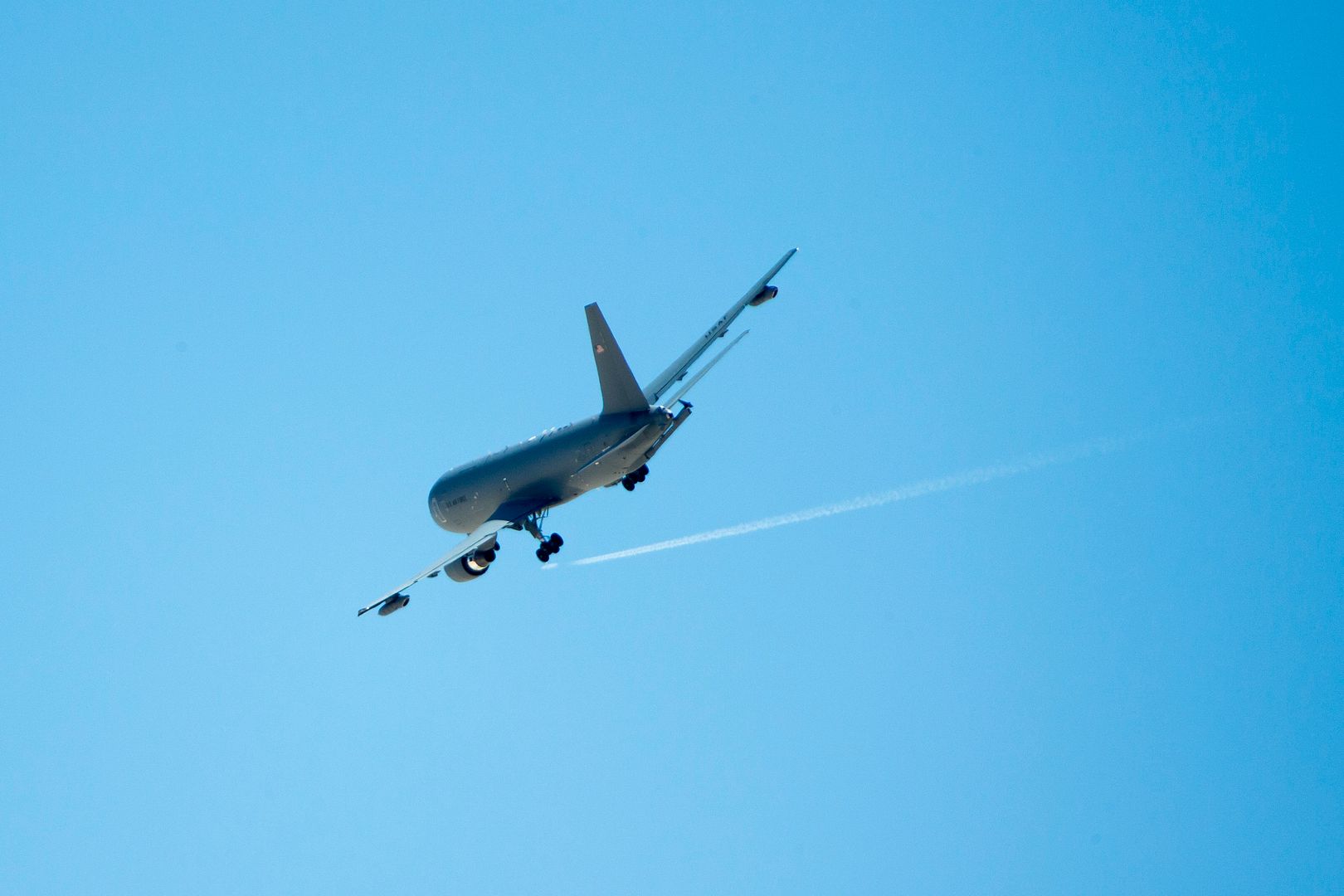
"The 418th is excited to be a part of the effort to robustly test this revolutionary tanker to ensure that the warfighter has reliable tools in hand as soon as possible to project American power around the globe," said Calhoun.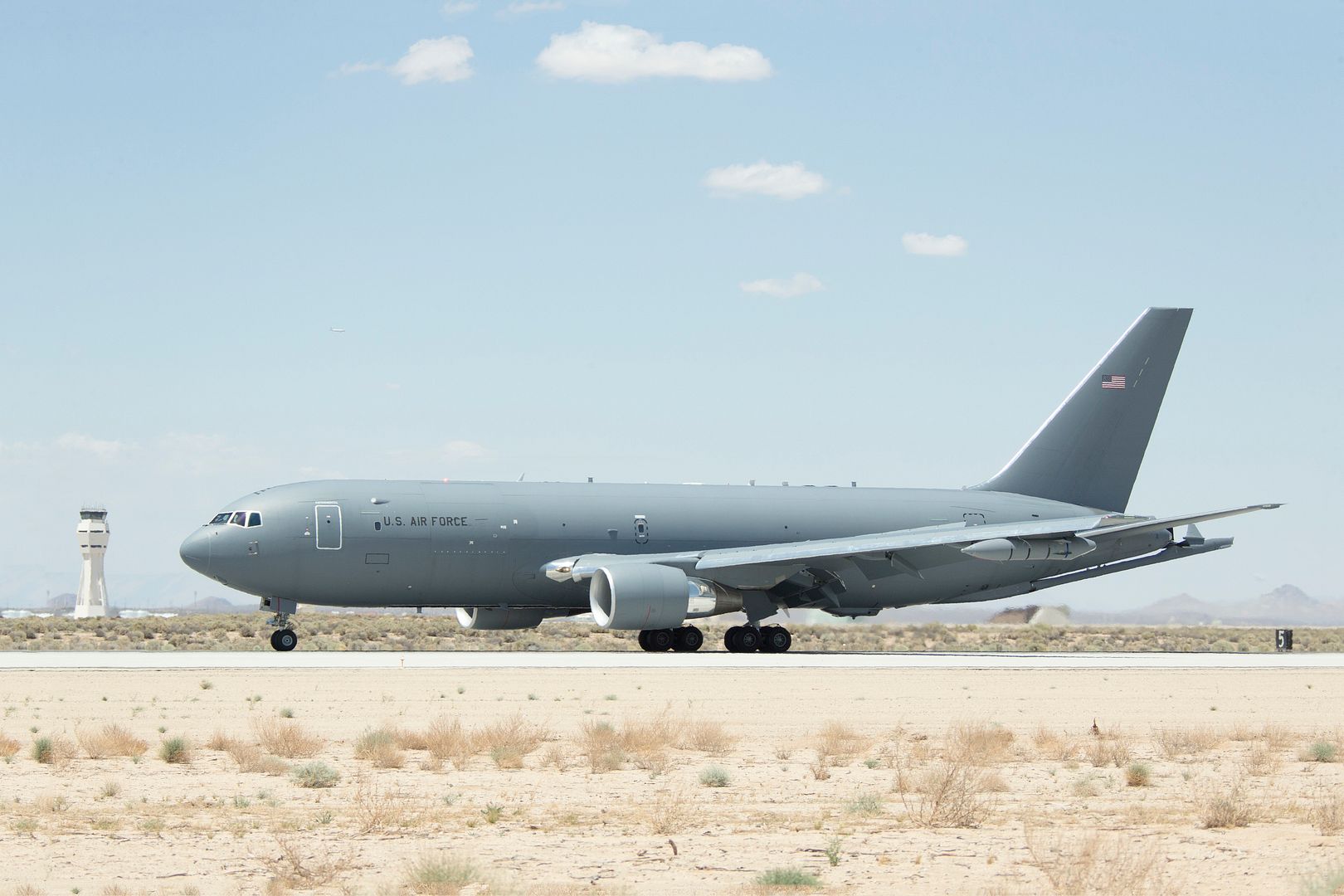
In preparation for its upcoming maiden flight, Airbus? first BelugaXL is now in its heavy ground test phase ? which focuses on the highly modified airframe for this next-generation oversize cargo airlifter.
According to ground test project leader Mathieu Laemle, a total of 72 development and certification ground tests must be performed before the BelugaXL?s high-profile first flight, which is planned for this summer. ?With more than 48 tests already completed, we are on time,? he added. ?The big challenge was to be able to anticipate or modify the test scheduling so as not to impact final assembly.?
Airbus has succeeded in keeping things on track thanks to early analysis of the requirements and excellent multidisciplinary collaboration between the design office, laboratories, tests and programme teams.
Intensive testing for the BelugaXL
Heavy ground tests started with the team weighing the no. 1 BelugaXL at ?pitch zero? and then at ?pitch nine,? lifting the aircraft?s nose by 3.5 metres to determine the empty weight centre of gravity. Next, they performed the standard loads and horizontal tailplane tests, which were followed by separate evaluations involving the dorsal fin and vertical tailplane.
The heavy ground test phase involves carrying out tests on the aircraft that would usually be conducted on a static cell. ?It is unusual for us to perform tests like load calibration using the generalised finite element method of analysis on an aircraft which will fly, as we usually use a dedicated clean aircraft without any systems inside,? explained BelugaXL aircraft configuration leader Arnaud Puyo.
With the loads calibration test campaign completed, the team then began ground vibration testing performed in conjunction with the French ONERA aerospace research centre and DLR, the German aerospace research centre. The eight-day ground vibration campaign, which began 28 May, saw the BelugaXL tested while both empty and fully loaded. The activity required one week of intensive preparation during which the aircraft was put on pneumatic suspension and special shakers were installed to make it move.
The team identified 30 different locations for the 80-kg. shakers and during tests lasting two-to-three hours, sensors inside and outside the aircraft measured the structure?s response. Vibration data from the test are used in validating and improving structural dynamic models for the aircraft.
Looking ahead
With the ground vibration tests now complete, subsequent steps ahead of the aircraft?s maiden flight include validating the flight test instrumentation and applying the BelugaXL?s special ?smiling? livery.
Starting in mid-2019, the BelugaXL will gradually replace the existing five-member Beluga ST fleet ? which is used for carrying complete sections of Airbus aircraft from different production sites around Europe to the final assembly lines in Toulouse, France and Hamburg, Germany.
-
6 years agoFri Jun 08 2018, 10:15pm
 Main AdminA-10 Thunderbolt II from the 107th Fighter Squadron, 127th Wing, Michigan Air National Guard, Selfridge, Michigan, land and take off from an austere runway in Haapsalu, Estonia, June 7, 2018. The purpose of this type of landing is to train pilots to land in conditions that are less than ideal where a forward presence is necessary and the best runways are destroyed. The A-10 aircraft can be refueled and rearmed so it can get back to the fight quickly. The flights today were part of an exercise in the Baltic region known as Saber Strike 18. This is the eighth iteration of the long-standing U.S. Army Europe-led cooperative training exercise designed to enhance interoperability among allies and regional partners. This year's exercise will take place June 3-15, focusing on improving land and air operational capabilities with an additional key objective to train with NATO's enhanced Forward Presence (eFP) battlegroups.(U.S. Air National Guard photo's by Senior Master Sgt. John Rohrer)
Main AdminA-10 Thunderbolt II from the 107th Fighter Squadron, 127th Wing, Michigan Air National Guard, Selfridge, Michigan, land and take off from an austere runway in Haapsalu, Estonia, June 7, 2018. The purpose of this type of landing is to train pilots to land in conditions that are less than ideal where a forward presence is necessary and the best runways are destroyed. The A-10 aircraft can be refueled and rearmed so it can get back to the fight quickly. The flights today were part of an exercise in the Baltic region known as Saber Strike 18. This is the eighth iteration of the long-standing U.S. Army Europe-led cooperative training exercise designed to enhance interoperability among allies and regional partners. This year's exercise will take place June 3-15, focusing on improving land and air operational capabilities with an additional key objective to train with NATO's enhanced Forward Presence (eFP) battlegroups.(U.S. Air National Guard photo's by Senior Master Sgt. John Rohrer)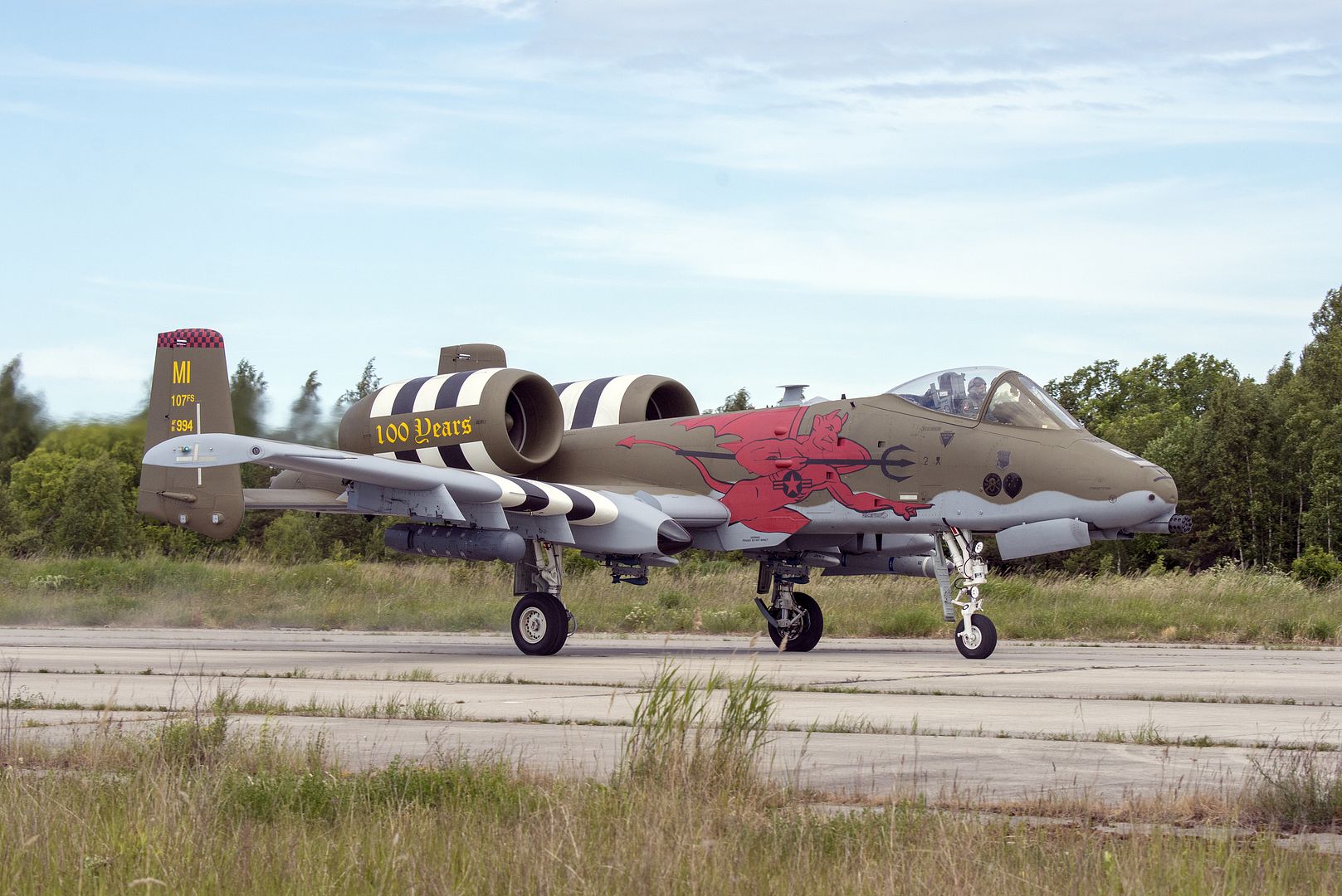
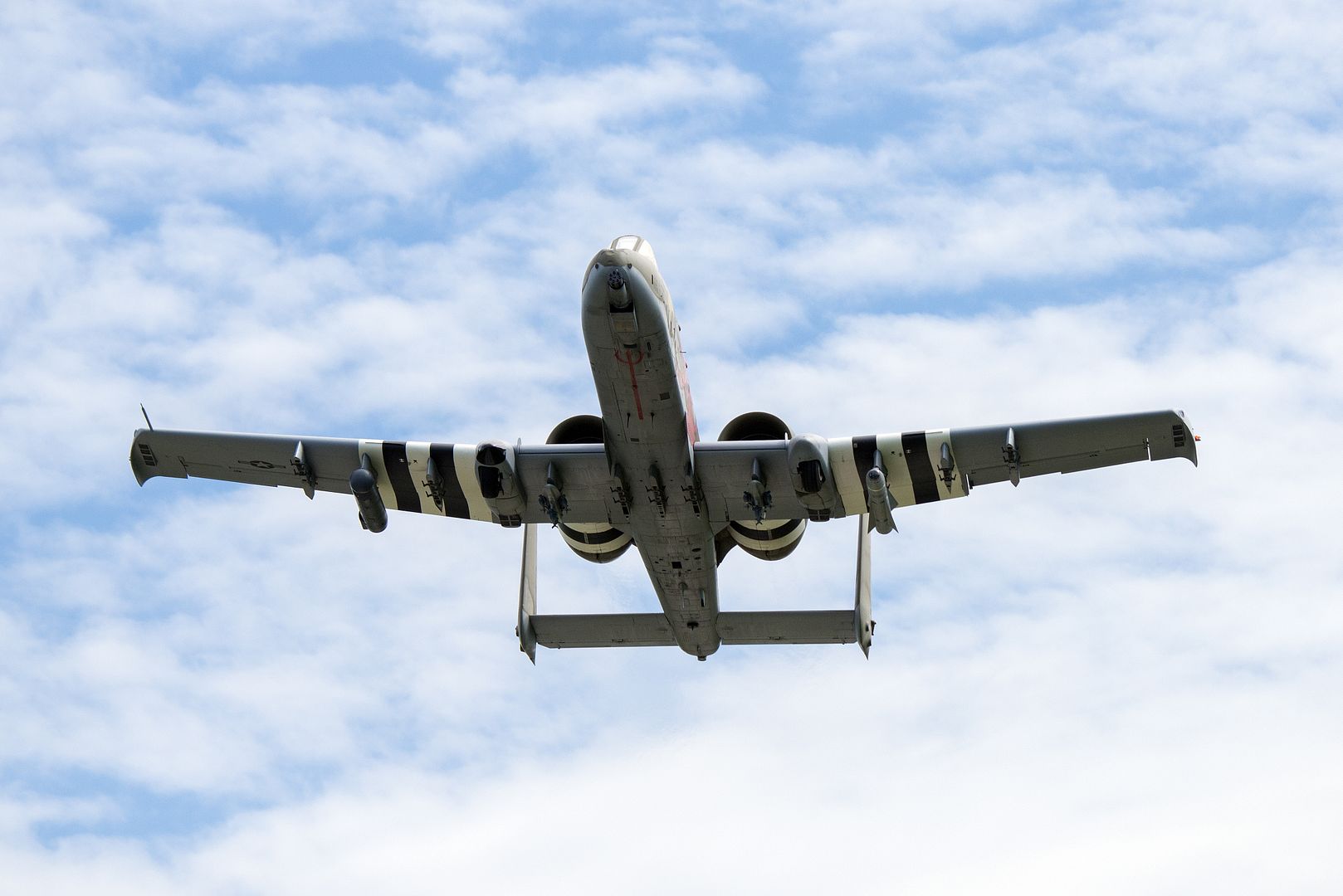

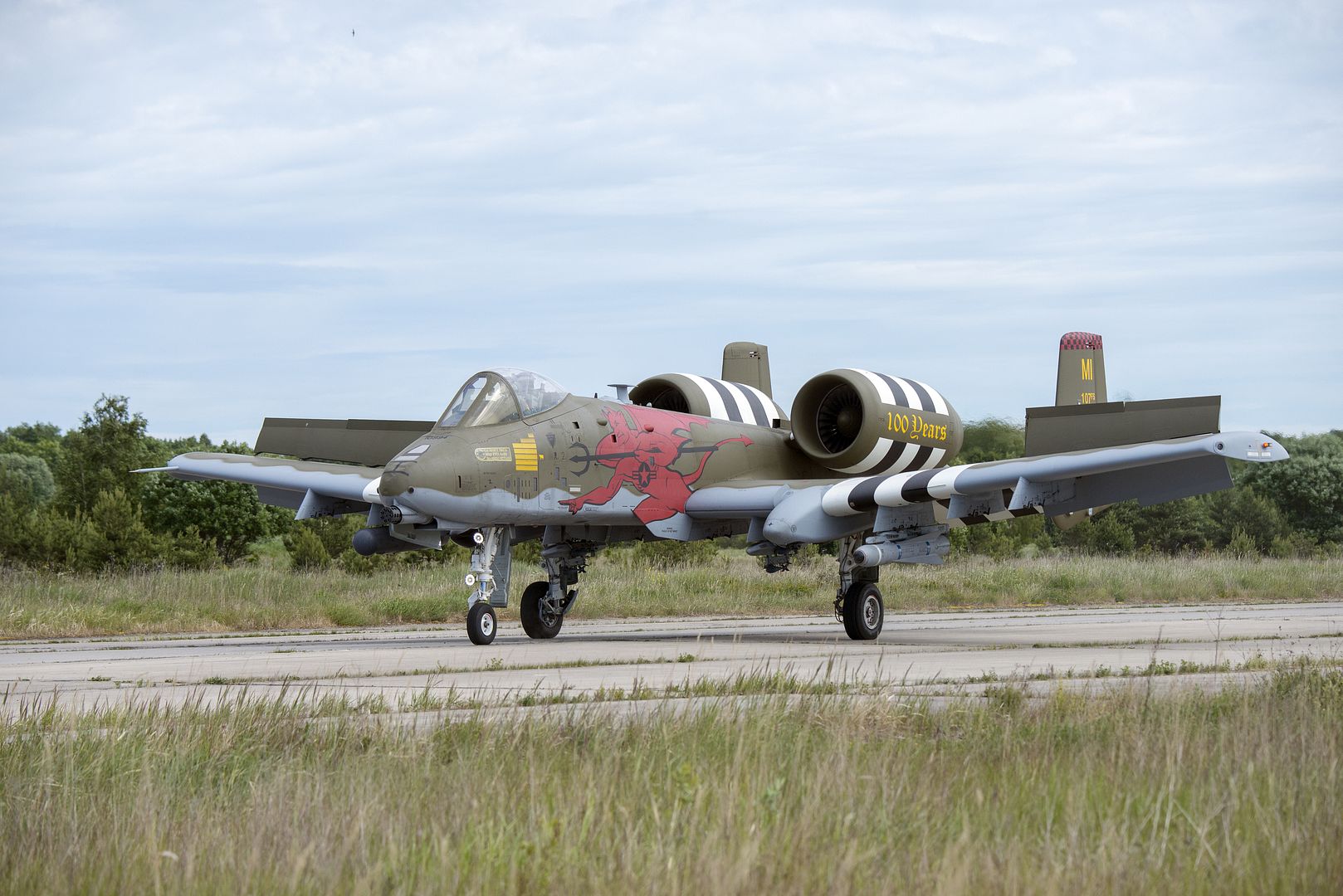
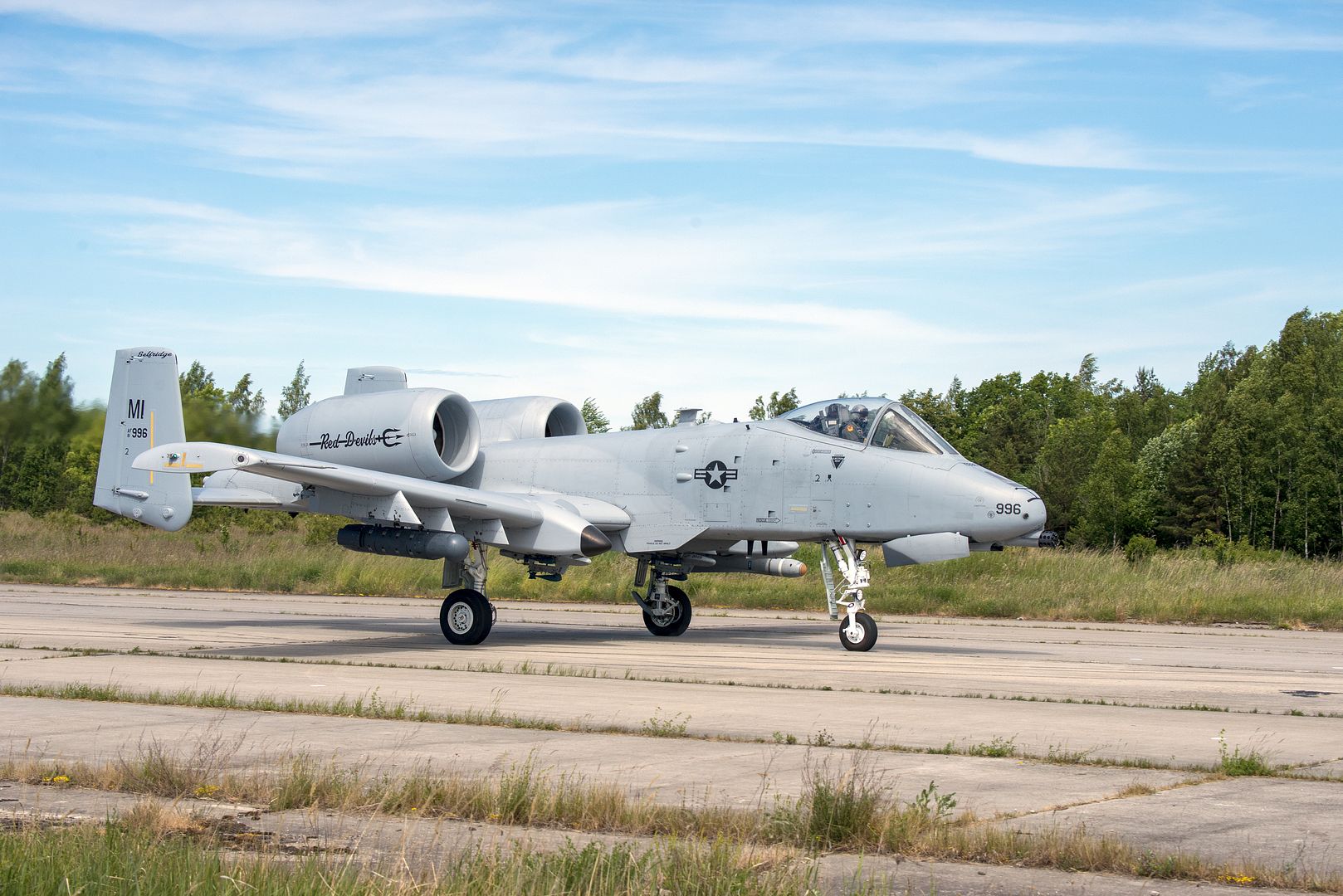
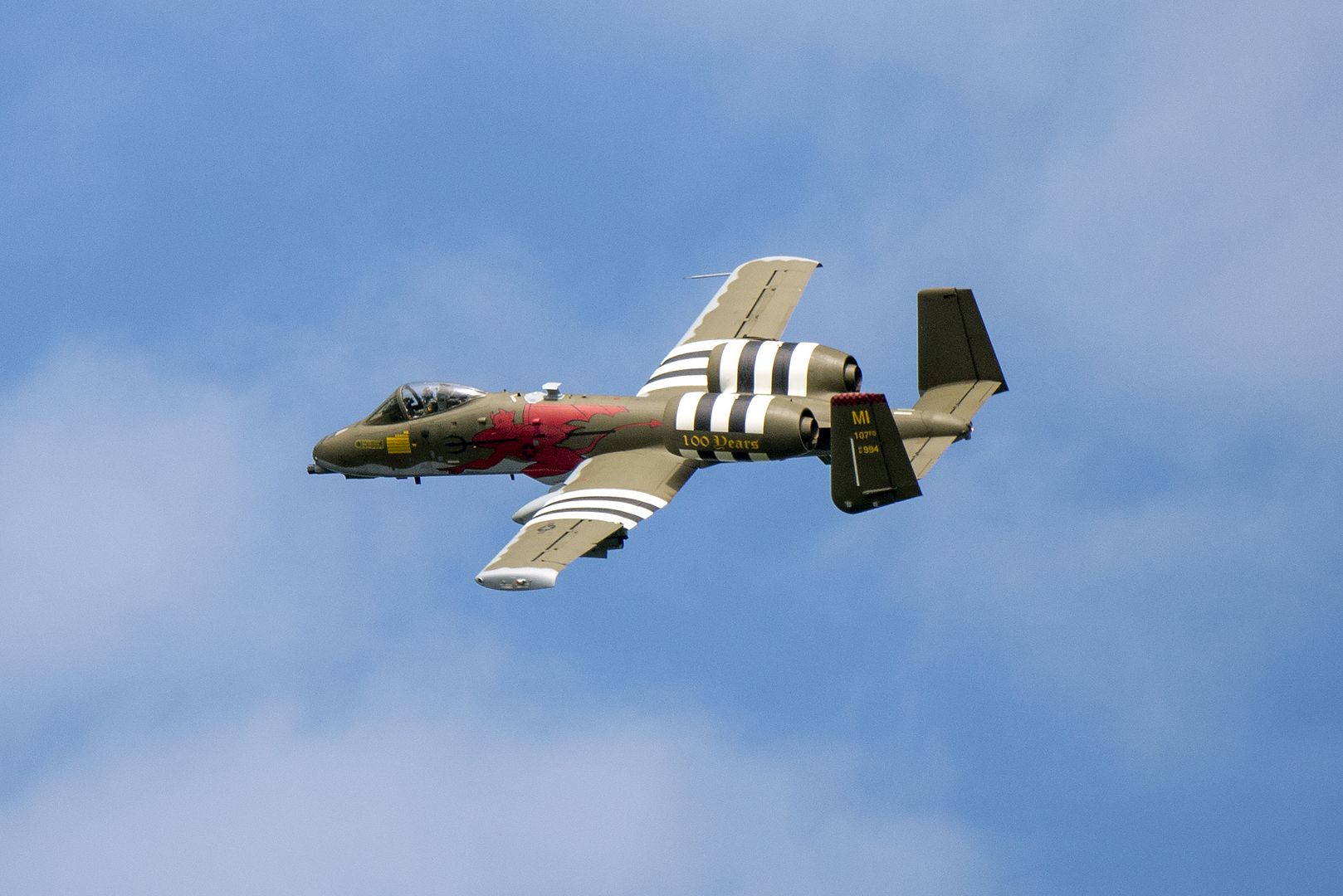
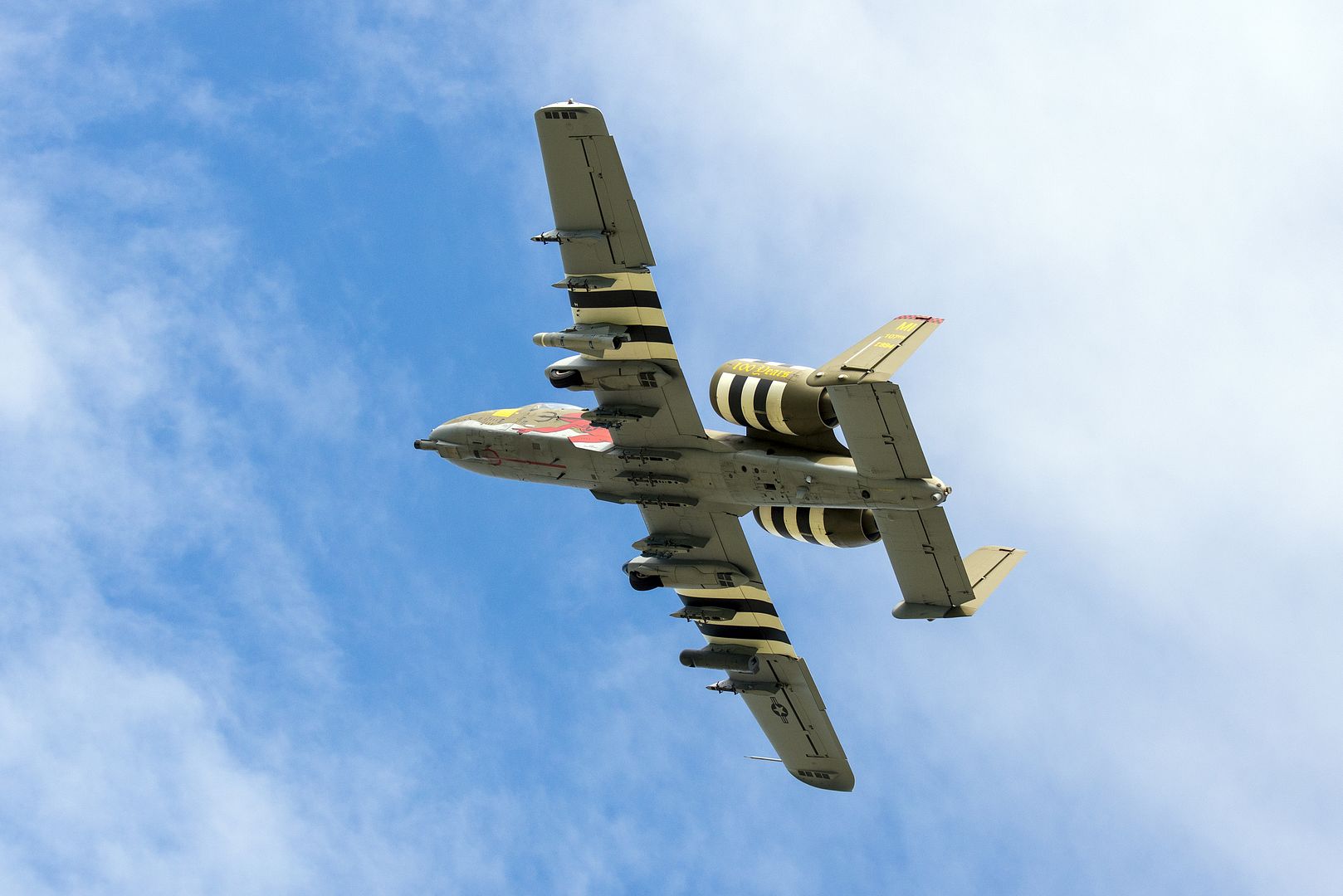
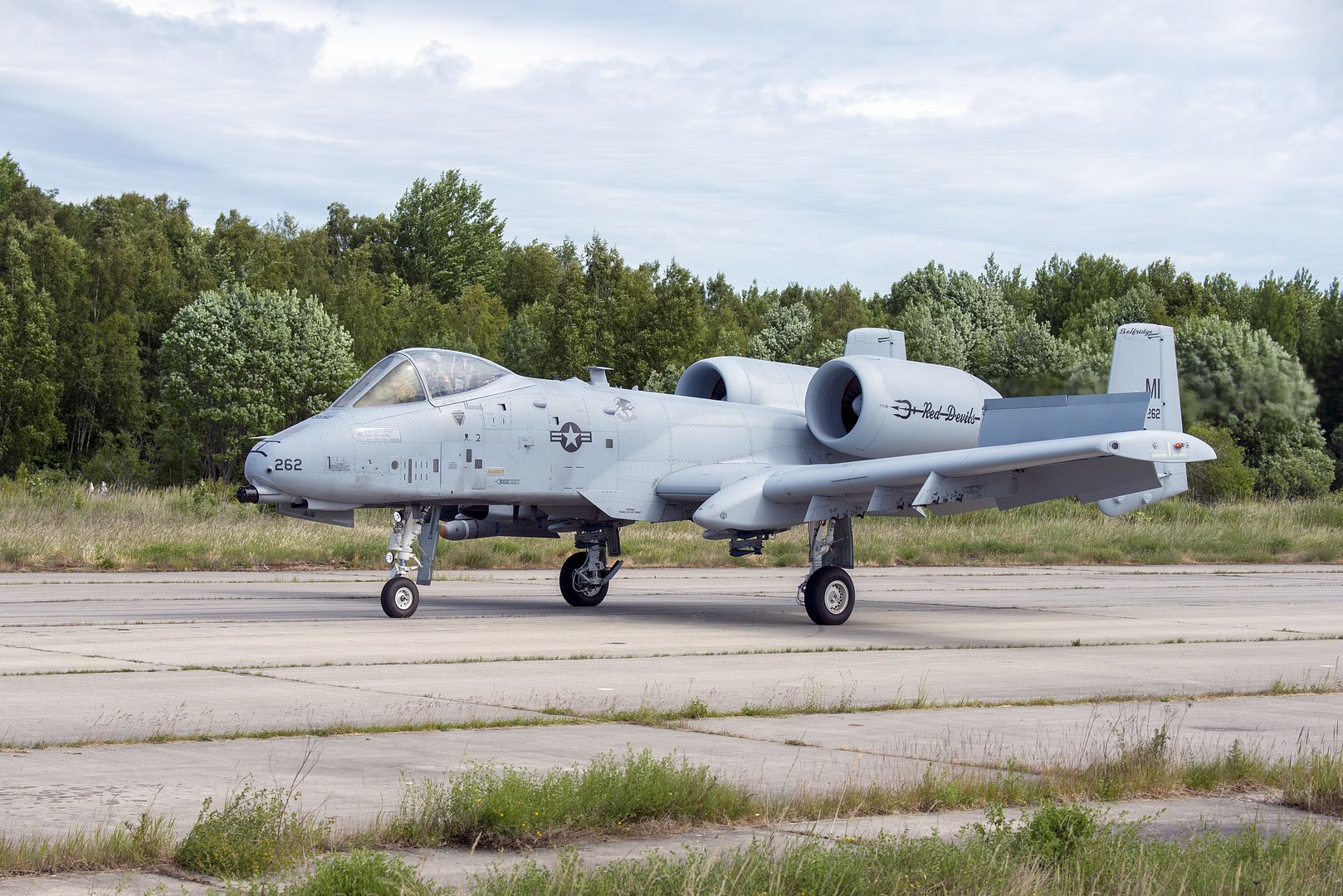
ATLANTIC OCEAN (May 14, 2018) Marines attached to the Marine Fighter Attack Training Squadron (VMFAT) 101 launch a F/A-18E Super Hornet aboard the aircraft carrier USS George H.W. Bush (CVN 77). The ship is underway conducting routine training exercises to maintain carrier readiness. (U.S. Navy photo by Mass Communication Specialist 2nd Class David Mora Jr.)
An F-15E Strike Eagle assigned to the 492nd Fighter Squadron takes off at Royal Air Force Lakenheath, England, in support of Exercise Baltic Operations (BALTOPS) June 5, 2018. BALTOPS is a premier maritime exercise, focused on air defense, anti-subsurface warfare, maritime interdiction, mine countermeasures and amphibious operations. (U.S. Air Force photo's / Tech. Sgt. Matthew Plew)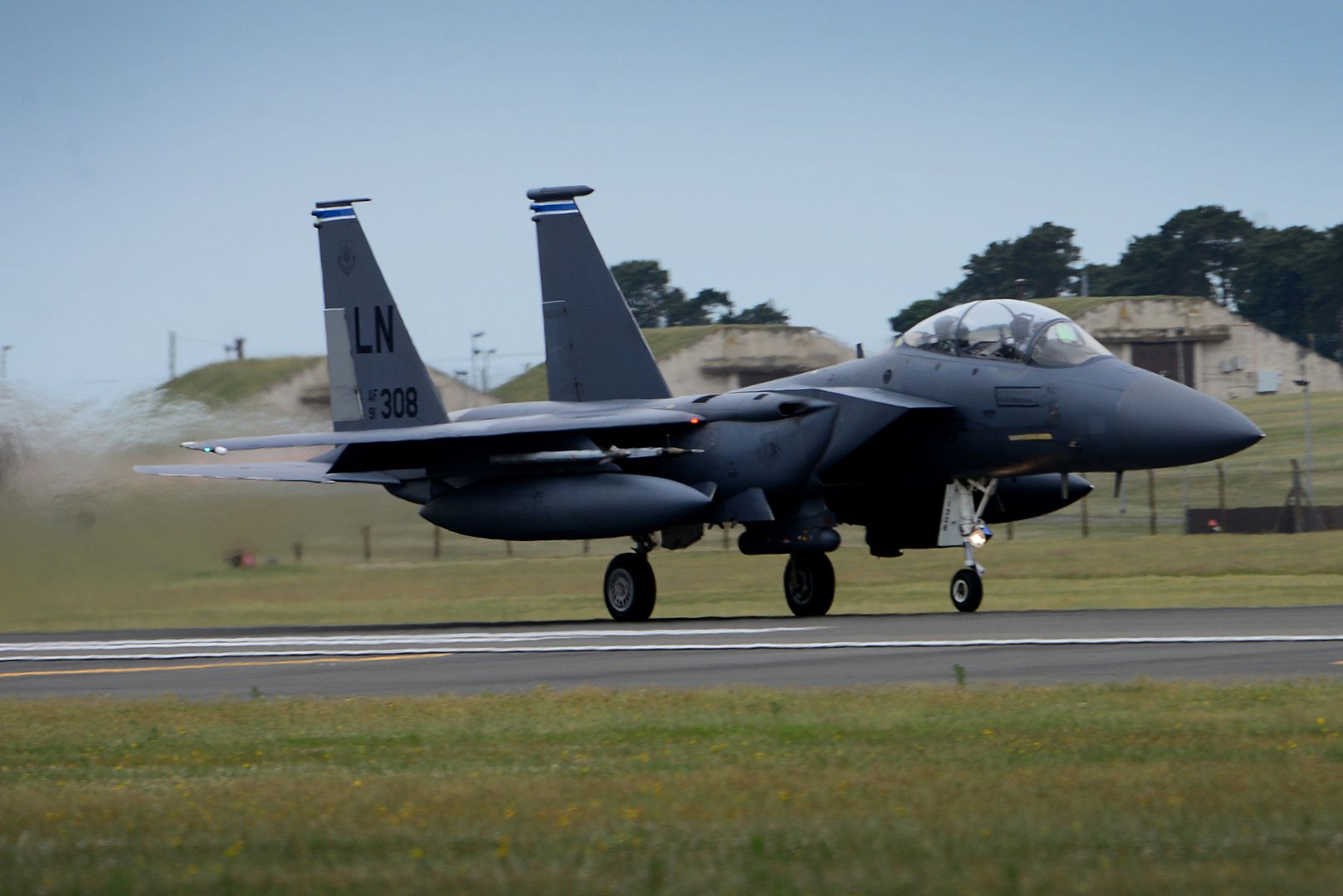
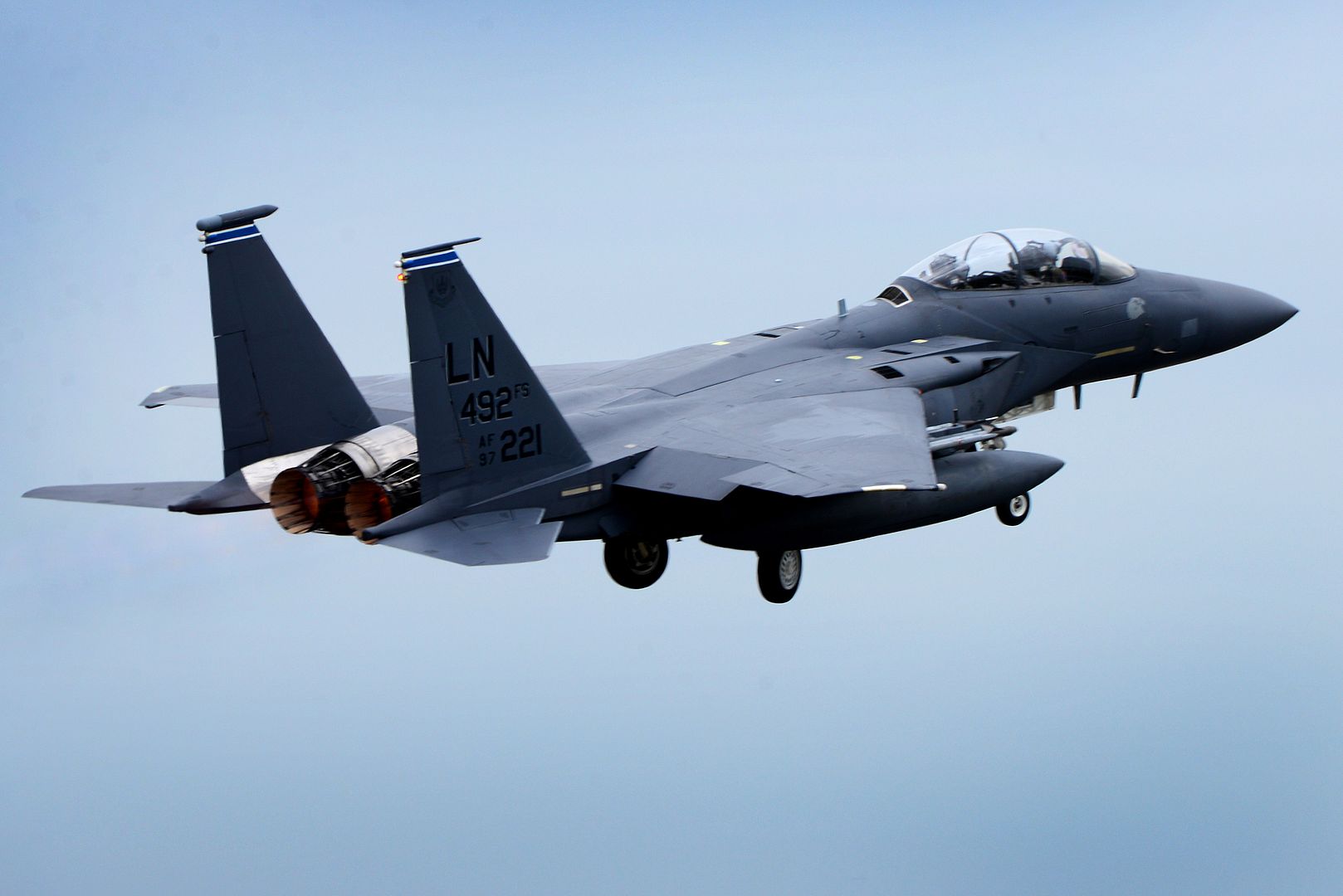
Philippine Airlines? (PAL) new A350-900 has completed its first flight from the Airbus assembly line in Toulouse, France. The flight marks the start of the final phase of the production process, leading to customer acceptance and delivery in the coming weeks.
Philippine Airlines has ordered six A350-900s. The airline will use these aircraft on its premier long haul services from Manila to destinations in North America and Europe.
The A350-900 will join an existing Airbus fleet at Philippine Airlines that currently includes 26 A320 Family aircraft, 15 A330s and five A340s.
The A350 XWB is an all-new family of mid-size wide-body long-haul airliners shaping the future of air travel. The A350 XWB features the latest aerodynamic design, carbon fiber fuselage and wings, plus new fuel-efficient Rolls-Royce engines. Together, these latest technologies translate into unrivalled levels of operational efficiency, with a 25 per cent reduction in fuel burn and emissions, and significantly lower maintenance costs.
The A350 XWB features an Airspace cabin which, on top of the aircraft spaciousness and quietness, provides better ambience, design and services, contributing to superior levels of comfort and well-being, and setting new standards in terms of flight experience for all passengers.
To date, Airbus has recorded a total of 847 firm orders for the A350 XWB from 44 customers worldwide, already making it one of the most successful widebody aircraft ever.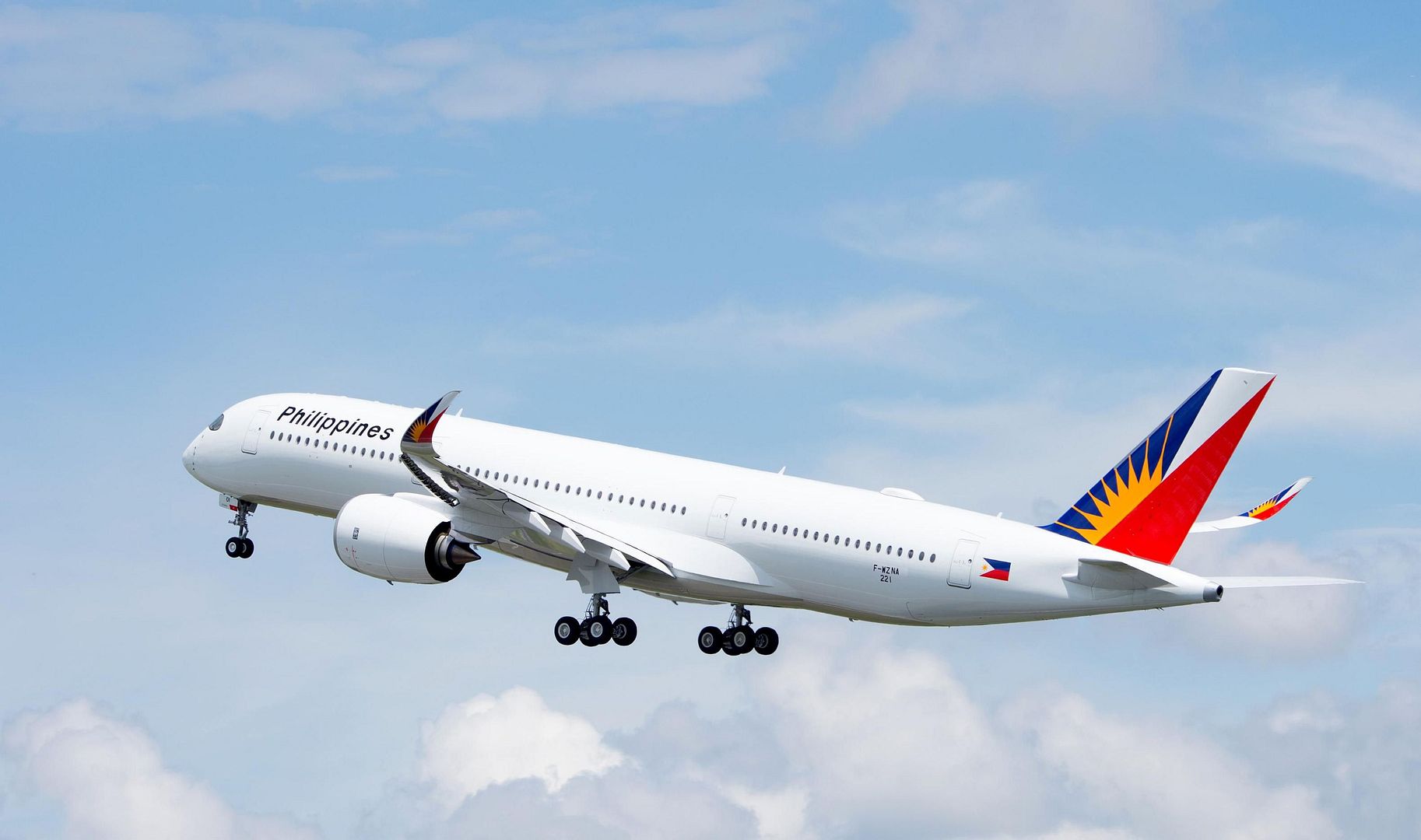
-
 Main AdminAn MRH ? 90 and a CH - 47 unload Australian Defence Force members during helocasting training off the eastern coast of Australia June 7. The service members are currently embarked on the HMAS Canberra in support of Exercise Sea Series 18. U.S. Marines and Navy corpsmen with Marine Rotational Force ? Darwin are also participating in Sea Series operations.
Main AdminAn MRH ? 90 and a CH - 47 unload Australian Defence Force members during helocasting training off the eastern coast of Australia June 7. The service members are currently embarked on the HMAS Canberra in support of Exercise Sea Series 18. U.S. Marines and Navy corpsmen with Marine Rotational Force ? Darwin are also participating in Sea Series operations.
(U.S. Marine Corps photo's by Staff Sgt Daniel Wetzel)
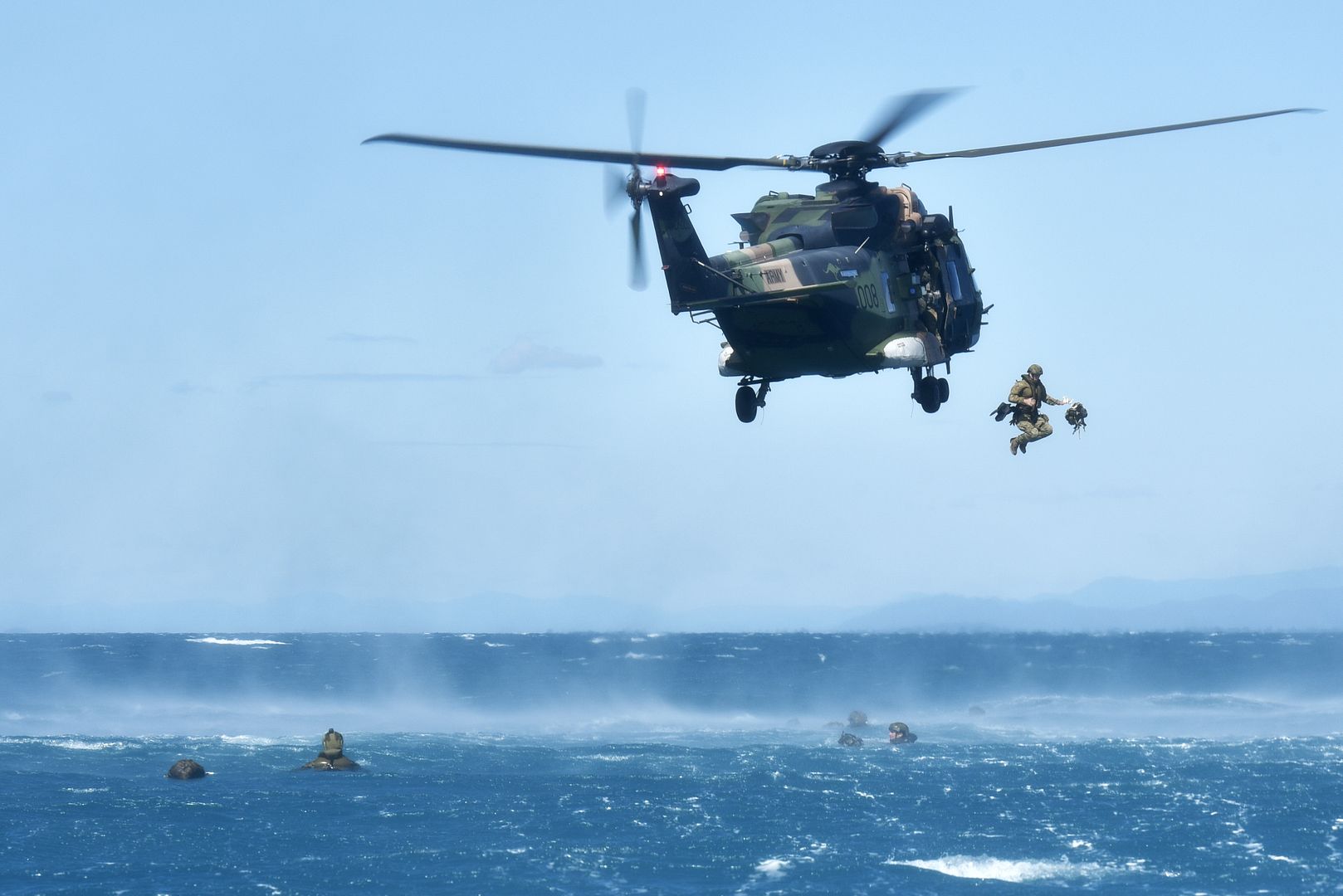
USTKA, Poland (June 7, 2018) A Polish Sukhoi Su-22 aircraft simulates providing close air support during exercise Baltic Operations (BALTOPS) 2018 at Ustka, Poland, June 7, 2018. BALTOPS is the premier annual maritime-focused exercise in the Baltic region and one of the largest exercises in Northern Europe enhancing flexibility and interoperability among allied and partner nations. (Marine Corps photo by Staff Sgt. Dengrier M. Baez/Released)

A North American P-51 Mustang and a Vought F4U Corsair fly as part of a Heritage Flight in support of Air Force Reserve Week, Niagara Falls, N.Y., June 7, 2018. The two planes, dating back to World War II, joined a Douglas C-47 Skytrain and a Boeing B-17 Flying Fortress to celebrate the 70th birthday of the Air Force Reserve. (U.S. Air National Guard by Staff Sgt. Ryan Campbell)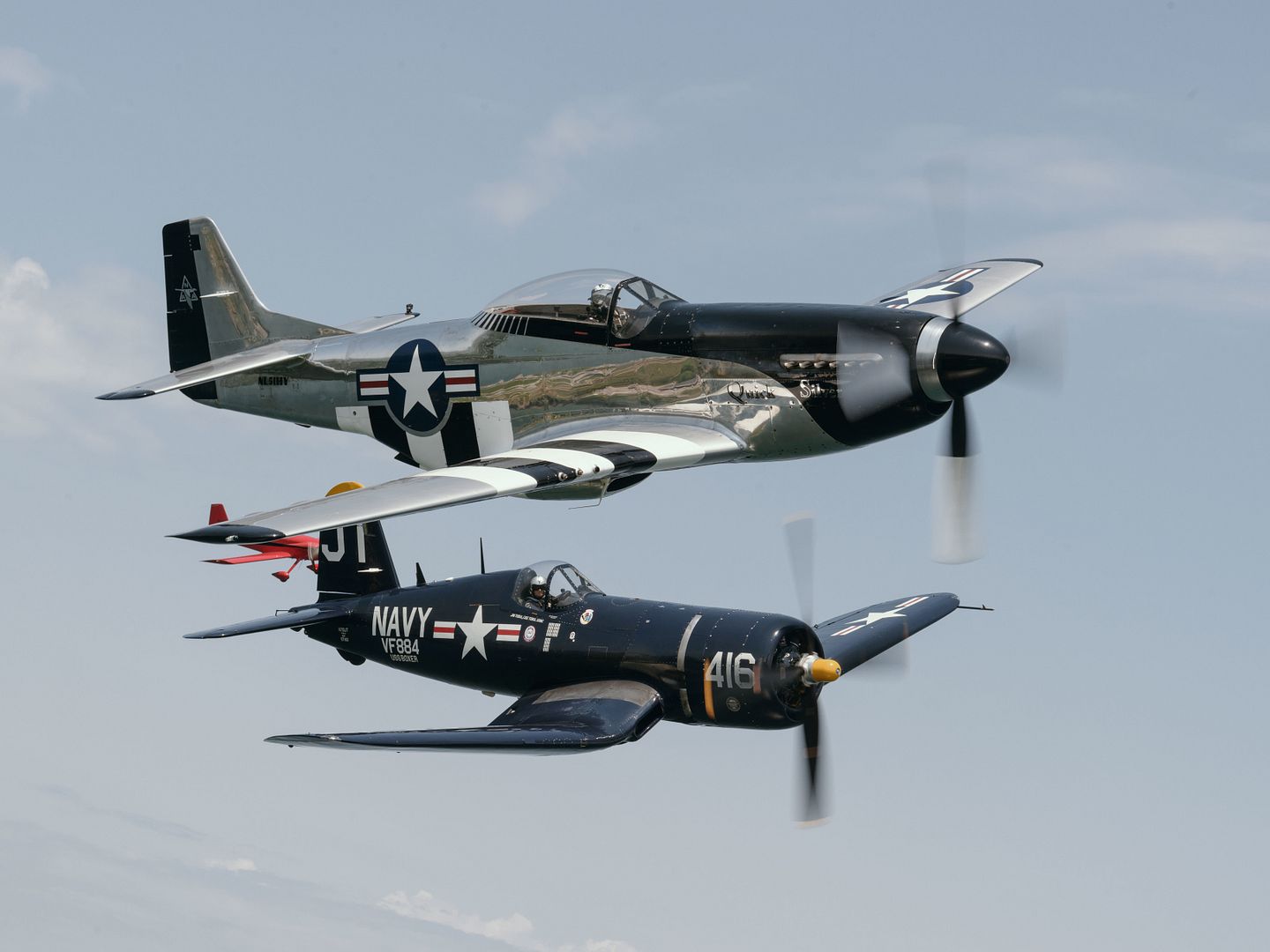
A North American P-51 Mustang flies as part of a Heritage Flight in support of Air Force Reserve Week, Niagara Falls, N.Y., June 7, 2018. The two planes, dating back to World War II, joined a Douglas C-47 Skytrain and a Boeing B-17 Flying Fortress to celebrate the 70th birthday of the Air Force Reserve. (U.S. Air National Guard by Staff Sgt. Ryan Campbell)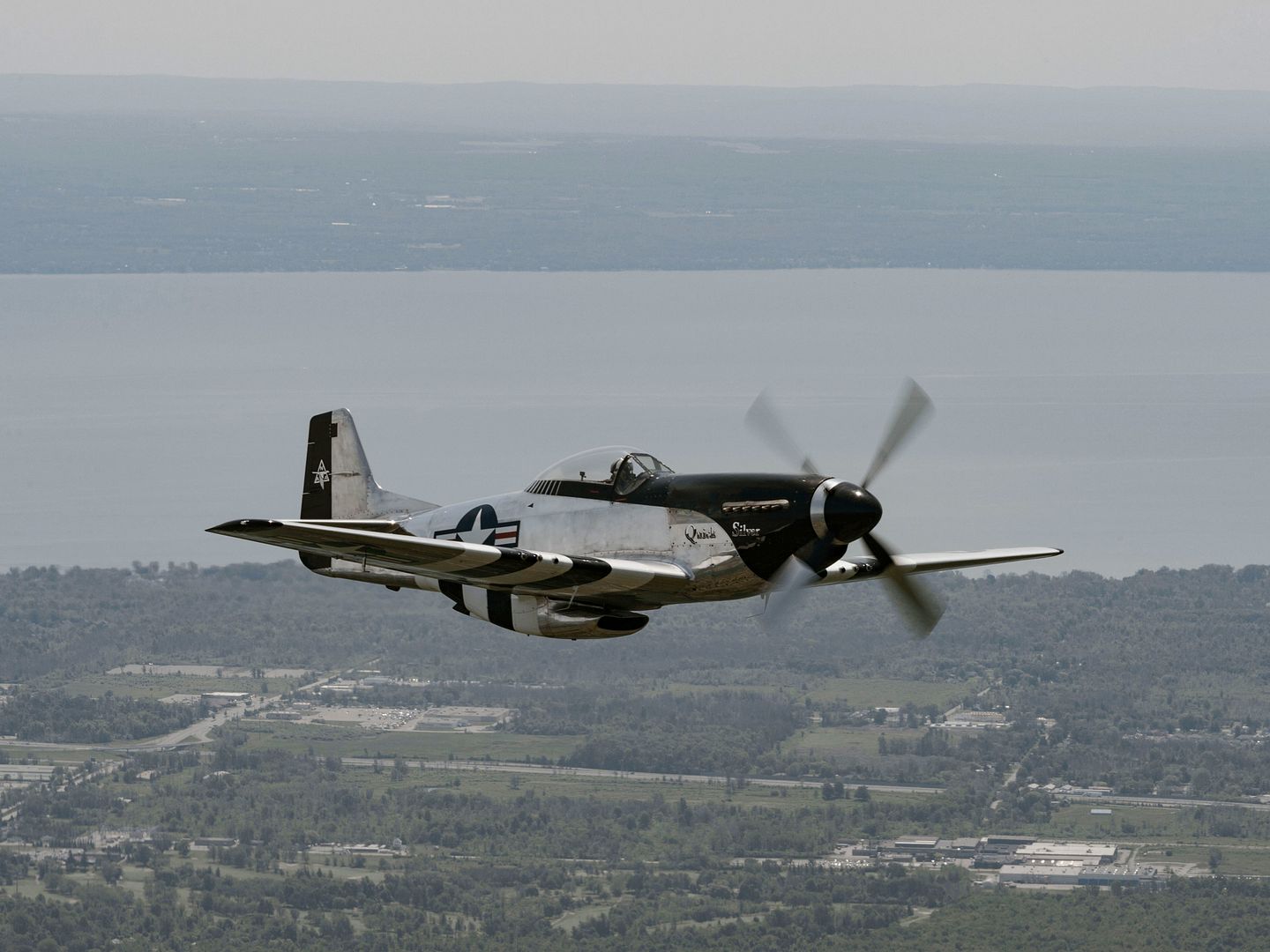
A Douglas C-47 Skytrain flies over Niagara Falls as part of a Heritage Flight in support of Air Force Reserve Week, Niagara Falls, N.Y., June 7, 2018. The C-47 was part of the 37th Troop Carrier Squadron during World War II and was the lead aircraft on the second wave of D-Day and dropped elements of the 82nd Airborne Division into Normandy during the invasion. (U.S. Air National Guard by Staff Sgt. Ryan Campbell)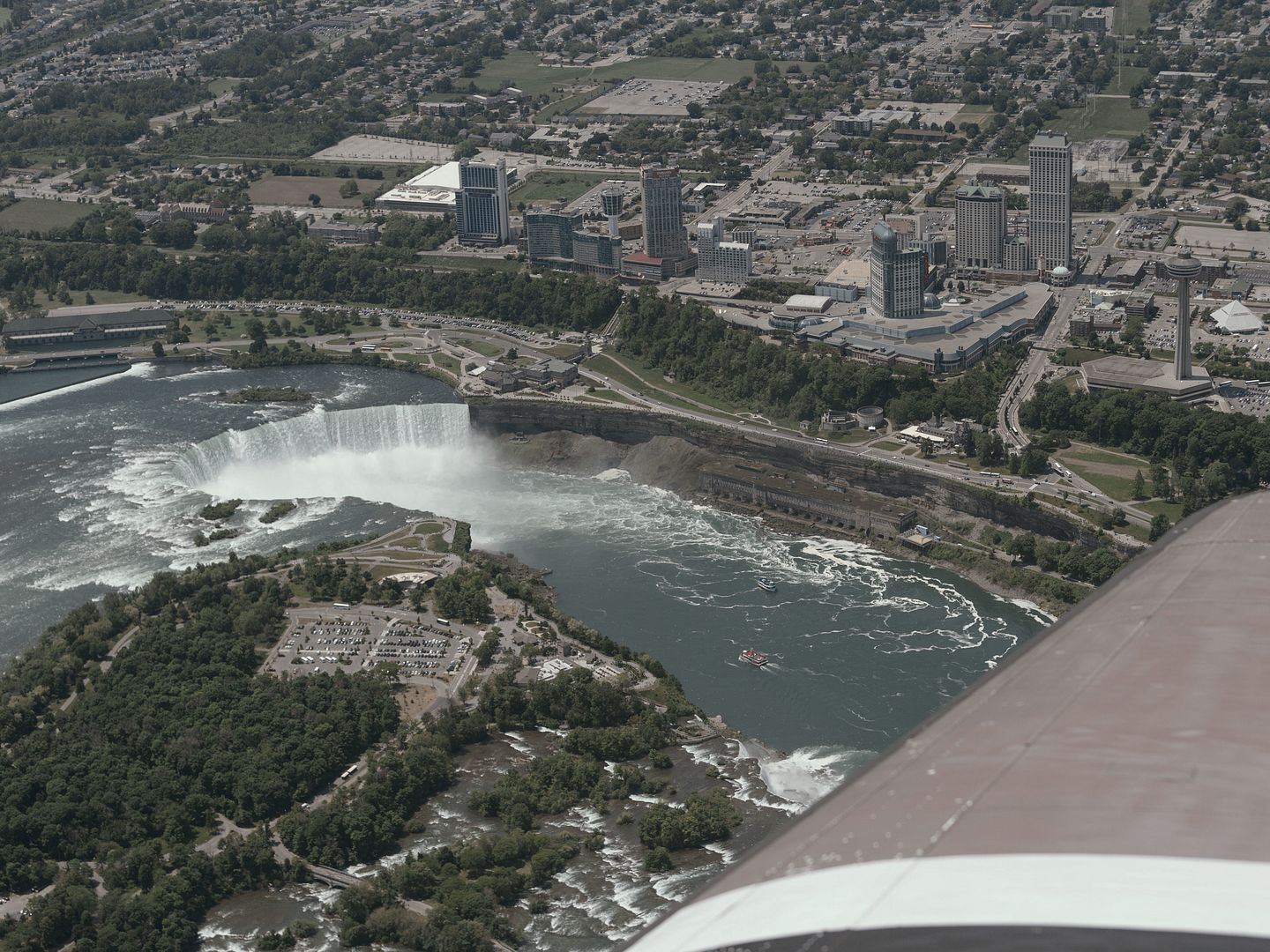
A Lockheed Martin F-22 Raptor practices it's routine for the Thunder of Niagara 2018 air show during a preview day, Niagara Falls Air Reserve Station, N.Y., June 8, 2018. The preview day gives performers a chance to practice their routine before the air show opens to the public June 9-10. (U.S. Air National Guard by Staff Sgt. Ryan Campbell)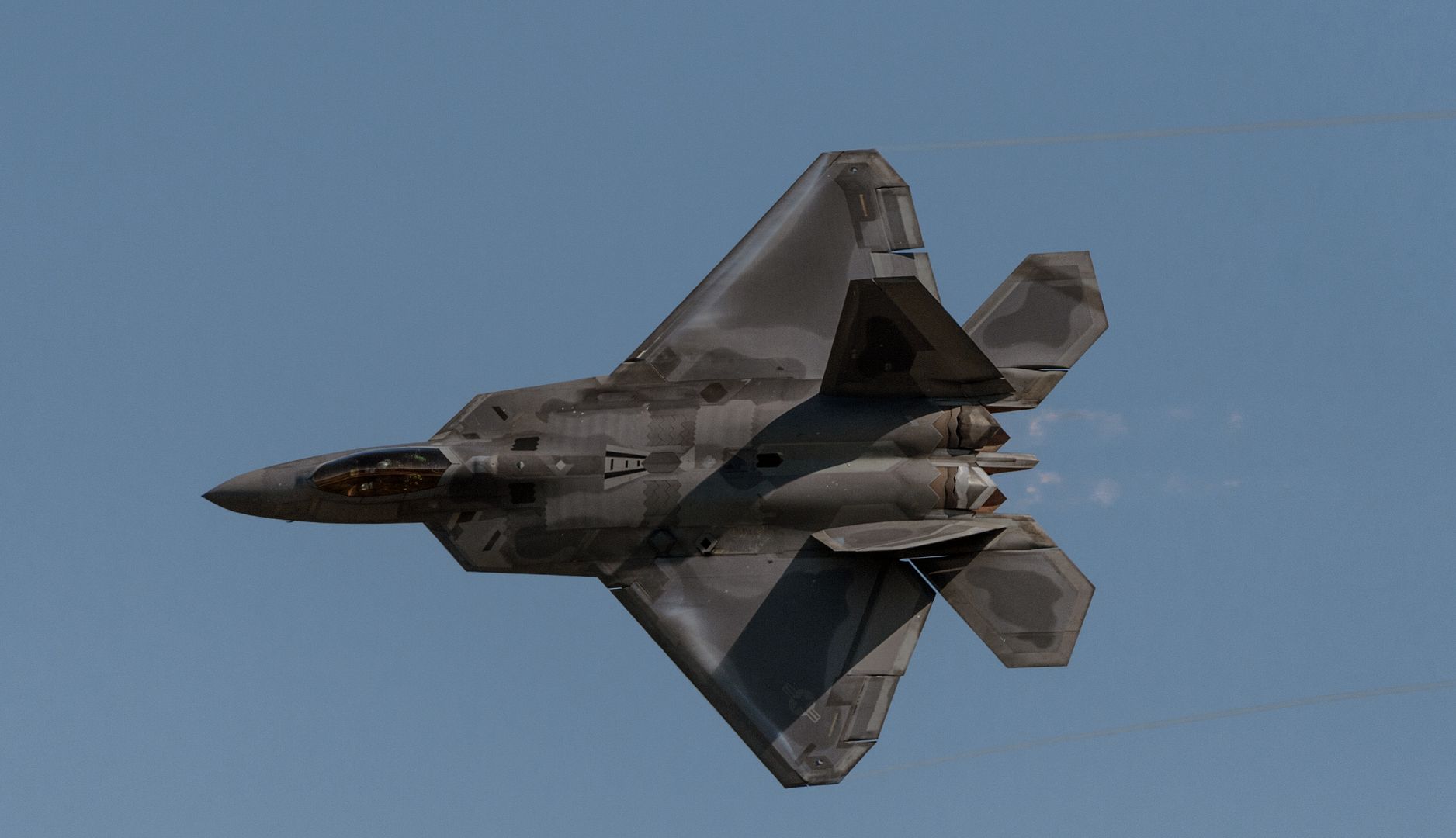
The Royal Canadian Air Force Snowbirds demonstration team flies over the crowd during the 2018 Thunder of Niagara International Air Show at Niagara Air Reserve Station, New York, June 8, 2018. The Snowbirds perform at air shows and other events across the world to demonstrate the skill, professionalism, and teamwork of Canadian Forces personnel. (U.S. Air Force photo by Airman Maxwell Daigle/Released)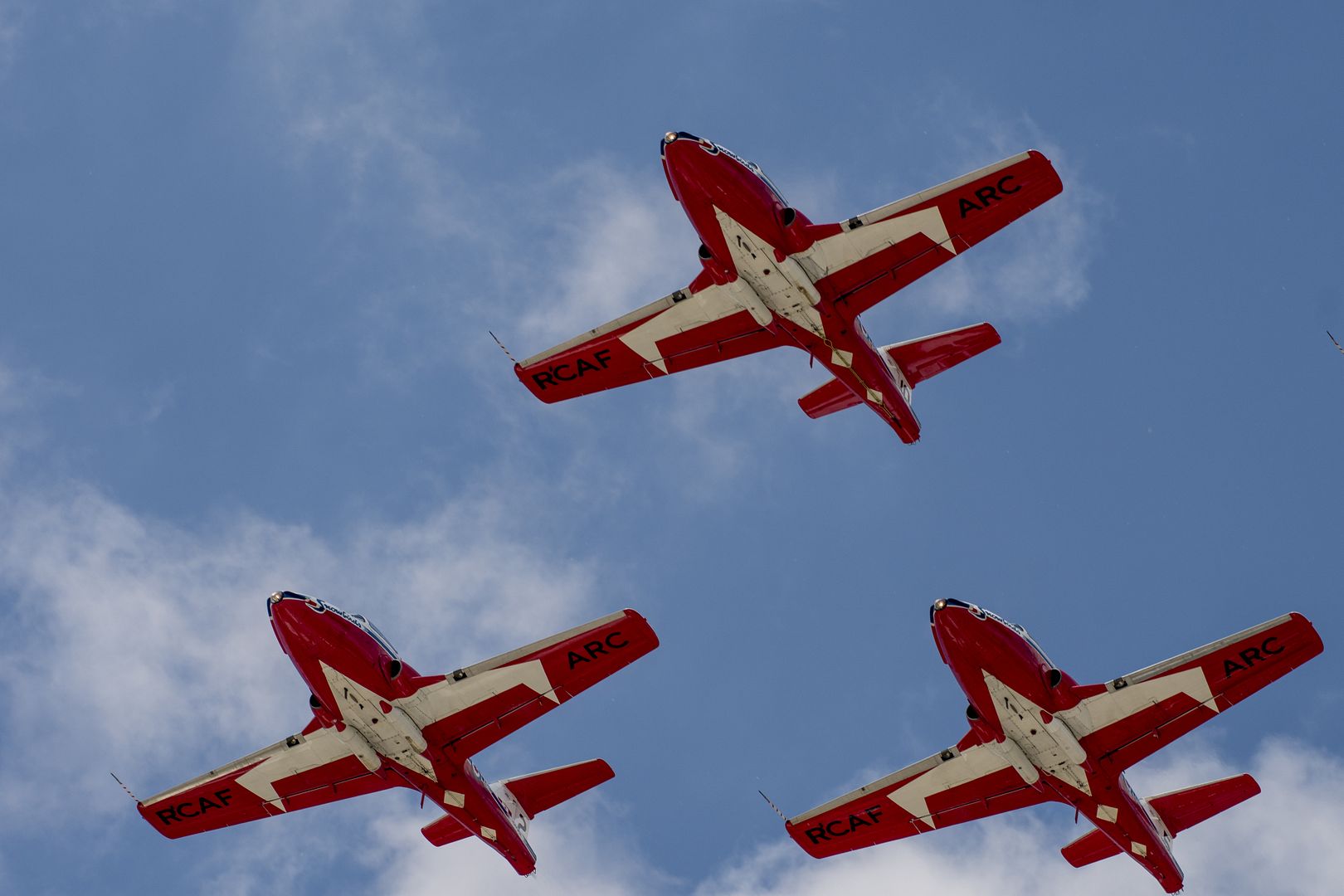
BALTIC SEA (June 8, 2018) A Sailor runs across the flight deck after removing chocks and chains from a German Sea King Mk41 twin-engine helicopter aboard the Harpers Ferry-class dock landing ship USS Oak Hill (LSD 51) during exercise Baltic Operations (BALTOPS) 2018, June 8. BALTOPS is the premier annual maritime-focused exercise in the Baltic region and one of the largest exercises in Northern Europe enhancing flexibility and interoperability among allied and partner nations. (U.S. Navy photo by Mass Communication Specialist 3rd Class Jessica L. Dowell/Released)
BALTIC SEA (June 8, 2018) A German Sea King Mk41 twin-engine helicopter departs the Harpers Ferry-class dock landing ship USS Oak Hill (LSD 51) after a joint personnel recovery exercise during exercise Baltic Operations (BALTOPS) 2018, June 8. BALTOPS is the premier annual maritime-focused exercise in the Baltic region and one of the largest exercises in Northern Europe enhancing flexibility and interoperability among allied and partner nations. (U.S. Navy photo by Mass Communication Specialist 3rd Class Jessica L. Dowell/Released)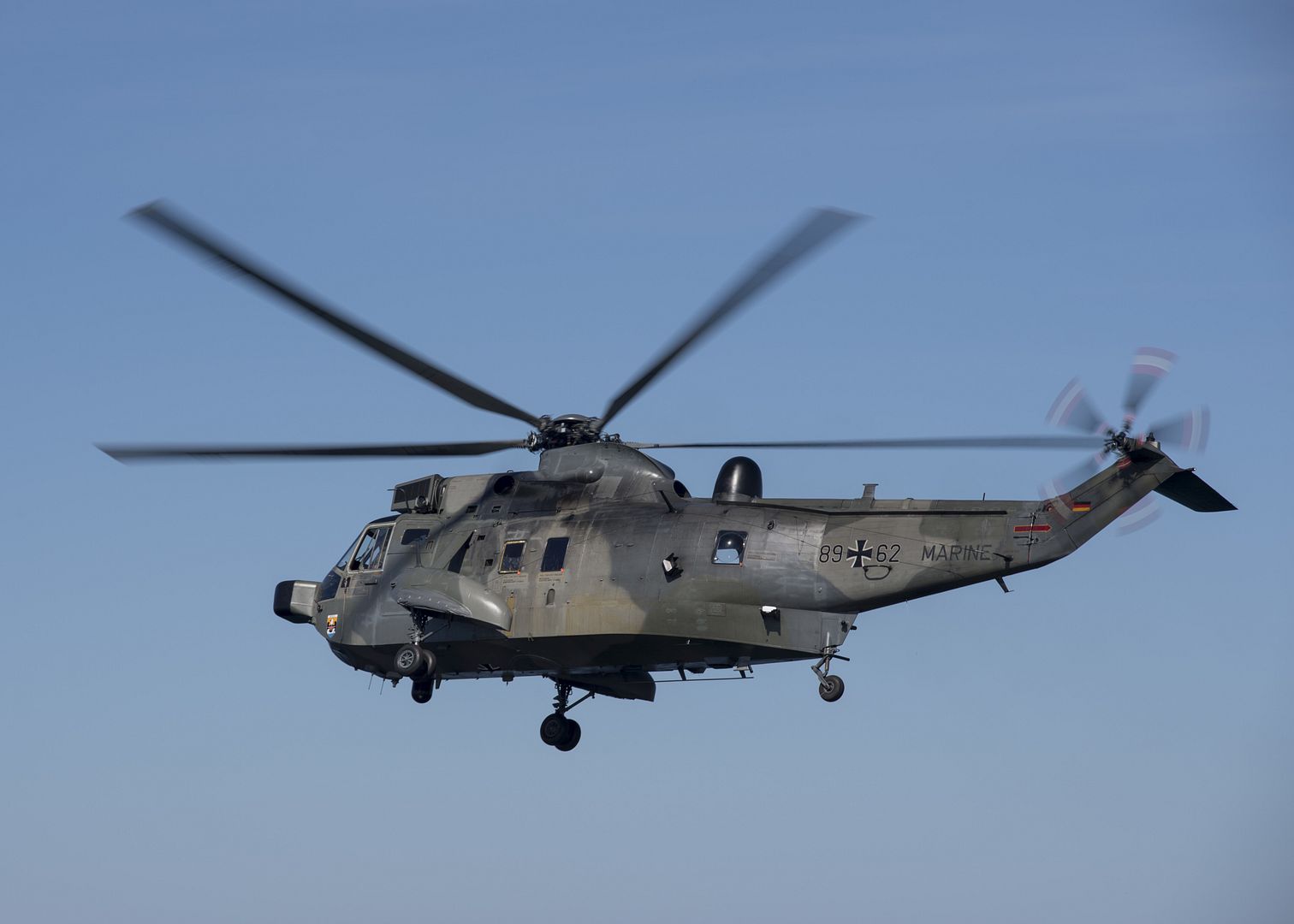
-
 Main AdminU.S. Air Force Airmen with the 177th Maintenance Group, recover an F-16C Fighting Falcon upon landing in Mission Oriented Protective Posture (MOPP) protective gear used by U.S. military personnel in a toxic environment during a training exercise at the 177th Fighter Wing, Egg Harbor Township, N.J., June 9, 2018. The 177th FW participated in a chemical, biological, radiological and nuclear (CBRN) exercise to ensure capability and survivability in an overseas military operation. (U.S. Air National Guard photo by Senior Airman Cristina J. Allen)
Main AdminU.S. Air Force Airmen with the 177th Maintenance Group, recover an F-16C Fighting Falcon upon landing in Mission Oriented Protective Posture (MOPP) protective gear used by U.S. military personnel in a toxic environment during a training exercise at the 177th Fighter Wing, Egg Harbor Township, N.J., June 9, 2018. The 177th FW participated in a chemical, biological, radiological and nuclear (CBRN) exercise to ensure capability and survivability in an overseas military operation. (U.S. Air National Guard photo by Senior Airman Cristina J. Allen)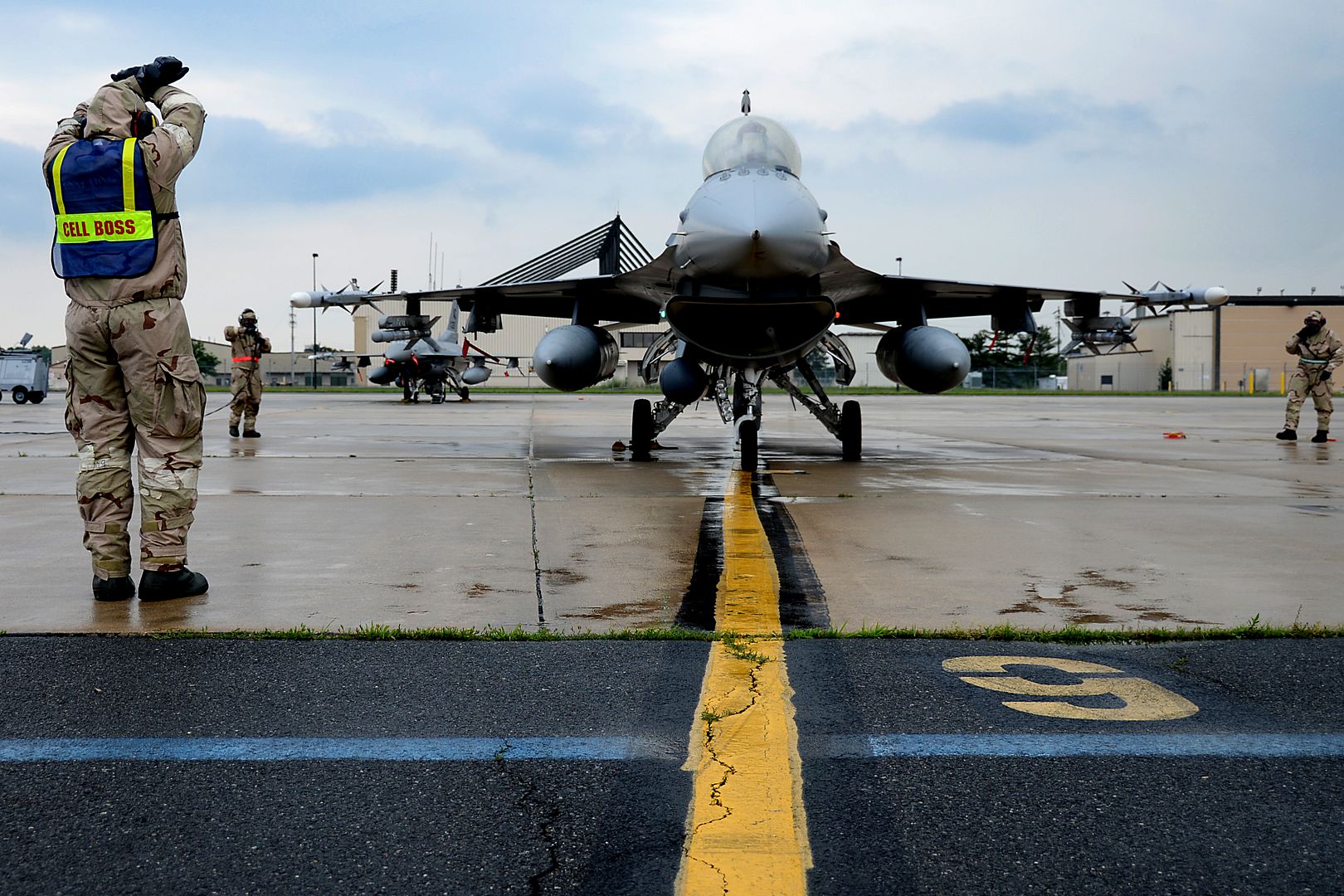
A U.S. F-22 Raptor displays its internal weapons bays during it's performance in the 2018 Thunder of Niagara International Air Show, June 10, 2018. The F-22 carries all of it's armaments in three internal bays to maximize stealth and speed in combat. (U.S. Air Force photo by Airman Maxwell Daigle/Released)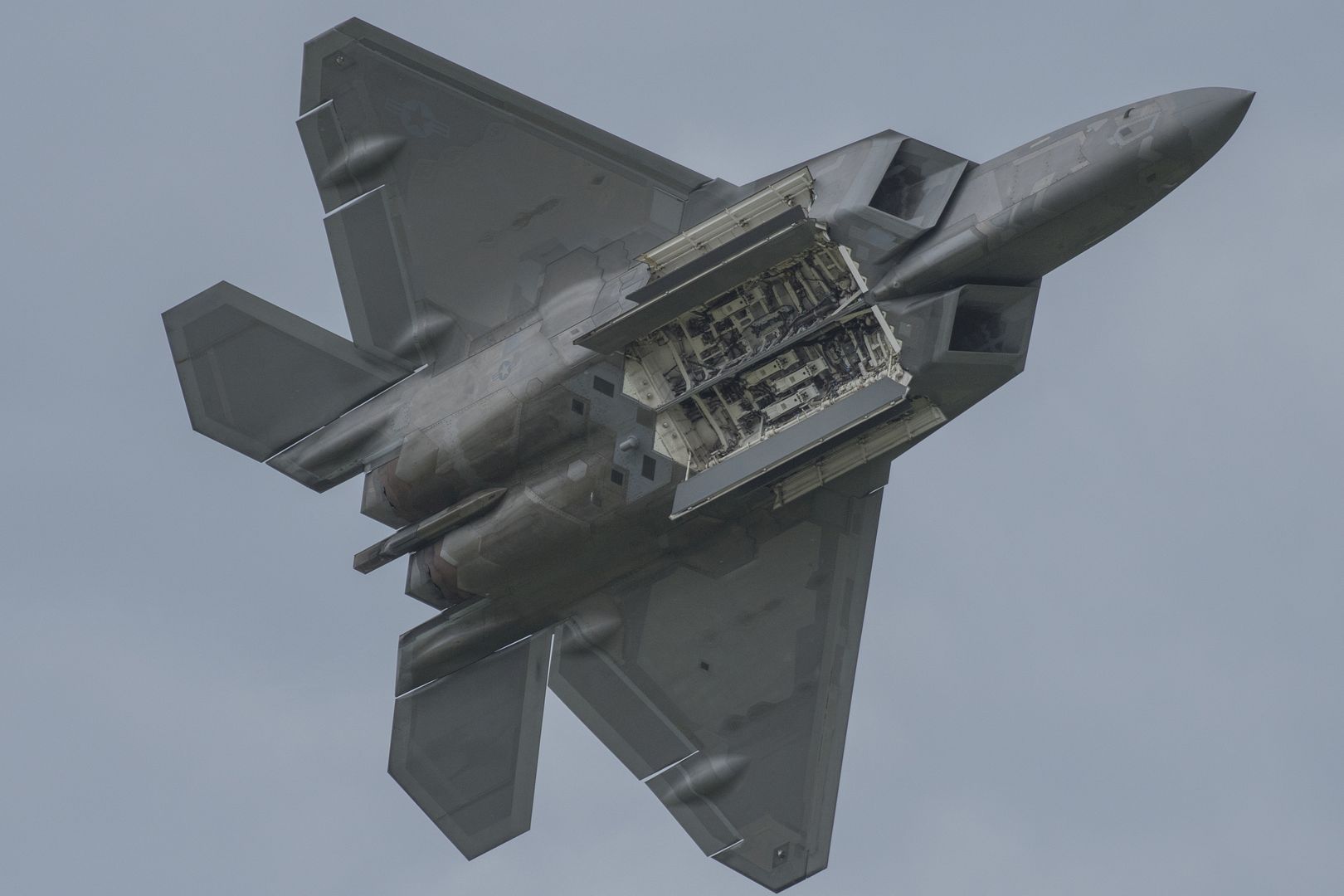
Maj. Paul "Loco" Lopez, an F-22 Raptor pilot assigned to the F-22 Raptor Demonstration Team, Langley Air Force Base, Va., takes performs his demonstration flight during the Thunder of Niagara 2018 air show, Niagara Falls Air Reserve Station, N.Y., June 10, 2018. The Raptor performance was one of the headlining acts of the air show that took place June 9-10. (U.S. Air National Guard photo by Staff Sgt. Ryan Campbell)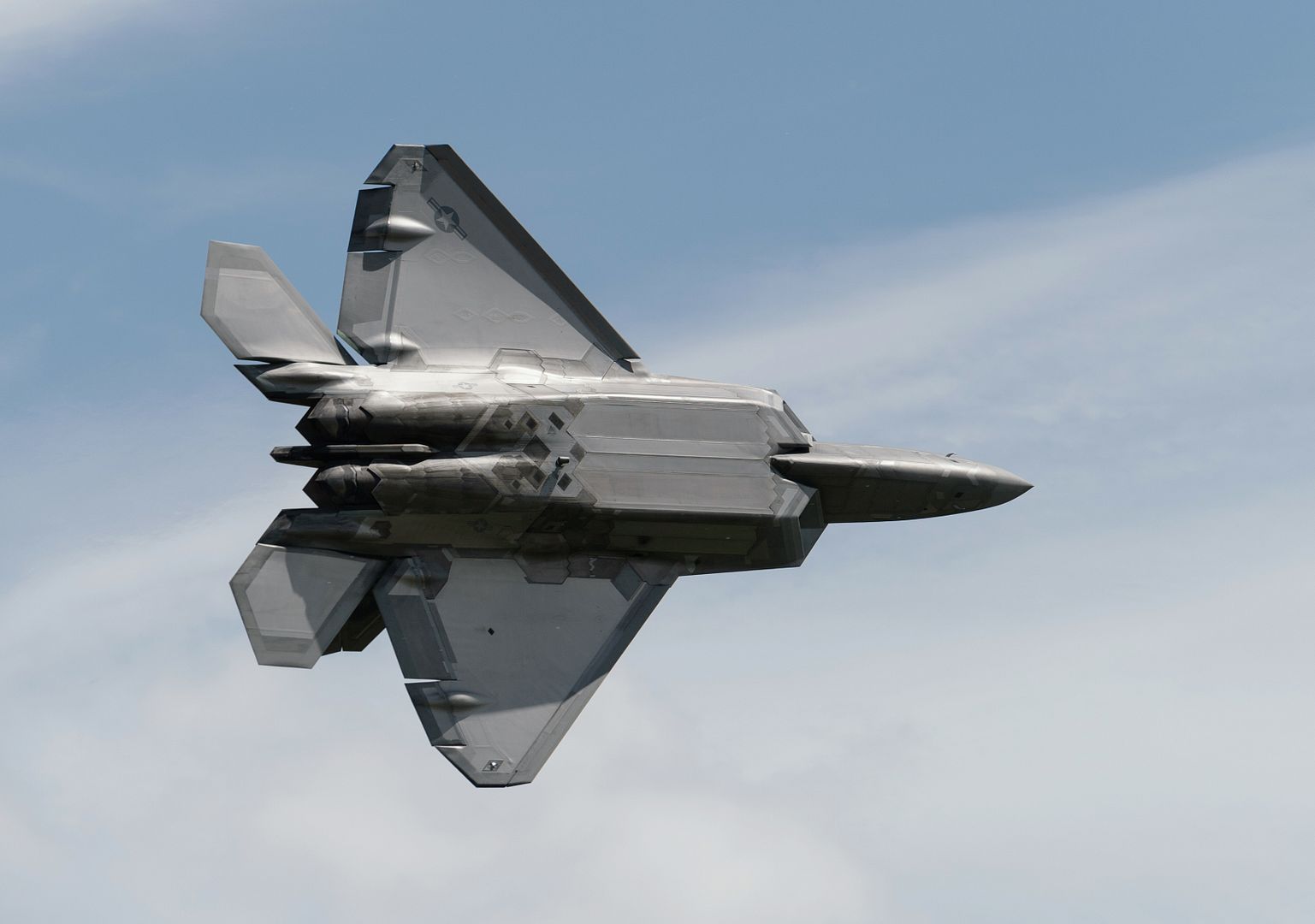
Hawaiian Airlines has taken delivery of its first U.S.-produced A321. The aircraft, delivered from the Airbus U.S. Manufacturing Facility in Mobile, Alabama, is also the first new engine option aircraft (NEO) delivered from Airbus? U.S. facility. It is powered by a Pratt & Whitney PW1000G high-bypass geared turbofan engine. Executives and employees from Airbus and Hawaiian, and executives from Pratt & Whitney and UTC Aerospace Systems witnessed the milestone delivery.
Bob Lekites, Executive Vice President-Customers, Airbus Americas said, ?Airbus understands the challenging airline marketplace and has continued to stay on the cutting edge of developing and producing aircraft that exceed industry standards in safety, efficiency and reliability. Hawaiian has recognized the Airbus commitment to innovation and we could not be more proud to deliver on this promise to them with our first U.S.-manufactured A321neo aircraft.?
?We are honored to accept the delivery of the first A321neo from the Airbus Manufacturing facility,? said Jon Snook, executive vice president and chief operating officer at Hawaiian Airlines. ?The A321neo is the ideal aircraft for us to share our Hawaiian hospitality with more guests as we grow our western U.S. network and provide greater access to our entire island chain. We look forward to more deliveries from Mobile.?
Hawaiian currently offers daily non-stop A321neo flights from Portland and Long Beach to Honolulu. The carrier will announce additional A321neo routes between the U.S. West Coast and the Hawaiian Islands as it welcomes a total of 18 aircraft through 2020.
Offering the lowest operating costs in its class, the A321neo operates 15 percent more efficiently than its A321ceo predecessor and by 2020 will operate at 20 percent more efficiently.
Demonstrating the adage ?The Sun Never Sets on Airbus Manufacturing,? Airbus aircraft are now produced around the clock, 24 hours a day, at facilities in Mobile, Alabama; Hamburg, Germany; Toulouse, France; and Tianjin, China.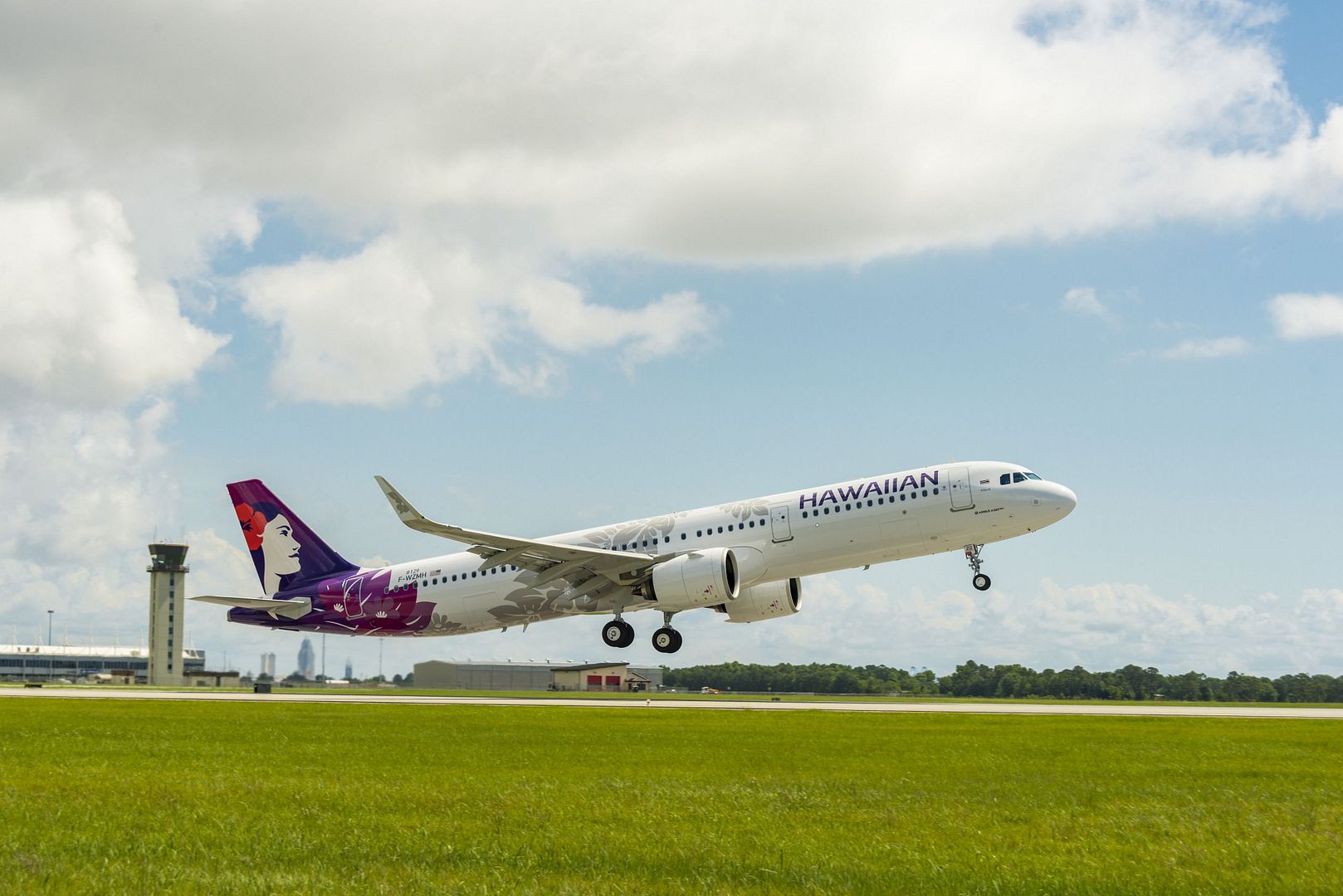
News Article / June 8, 2018
Exercise Maple Flag, the Royal Canadian Air Force?s largest and most complex international training event of the year, begins next week in Cold Lake, Alberta. Taking place from June 11 to 22, Exercise Maple Flag 51 will bring together nearly 1,200 Canadian Armed Forces (CAF) personnel in participant or supporting roles, along with 540 personnel from allied nations along with multiple aircraft types, including:
From Canada: CF-188 Hornet fighters, CC-150T Polaris air-to-air refueling and transport aircraft, CC-130T Hercules air-to-air refueling and transport aircraft, TPS-70 Tactical Control Radar, and contracted Dornier Alpha Jets
From the United States: EA-18G Super Hornet ?Growler? Electronic Warfare aircraft; and B-52H Stratofortress strategic bombers
From Australia: F/A-18 Hornet fighters
From Belgium: F-16AM Fighting Falcon ?Viper? fighters
From NATO: E-3A AWACS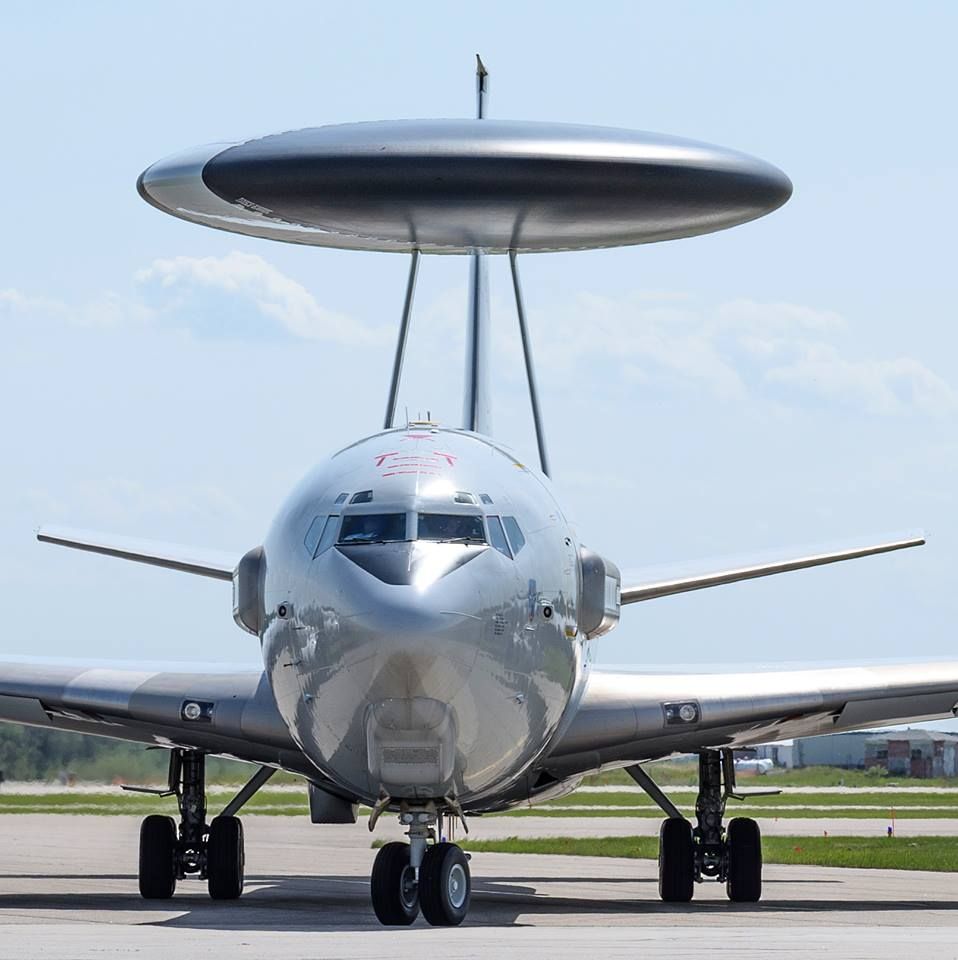
?We are proud to once again host Exercise Maple Flag in support of our Canadian and international partners and allies,? said Colonel Paul Doyle, commander of 4 Wing Cold Lake. ?The personnel of 4 Wing and CFB Cold Lake have been working hard over the past year to plan this immersive training opportunity. To prepare ourselves for real world operations, we must practice our combined capabilities in training exercises such as Exercise Maple Flag?
Exercise Maple Flag provides an opportunity for elements of the RCAF as well as our international partners and allies to train in a tailored, concentrated environment. This international exercise prepares Canadian and international aircrew, maintenance, and support personnel for the rigours of operations in the modern aerial battlespace.
For the RCAF, Exercise Maple Flag provides an opportunity for personnel to embrace AIRPower, and refine their capabilities as guarantors of Canadian Sovereignty.
The goal of the exercise is to hone a multitude of skills within a realistic, evolving and challenging operating environment, enabling all participants to become an Agile and Integrated force, with the Reach and Power (AIRPower) to achieve the mission.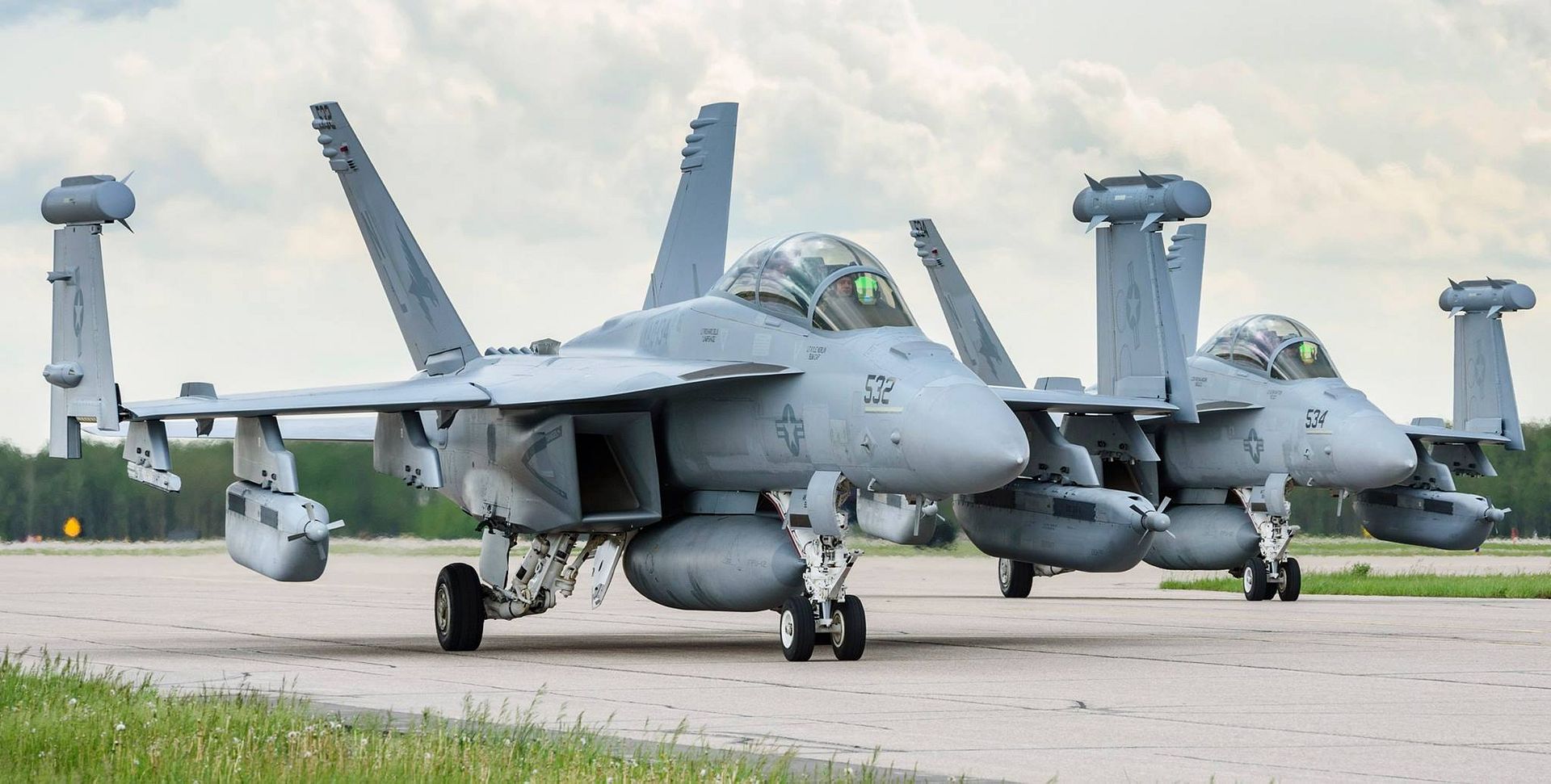
Participants from allied and partner forces include
The Belgian Air Component
NATO
The Royal Australian Air Force
The United States Navy
The United States Marine Corps
The United States Air Force
Exercise Maple Flag takes place primarily inside the Cold Lake Air Weapons Range (CLAWR). This unique airspace permits the use of a variety of simulated and live weapons systems, as well as supersonic flight.
Photo's courtesy of Cpl Manuela Berger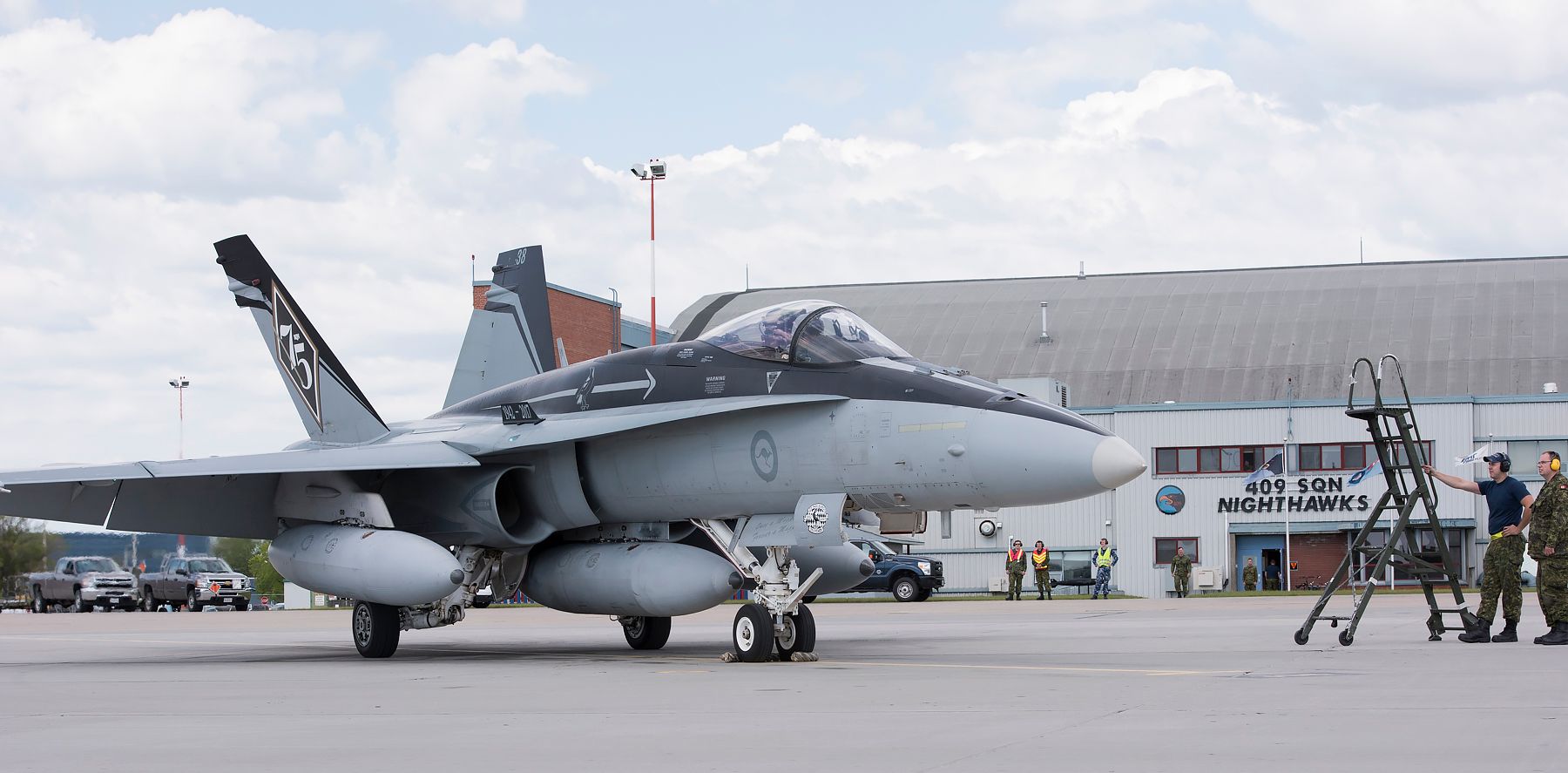
-
 Main AdminJOINT BASE ELMENDORF-RICHARDSON, Alaska - An F-22 Raptor refuels at Joint Base Elmendorf-Richardson, Alaska, May 10, 2018. The F-22?s combination of stealth, supercruise, maneuverability, and integrated avionics, coupled with improved supportability, represents an exponential leap in warfighting capabilities. The Raptor performs both air-to-air and air-to-ground missions allowing full realization of operational concepts vital to the 21st century Air Force.
Main AdminJOINT BASE ELMENDORF-RICHARDSON, Alaska - An F-22 Raptor refuels at Joint Base Elmendorf-Richardson, Alaska, May 10, 2018. The F-22?s combination of stealth, supercruise, maneuverability, and integrated avionics, coupled with improved supportability, represents an exponential leap in warfighting capabilities. The Raptor performs both air-to-air and air-to-ground missions allowing full realization of operational concepts vital to the 21st century Air Force.
Photo's By: Senior Airman Curt Beach.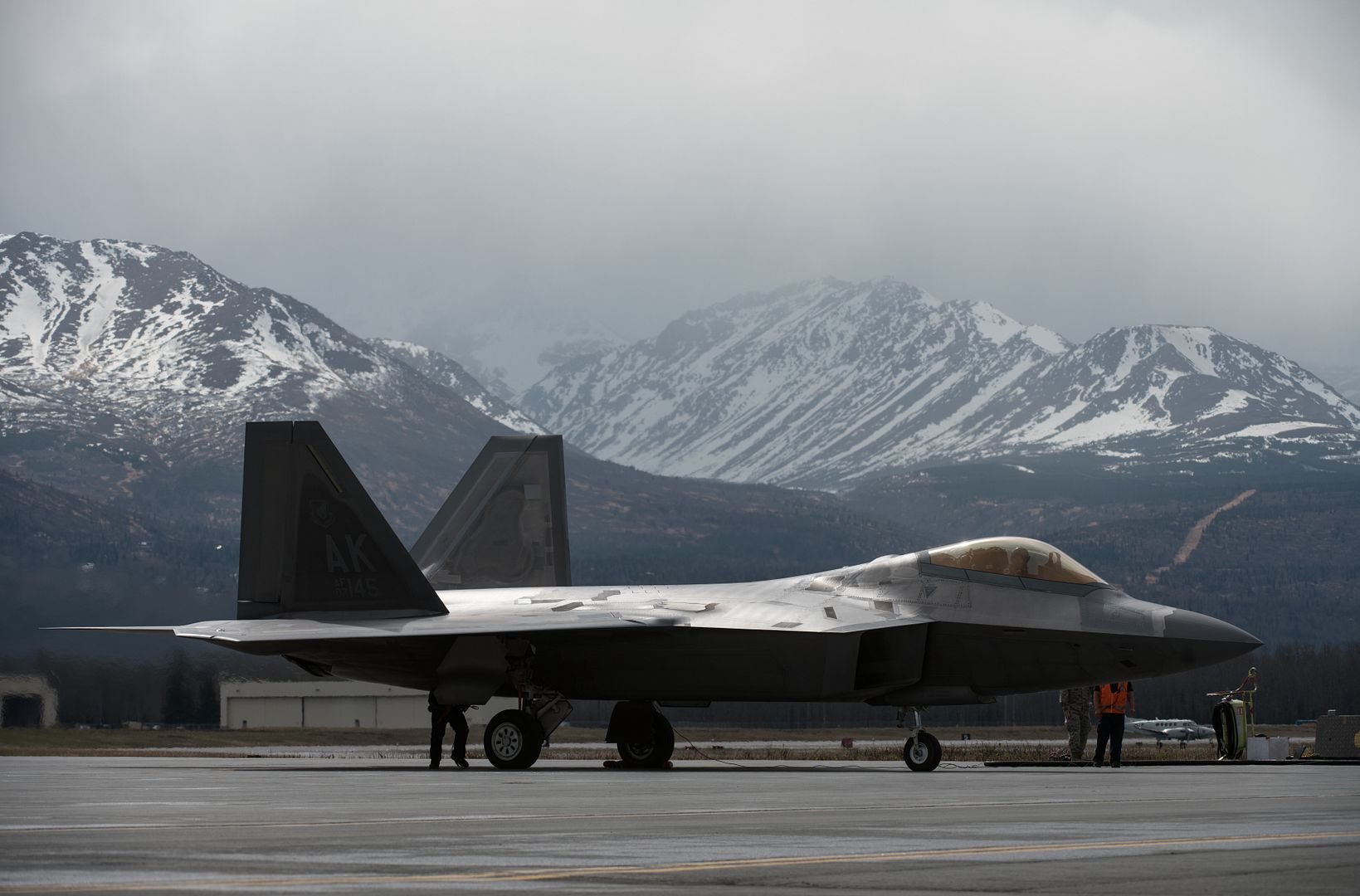

JOINT BASE ELMENDORF-RICHARDSON, Alaska - An F-22 Raptor soars through the sky above Joint Base Elmendorf-Richardson, Alaska, May 10, 2018. The F-22, a critical component of the Global Strike Task Force, is designed to project air dominance, rapidly at great distances and defeat threats to the U.S. and its allies. The F-22 cannot be matched by any known or projected fighter aircraft.
Photo By: Senior Airman Curt Beach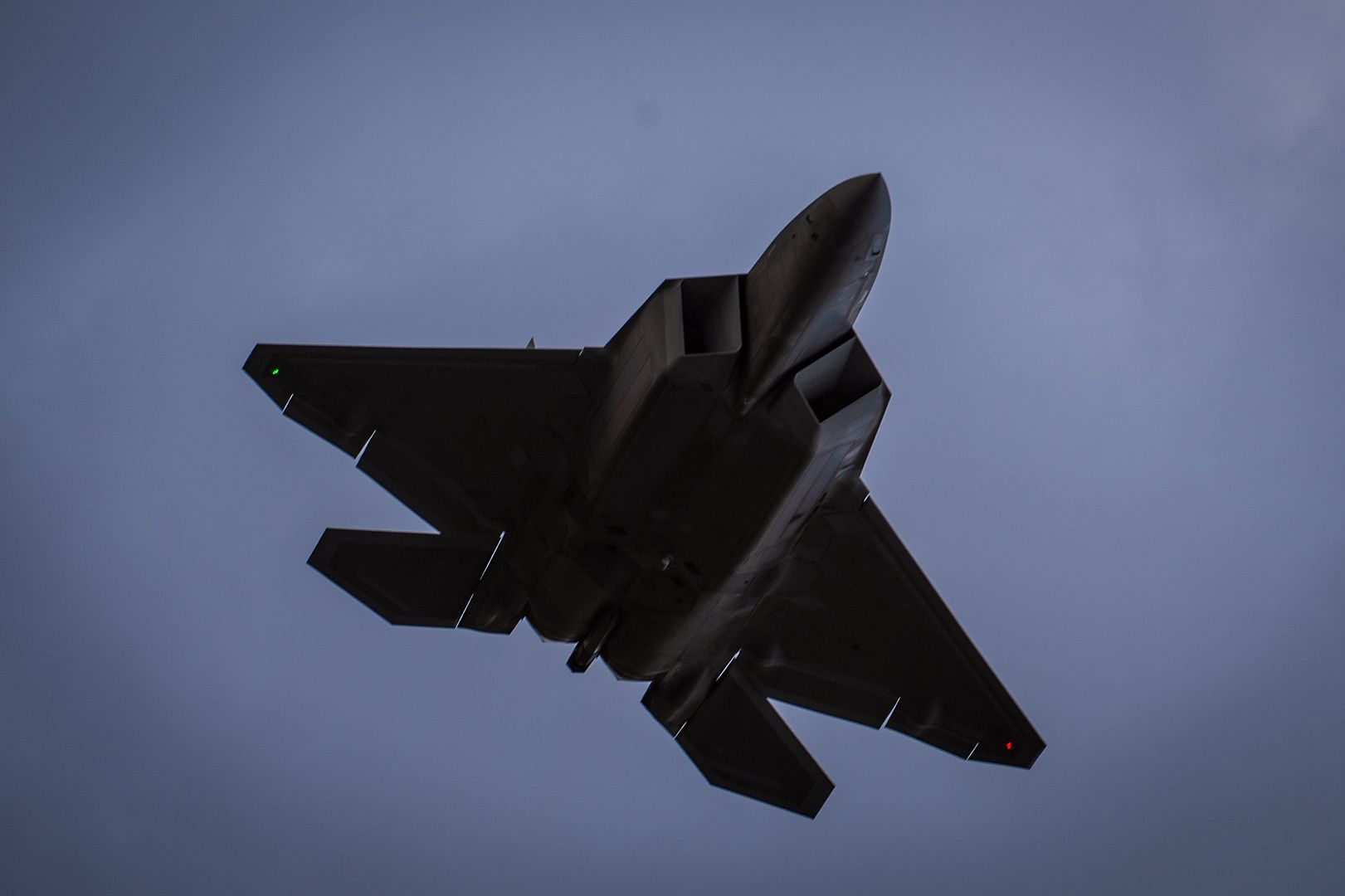
FORT WORTH, Texas, June 11, 2018 /PRNewswire/ -- The F-35 Joint Program Office and Lockheed Martin [NYSE: LMT] delivered the 300th production F-35 aircraft, demonstrating the program's continued progress and momentum. The 300th aircraft is a U.S. Air Force F-35A, to be delivered to Hill Air Force Base, Utah.
"The F-35 weapons system is a key enabler of our National Defense Strategy and is providing our warfighters the combat proven, advanced capabilities they need to meet mission requirements," said Vice Admiral Mat Winter, program executive officer for the F-35 Joint Program Office. "The 300th production aircraft delivery is a significant milestone that highlights the effective F-35 Enterprise collaboration across the JPO, U.S. services, partners and industry. Moving forward, our F-35 team remains committed to driving costs down, quality up and faster delivery timelines across our development, production and sustainment lines of effort."
The first 300 F-35s include 197 F-35A conventional takeoff and landing (CTOL) variants, 75 F-35B short takeoff/vertical landing (STOVL) variants, and 28 F-35C carrier variants (CV) and have been delivered to U.S. and international customers. More than 620 pilots and 5,600 maintainers have been trained, and the F-35 fleet has surpassed more than 140,000 cumulative flight hours.
"This milestone is a testament to the hard work and dedication of our joint government and industry team as we collaborate to deliver transformational F-35 capabilities to the men and women in uniform," said Greg Ulmer, Lockheed Martin vice president and general manager of the F-35 program. "We are focused on reducing costs, increasing efficiencies, and ensuring the highest level of quality as we ramp to full rate production and sustainment of the operational fleet."
Increasing Production, Reducing Costs
As production volume increases and additional efficiencies are implemented, Lockheed Martin is on track to reduce the cost of an F-35A to $80 million by 2020, which is equal to or less than legacy 4th generation aircraft. With the incorporation of lessons learned, process efficiencies, production automation, facility and tooling upgrades, supply chain initiatives and more, the F-35 enterprise has already significantly reduced costs and improved efficiency. For example:
The price of an F-35A has come down more than 60 percent from the first contract.
Touch labor has been reduced by about 75 percent over the last five years.
Production span time has decreased by about 20 percent since 2015.
The F-35 enterprise met its 2017 delivery target of 66 aircraft, representing more than a 40 percent increase from 2016. In 2018, the team is targeting 91 aircraft deliveries and is preparing to increase production volume year-over-year to hit a rate of approximately 160 aircraft in 2023.
Economic Impact
The F-35 is built by thousands of men and women in America and around the world. With more than 1,500 suppliers in 46 states and Puerto Rico, the F-35 program supports more than 194,000 direct and indirect jobs in the U.S. alone. The program also includes more than 100 international suppliers, creating or sustaining thousands of international jobs.
With stealth technology, supersonic speed, advanced sensors, weapons capacity and range, the F-35 is the most lethal, survivable and connected fighter aircraft ever built. More than a fighter jet, the F-35's ability to collect, analyze and share data is a powerful force multiplier that enhances all airborne, surface and ground-based assets in the battlespace and enables men and women in uniform to execute their mission and return home safe.
For additional information, visit www.f35.com.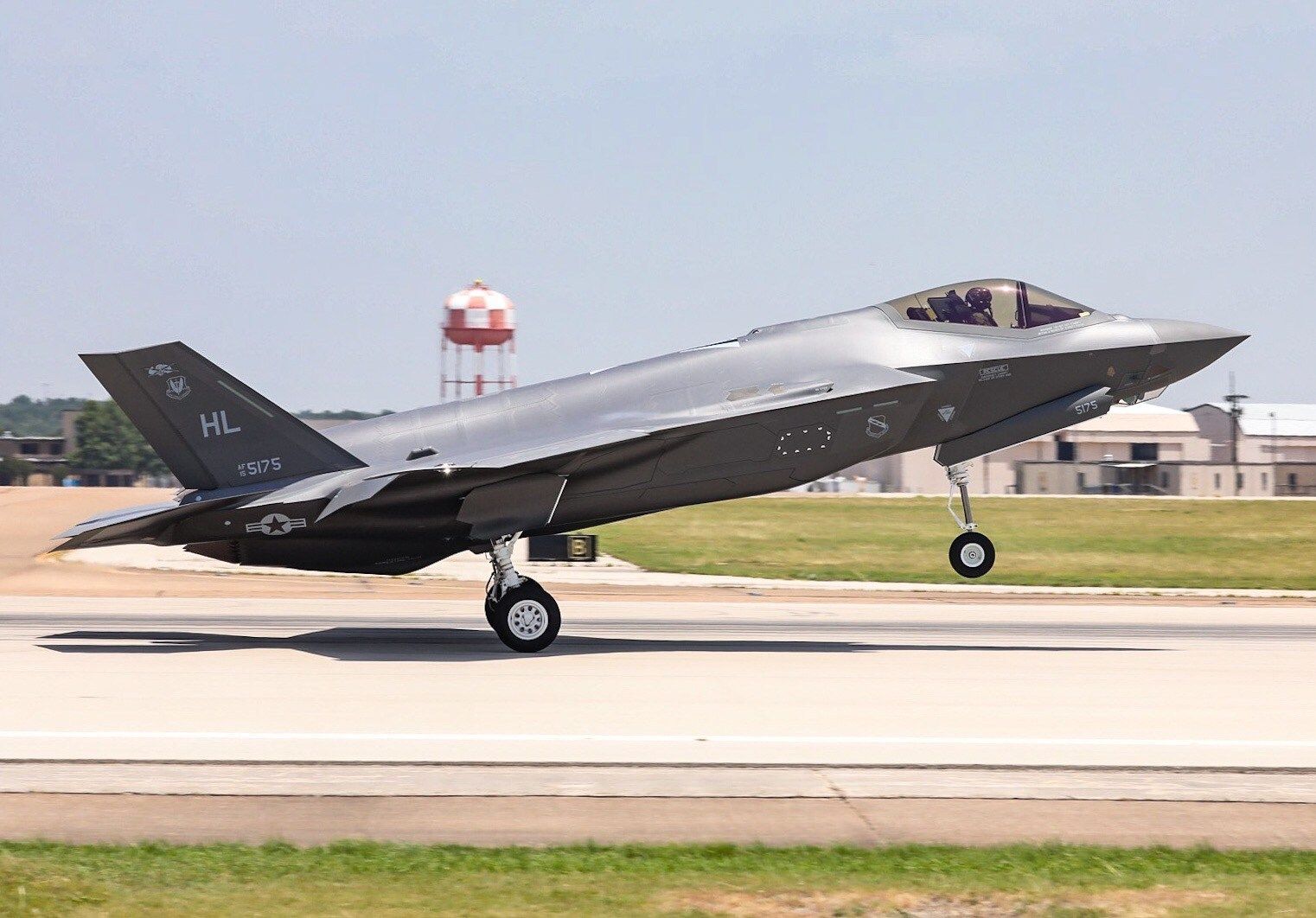
-
 Main AdminAir Force One refuels at Joint Base Pearl Harbor-Hickam, Hawaii, on President Donald Trump's return to Washington D.C. from the North Korea summit, June 12, 2018. (U.S. Air Force photo by Senior Airman Brittany A. Chase)
Main AdminAir Force One refuels at Joint Base Pearl Harbor-Hickam, Hawaii, on President Donald Trump's return to Washington D.C. from the North Korea summit, June 12, 2018. (U.S. Air Force photo by Senior Airman Brittany A. Chase)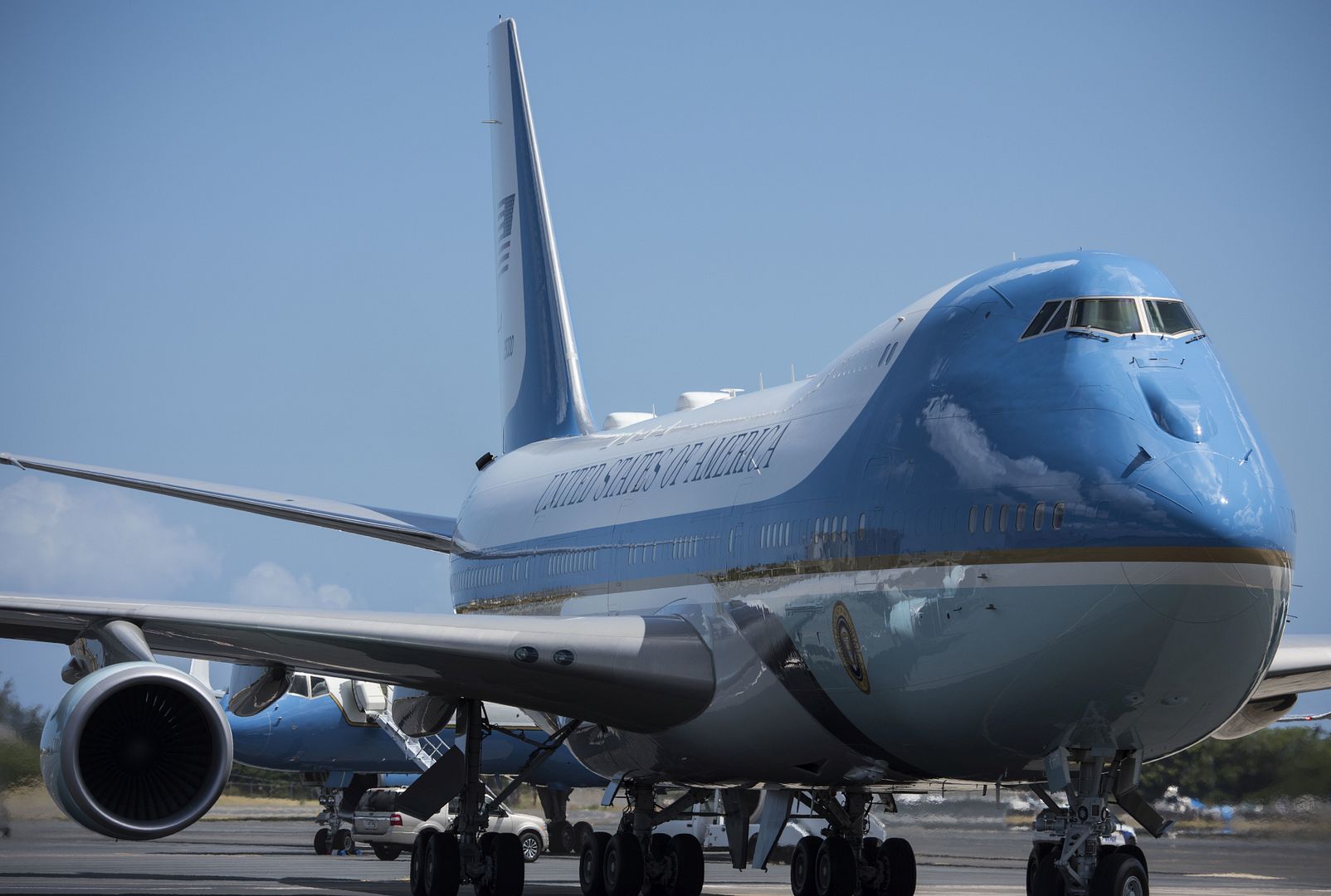
F-16 Fighting Falcon's belonging to the 18th Aggressor Squadron from Eielson Air Force Base, Alaska take off to participate in Red Flag Alaska, June 11, 2018. Red Flag Alaska is a simulated combat scenario comprised of multi-national forces. (U.S. Air National Guard photo's by Airman 1st Class Mercedee Schwartz)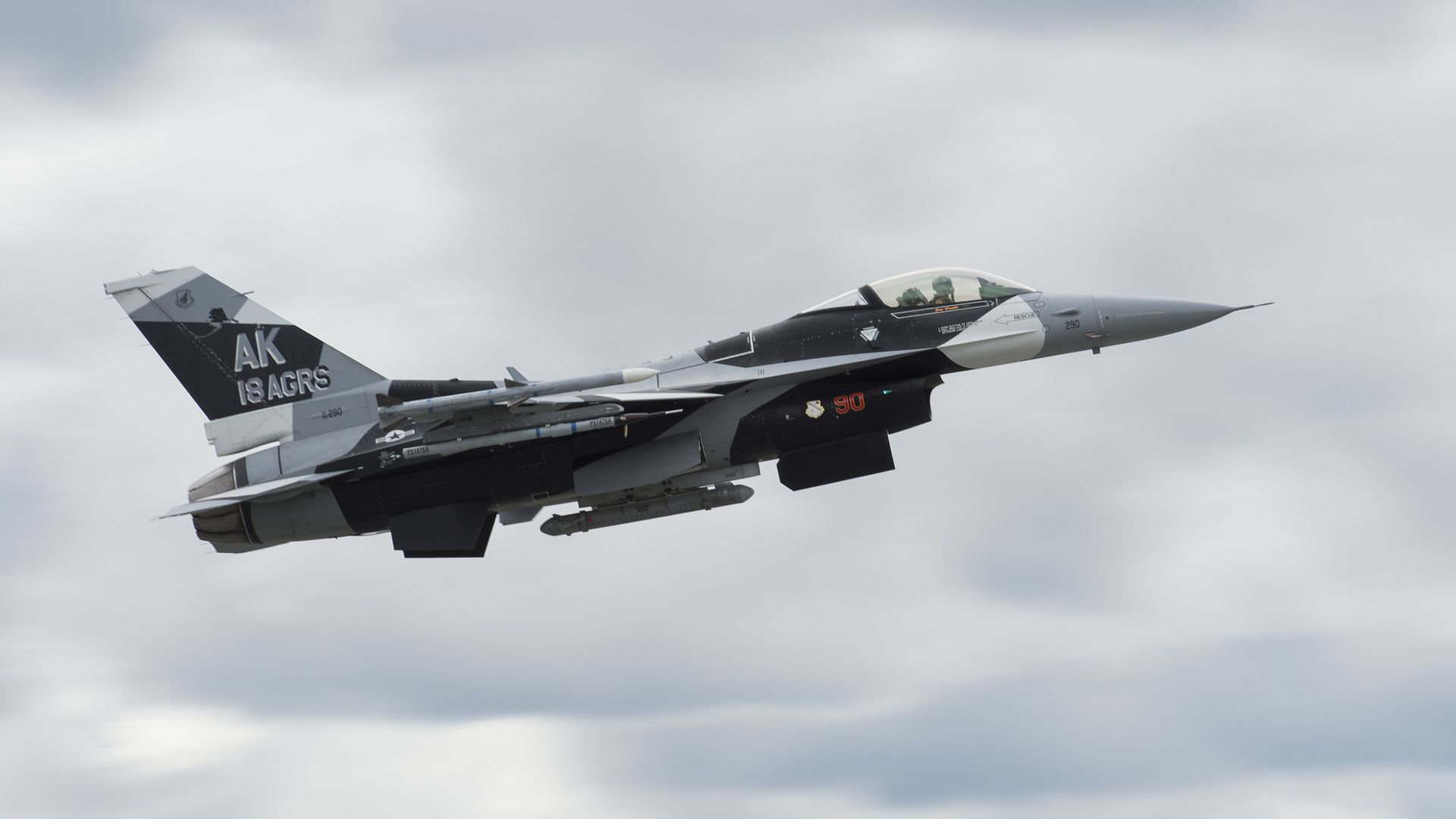
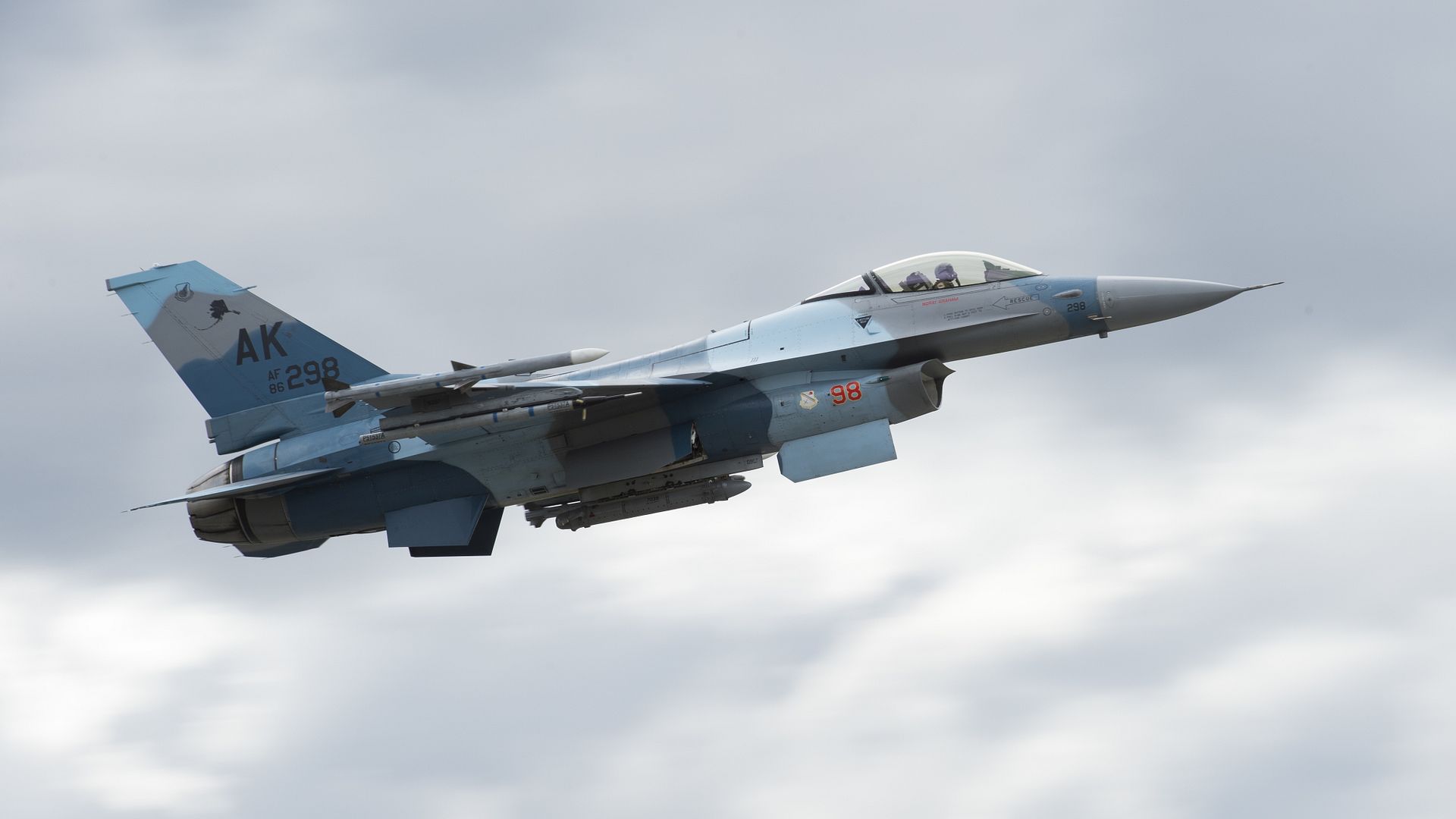
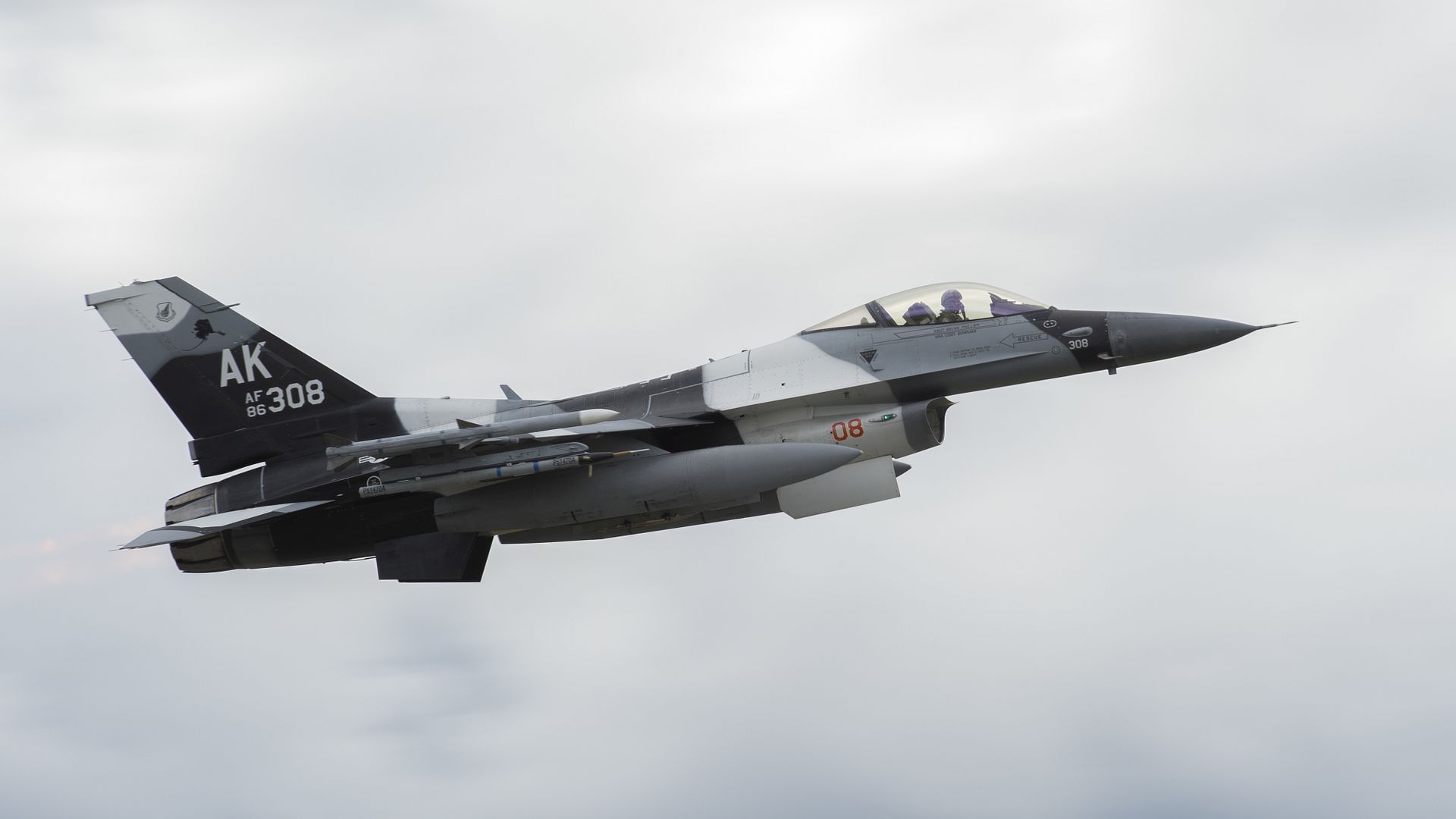
Pilots with the 190th Fighter Squadron from 124th Fighter Wing at Gowen Field in Boise, Idaho take off to participate in an exercise during Red Flag Alaska June 11, 2018 at Eielson Air Force Base, Alaska. Red Flag Alaska is a simulated combat scenario comprised of multi-national forces. (U.S. Air National Guard photo by Airman 1st Class Mercedee Schwartz)
U.S. Air Force Tech Sgt. Gary Anderson, weapons crew chief assigned to the 140th Wing, Colorado Air National Guard directs an F-16 Fighting Falcon post-flight at Amari Air Base, Estonia during Saber Strike 18, June 11, 2018. Saber Strike 18 is the eighth iteration of the long-standing U.S. Army Europe-led cooperative training exercise designed to enhance interoperability among allies and regional partners. This year's exercise will take place June 3-15, focusing on improving land and air operational capabilities with an additional key objective to train with NATO's enhanced Forward Presence (eFP) battlegroups. (U.S. Air National Guard photo by Staff Sgt. Bobbie Reynolds)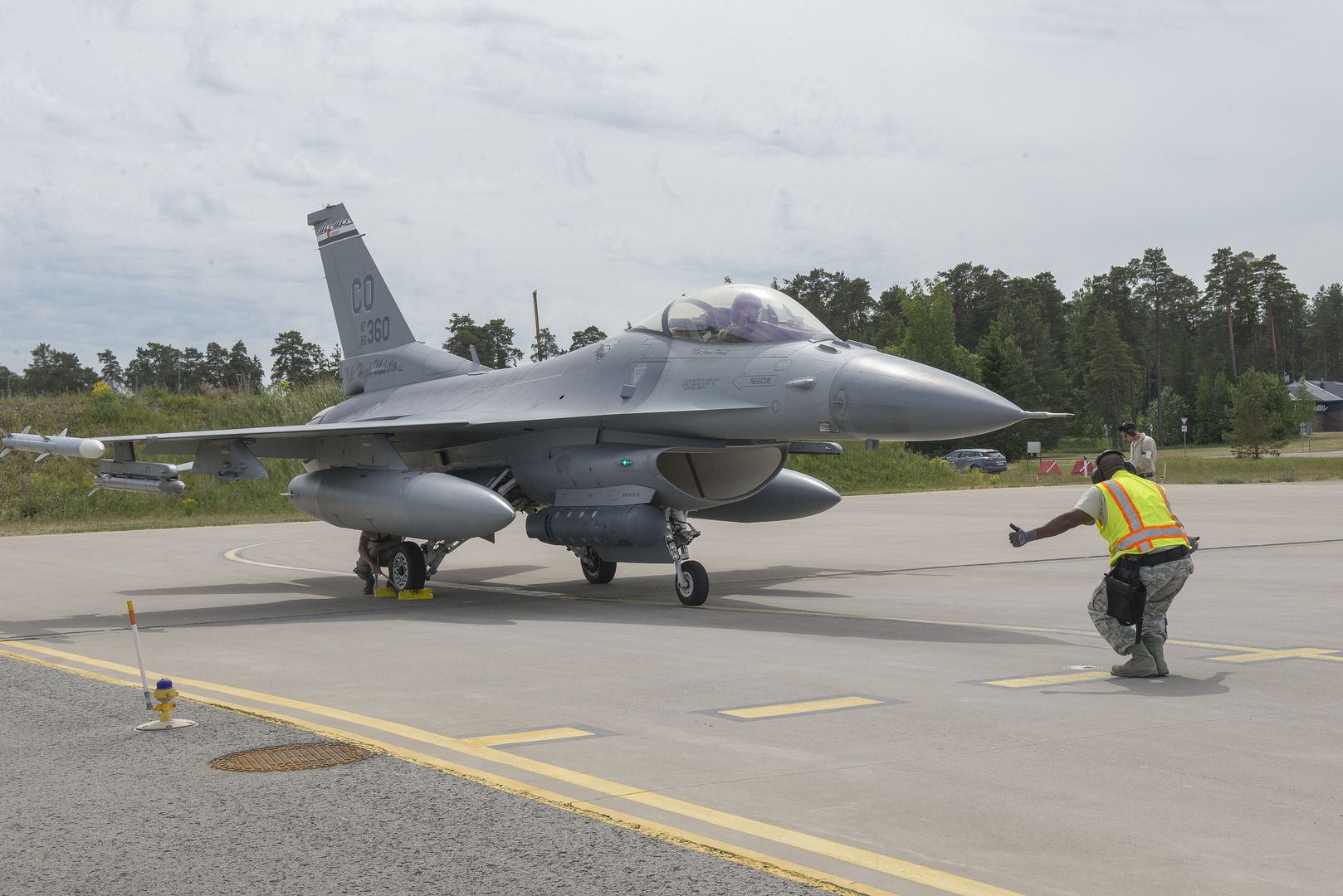
U.S. Air Force Maj. Josh Burger, pilot assigned to the 120th Fighter Squadron lands an F-16 Fighting Falcon on Amari Air Base runway in Estonia during Saber Strike 18, June 11, 2018. Saber Strike 18 is the eighth iteration of the long-standing U.S. Army Europe-led cooperative training exercise designed to enhance interoperability among allies and regional partners. This year's exercise will take place June 3-15, focusing on improving land and air operational capabilities with an additional key objective to train with NATO's enhanced Forward Presence (eFP) battlegroups. (U.S. Air National Guard photo by Staff Sgt. Bobbie Reynolds)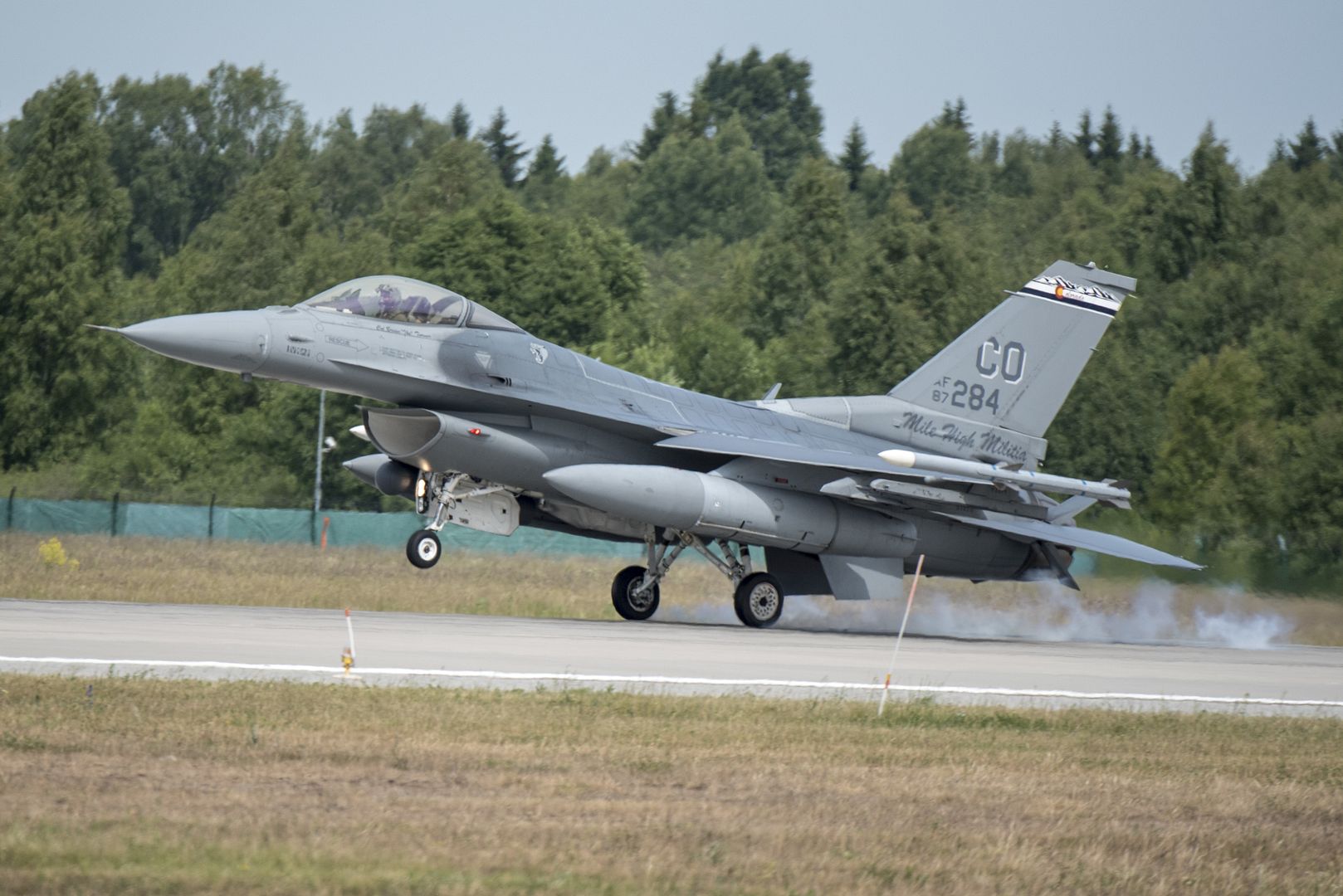
U.S. Air Force Lt. Col. Marc Garceau, pilot assigned to the 120th Fighter Squadron taxis in an F-16 Fighting Falcon on Amari Air Base runway in Estonia during Saber Strike 18, June 11, 2018. Saber Strike 18 is the eighth iteration of the long-standing U.S. Army Europe-led cooperative training exercise designed to enhance interoperability among allies and regional partners. This year's exercise will take place June 3-15, focusing on improving land and air operational capabilities with an additional key objective to train with NATO's enhanced Forward Presence (eFP) battlegroups. (U.S. Air National Guard photo by Staff Sgt. Bobbie Reynolds)
U.S. Air Force Maj. Robert Bielanski, pilot assigned to the 120th Fighter Squadron lands an F-16 Fighting Falcon on Amari Air Base runway in Estonia during Saber Strike 18, June 11, 2018. Saber Strike 18 is the eighth iteration of the long-standing U.S. Army Europe-led cooperative training exercise designed to enhance interoperability among allies and regional partners. This year's exercise will take place June 3-15, focusing on improving land and air operational capabilities with an additional key objective to train with NATO's enhanced Forward Presence (eFP) battlegroups. (U.S. Air National Guard photo by Staff Sgt. Bobbie Reynolds)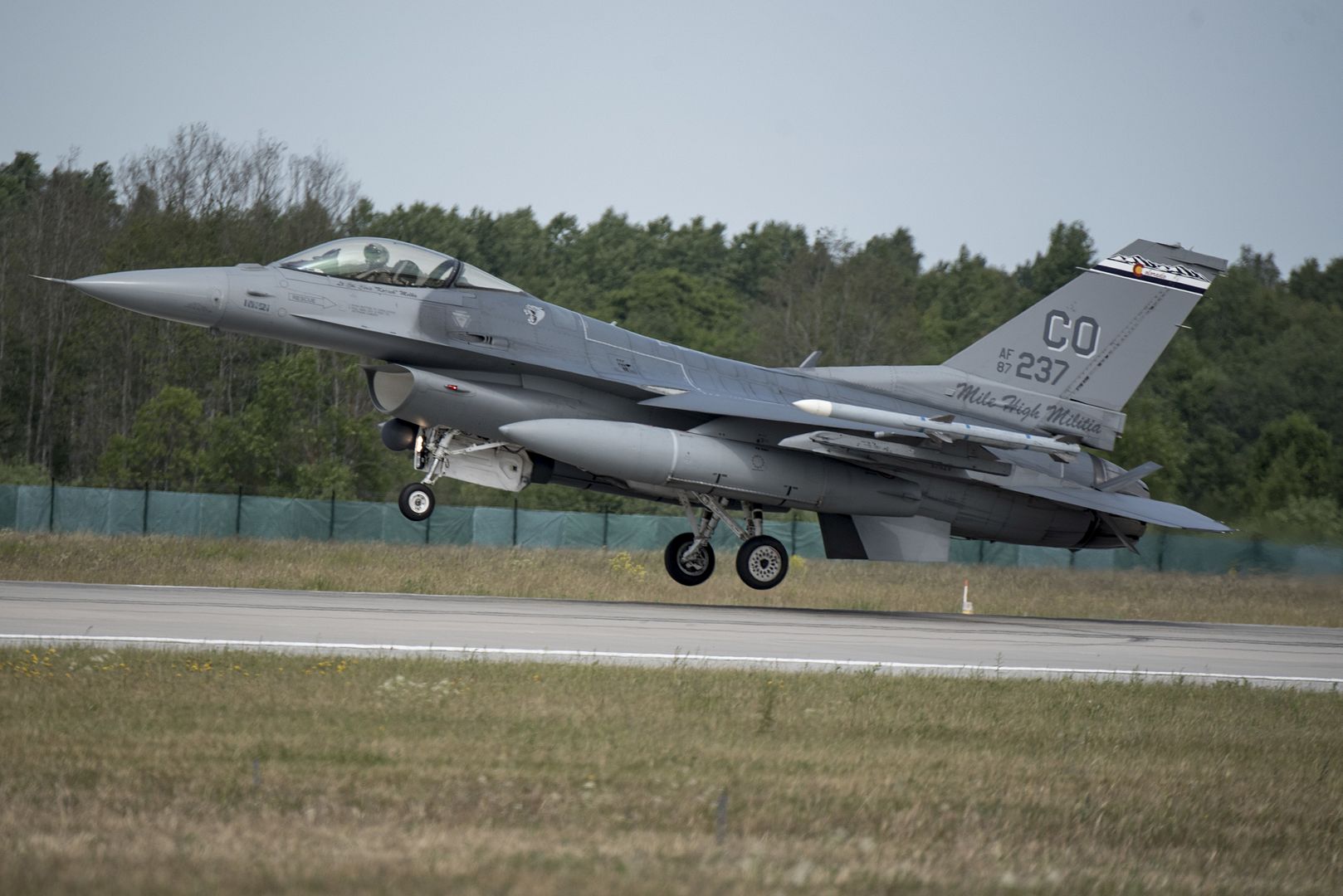
-
 Main AdminAn F-16 Fighting Falcon assigned to the 18th Aggressor Squadron, Eielson Air Force Base, Alaska takes off prior to a sortie as part of Red Flag Alaska, June 11, 2018. Red Flag Alaska provides large force employment training in a simulated combat environment. (U.S. Air National Guard photo by Tech. Sgt. John Winn)
Main AdminAn F-16 Fighting Falcon assigned to the 18th Aggressor Squadron, Eielson Air Force Base, Alaska takes off prior to a sortie as part of Red Flag Alaska, June 11, 2018. Red Flag Alaska provides large force employment training in a simulated combat environment. (U.S. Air National Guard photo by Tech. Sgt. John Winn)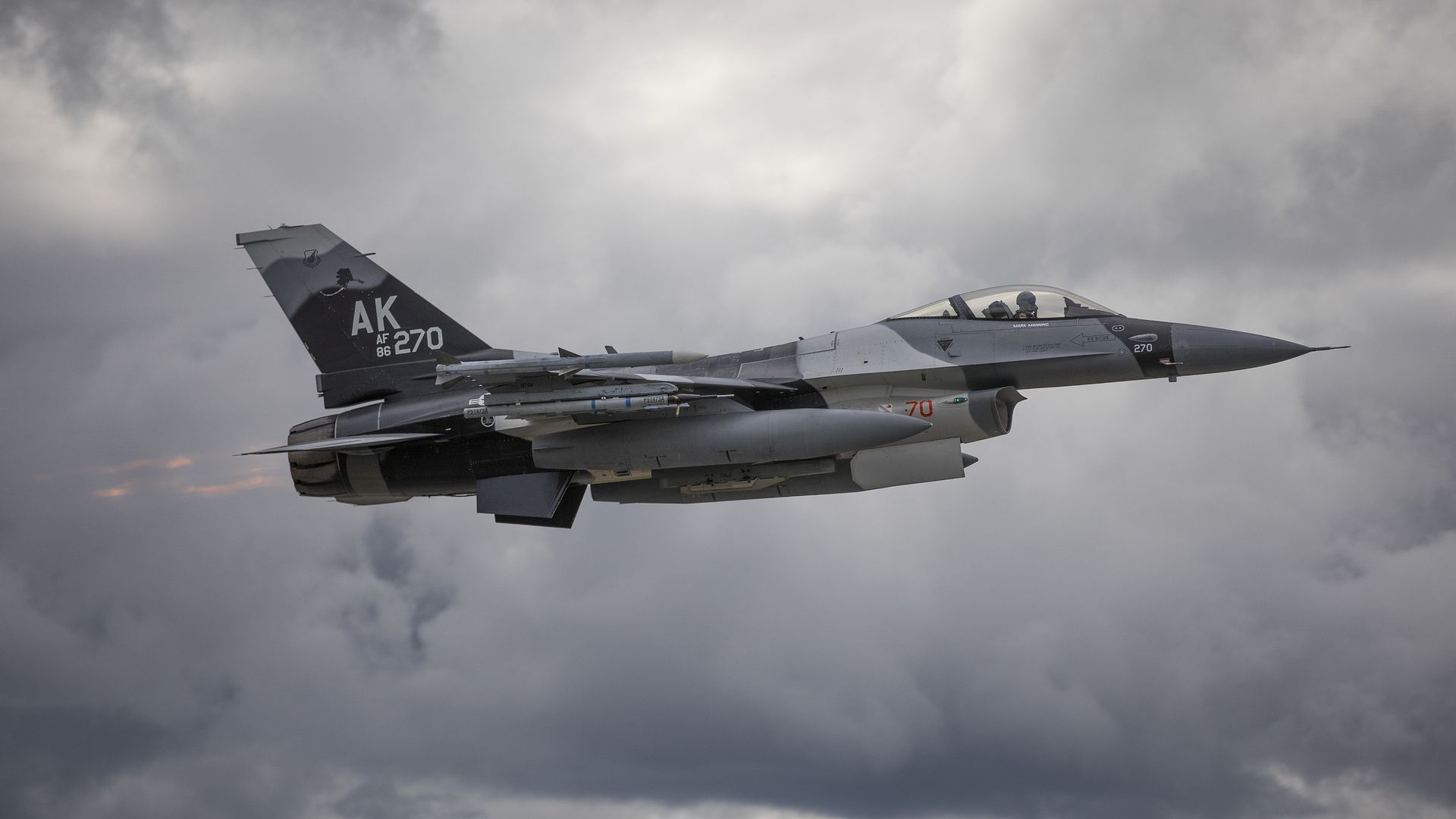
EA-18G Growler's assigned to VAQ-131 Electronic Attack Squadron take off prior to a sortie during Red Flag Alaska, June 11, 2018 at Eielson Air Force Base, Alaska. Red Flag Alaska provides large force employment training in a simulated combat environment. (U.S. Air National Guard photo's by Tech. Sgt. John Winn)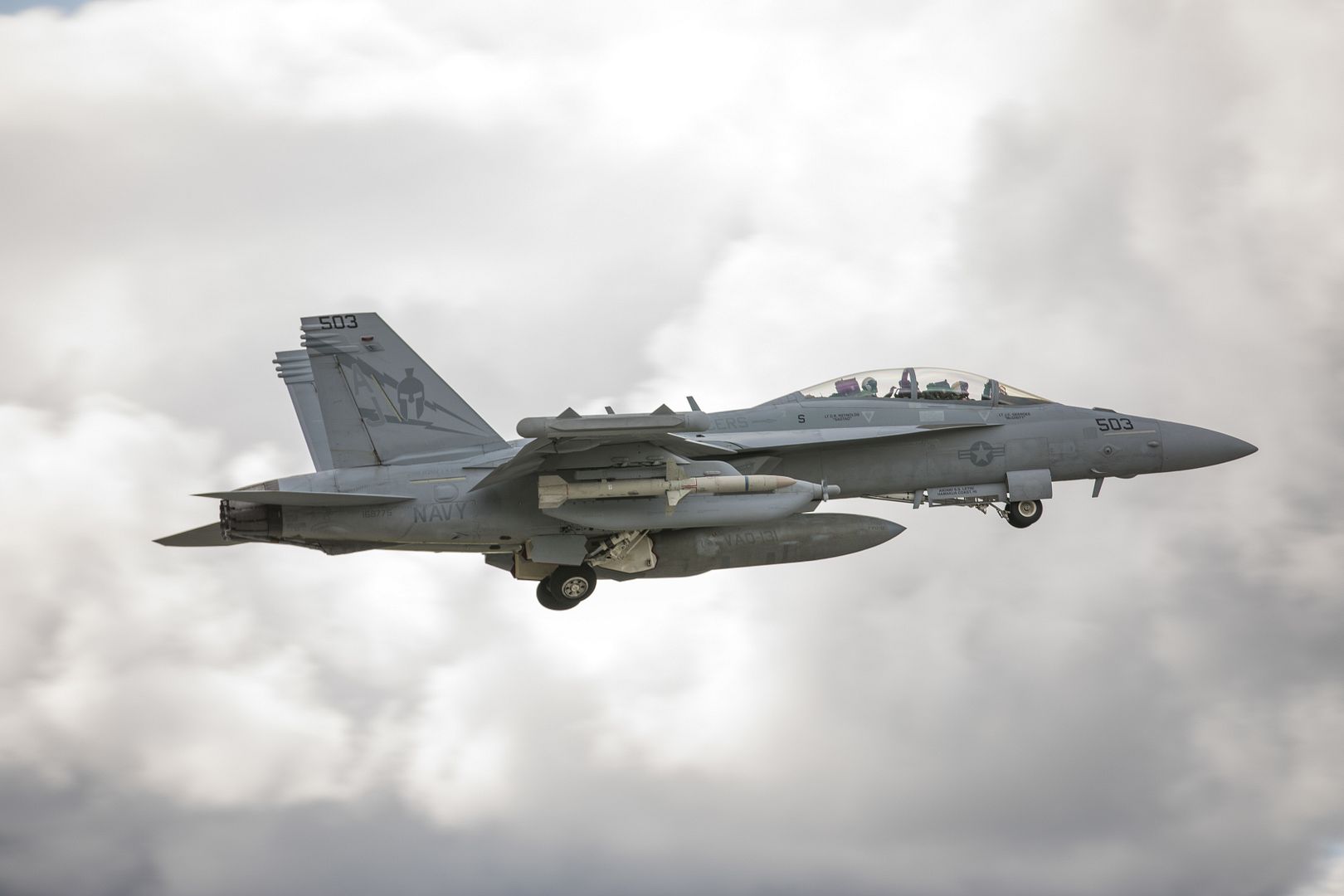
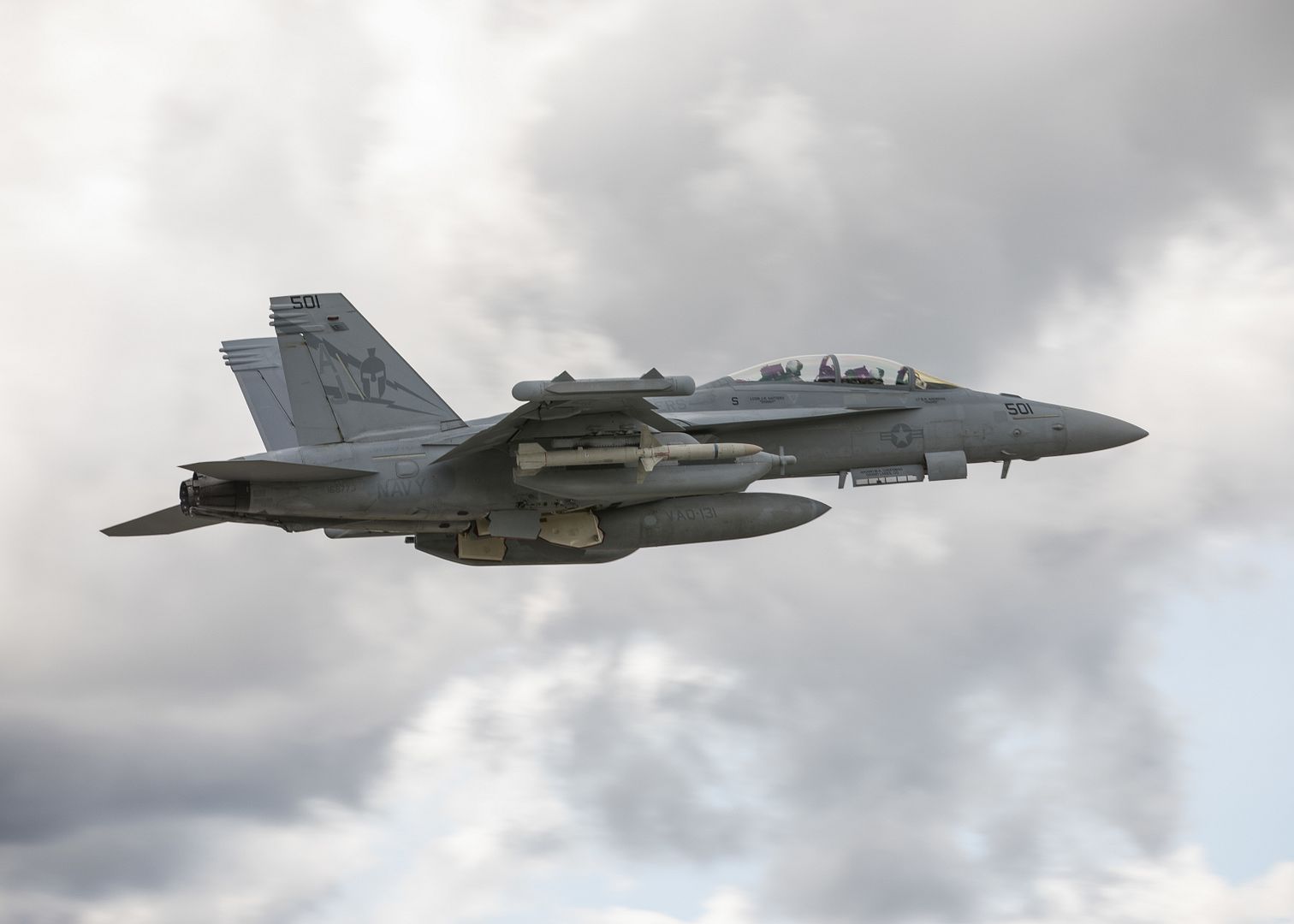
FA/18E's of the "Wildcats" take off prior to a sortie during Red Flag Alaska, June 11, 2018 at Eielson Air Force Base, Alaska. Red Flag Alaska provides large force employment training in a simulated combat environment. (U.S. Air National Guard photo's by Tech. Sgt. John Winn)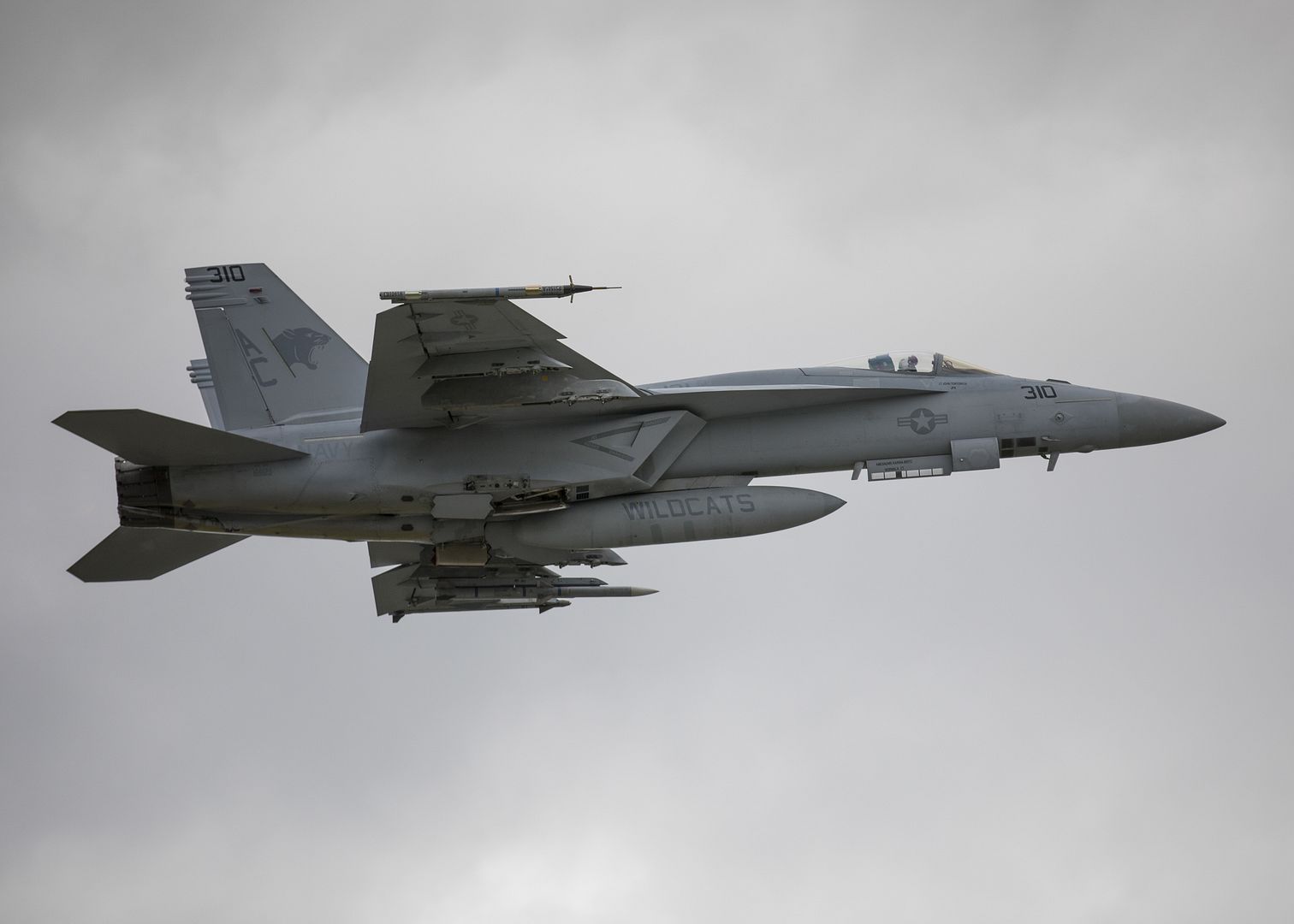

U.S. Soldiers assigned to Task Force Viper 1st Battalion, 3rd Aviation Regiment, 12th Combat Aviation Brigade conducts maintenance on an AH-64 Apache helicopter during Saber Strike 18 at Bemowo Piskie Training Area in Orzysz, Poland, June 13, 2018. (U.S. Army photo by Charles Rosemond)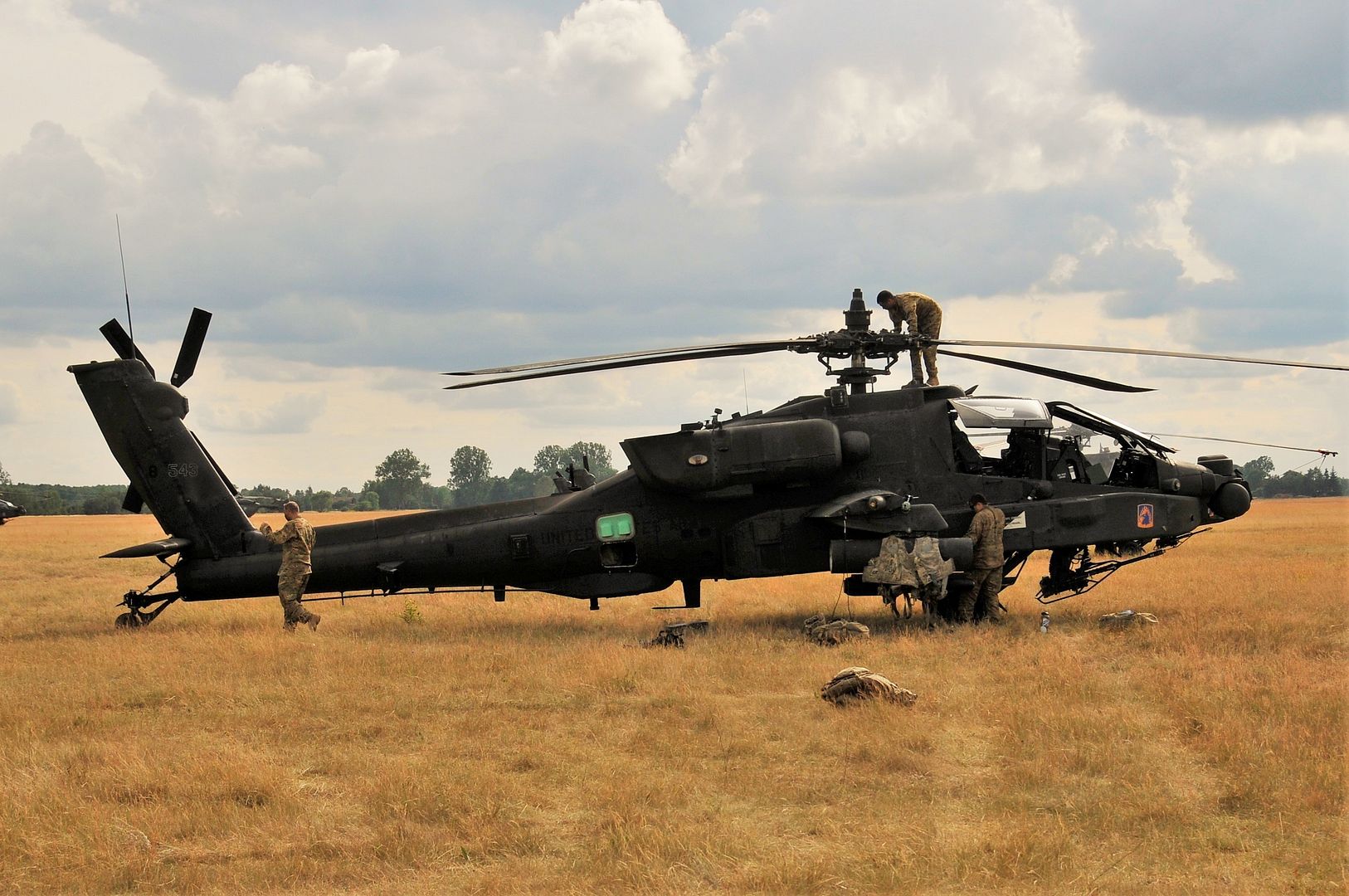
Edwards test squadron completes Joint Strike Missile test program
A U.S. Air Force F-16 Fighting Falcon carries a developmental test version of Norway?s Joint Strike Missile to its release point above the Utah Test and Training Range west of Salt Lake City. When development is complete, the JSM is intended for use aboard the F-35A Lighting II. The 416th Flight Test Squadron recently wrapped up JSM testing. (U.S. Air Force photo by Christopher Okula)
An Edwards KC-135 Stratotanker refuels a U.S. Air Force F-16 Fighting Falcon while it carries a developmental test version of Norway?s Joint Strike Missile. When development is complete, the JSM is intended for use aboard the F-35A Lighting II. The 416th Flight Test Squadron recently wrapped up JSM testing. (U.S. Air Force photo by Christian Turner)
A U.S. Air Force F-16 Fighting Falcon carries a developmental test version of Norway?s Joint Strike Missile. The 416th Flight Test Squadron recently wrapped up JSM testing. (U.S. Air Force photo by Christian Turner)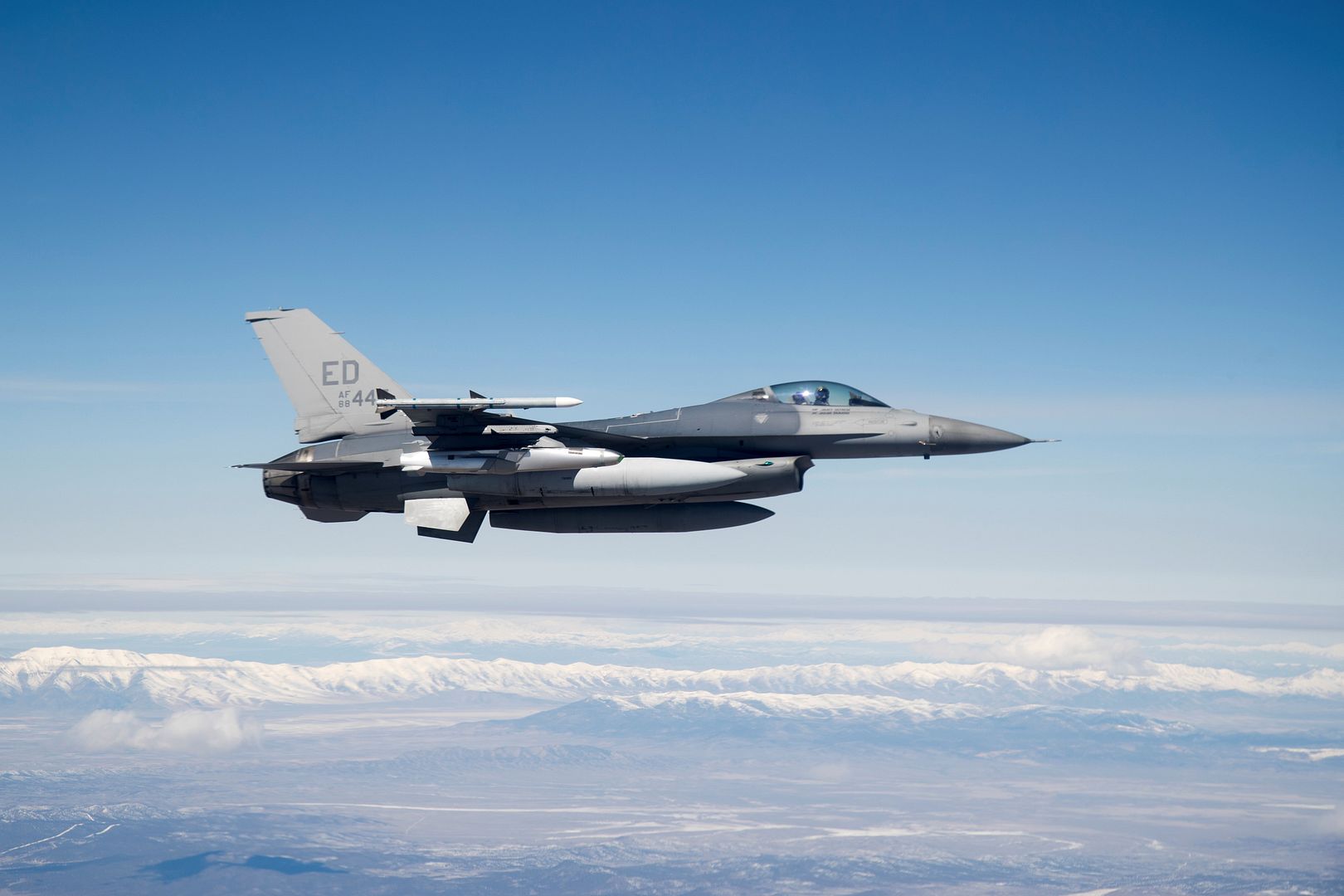
June 14, 2018 Montr?al Business Aircraft, Press Release
Bombardier announced that Global 7500 aircraft started arriving at the company?s Montreal facilities last month, where high-precision completion work is being carried out on this industry-defining jet. Skilled workers at Bombardier?s state-of-the-art Centre of Excellence in Dorval, Quebec, have been building and assembling complete interior sets including kitchens, state room beds, dining furniture and Nuage seats for multiple customer aircraft since the centre?s inauguration in 2017.
?As the Global 7500 jet continues to progress towards its entry-into-service, we couldn?t be happier to welcome the first production aircraft in our Montreal facilities,? said David Coleal, President, Bombardier Business Aircraft. ?The Global 7500 interior completion work requires fine craftsmanship and cutting-edge technology. Bombardier Business Aircraft is taking its world-class expertise a step further through a new modular completion process leveraging advanced test rigs that ensure all customer aircraft surpass expectations at every level.?
As part of the development program, interiors are validated on the ground in a one-of-a-kind Bombardier-designed test rig that replicates the conditions of flight related to airframe motions and flight loads using a production fuselage mounted on a pneumatic bed. This process allowed for the validation of the interior?s fit and finish well in advance of its actual installation on the Architect, the fourth flight test vehicle. Bombardier is now using this unique tool for the interiors installation process of its production aircraft to ensure enhanced operational efficiency and an uncompromised experience for customers.
?The Global 7500 aircraft?s production process, specifically the interior completion work, results from years of thoughtful planning to maximize efficiency while ensuring the utmost quality for customers,? said Paul Sislian, Chief Operating Officer, Bombardier Business Aircraft. ?Our cutting-edge interior test rig allows our teams to conduct all major fit and finish adjustments at our Centre of Excellence, in advance of installation in the aircraft. This process significantly reduces our completions cycle time and will ensure a smooth entry-into-service and an exceptional product right from the start.?
The Global 7500 aircraft is the largest and longest range business jet ever built, with a recently announced increased range of 7,700 nautical miles. Thanks to its sophisticated wing design, the Global 7500 aircraft has also exceeded takeoff and landing performance commitments, leading to a new published takeoff distance of 5,800 feet at full fuel in standard operating conditions. This improved takeoff performance distance is almost 500 feet shorter than the closest, and much smaller, competitor aircraft and enables the Global 7500 aircraft to access airports with shorter runways. The program?s five flight test vehicles are currently active and have completed over 2,300 flight test hours, demonstrating the high level of maturity and reliability of the aircraft.
In May, Bombardier announced that full-scale structural testing of the aircraft on the Complete Airframe Static Test (CAST) was successfully completed. Full-scale fatigue testing is also executing per plan, and Bombardier has successfully completed one lifetime of simulated flights, which exceeds the requirements at time of certification.
Upon entry-into-service later this year, the Global 7500 aircraft will offer a spaciousness that is unique among business jets, with a full-size kitchen and four true living spaces. The Global 7500 aircraft also debuts Bombardier's patented Nuage seat, which was meticulously designed for maximum comfort and will be exclusive to the new Global aircraft family.
In November 2017, Bombardier announced that approximately 1,000 new positions were created to support the interior completion of the Global 7500 aircraft. With more than 80 percent of these positions already filled, Bombardier continues to recruit quality candidates to join its highly-skilled workforce.
Bombardier's Global 7500 aircraft is the recipient of a 2018 Red Dot Award for Product Design.
News Article / June 12, 2018
By Captain Mike Wolter
This is a milestone year for 435 Transport and Rescue Squadron whose members are celebrating 25 years of operational air-to-air refuelling (AAR) with the CC-130HT Hercules tanker aircraft.
435 ?Chinthe? Squadron is located in Winnipeg, Manitoba, but reports to 19 Wing Comox, British Columbia.
As proud refuelers for a quarter of a century, 435 AAR crews have seen the world through myriad different exercises and operations, delivering a critical enabling capability for Canadian and allied fighter jets.
By the end of 1992, the Royal Canadian Air Force (RCAF) had taken delivery of five new CC-130H Hercules aircraft. At Northwest Industries Limited in Edmonton, Alberta, they were converted to the CC-130HT tanker configuration. Combining a fuselage tank capable of carrying 24,000 pounds of jet fuel, new fuel lines and drogue-style air refueling pods, CC-130HTs provided the RCAF with a flexible AAR asset for its probe-equipped fighters.
The first aircraft modified was tail number 130339 and the initial aircrew course was completed in 1993. Shortly thereafter, the squadron carried out its first operational AAR mission. On February 11, 1993, 435 Squadron assisted in the intercept of a high-jacked Lufthansa Airbus A310 off the East Coast of North America in conjunction with the United States Air Force.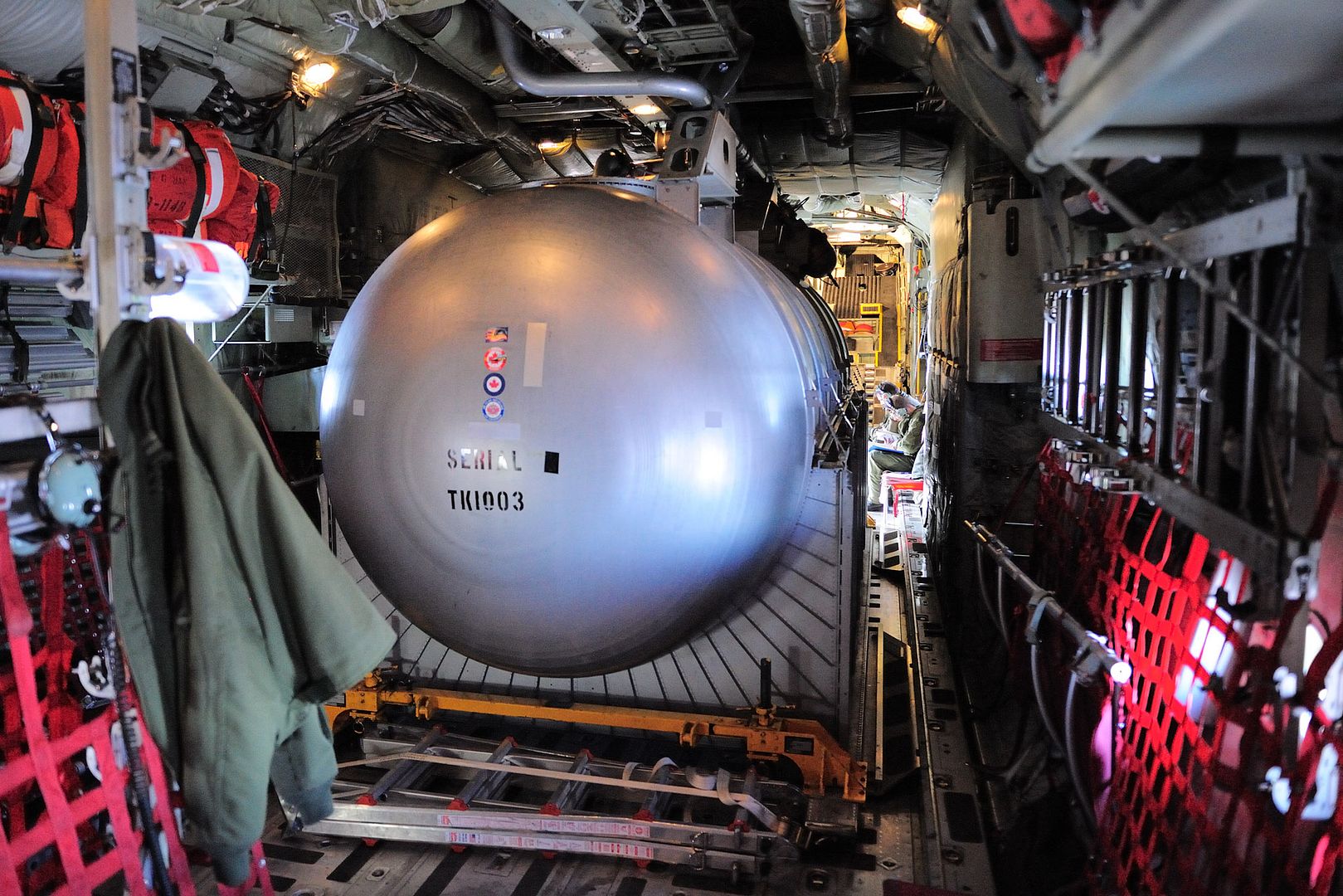
During their first few years of operations, AAR crews from 435 Squadron participated in numerous operations and exercises as aircrew and technicians alike quickly became educated on their new equipment and role.
In these early years, AAR operations were conducted in Europe and northern Canada and AAR exercises took place in the Netherlands and the United States. In 1998, 435 Squadron deployed to Kuwait as part of Operation Southern Watch. There, the squadron?s tankers helped allied fighters enforce Iraqi compliance with the United Nations Security Council Resolution following the Gulf War.
In 1999, 435 Squadron participated in a 79-day NATO operation named Operation Allied Force, an air campaign conducted over the former republic of Yugoslavia. CC-130HT aircraft provided refueling to CF-188 Hornet fighters flying air strike missions from Aviano, Italy.
Since the terrorist attacks on September 11, 2001, the squadron has been continuously engaged in Operation Noble Eagle, providing AAR support in the defence of North American airspace, often from forward operating locations in Canada?s far North.
Crews also deployed to Sicily, Italy, in 2011 as part of Operation Mobile, helping fighter jets tasked to enforce the no-fly zone over Libya.
435?s AAR crews and technicians continue to support yearly exercises with Canadian Hornets and fighter jets from allied countries around the world. In recent years, the squadron has played a small but critical role at such exercises as Maple Flag in Cold Lake, Alberta; Red Flag in Alaska and Nevada; Cougar South in California; and Alouette Mobile in Louisiana. More globally, the squadron has supported Exercise Pitch Black in Australia and Arctic Challenge in Finland as the sole RCAF envoy.
As Canada?s only tactical aerial refuelling aircraft, the CC-130HT provides the RCAF with a flexible and global AAR capacity that has been extensively used since its operational introduction in 1993.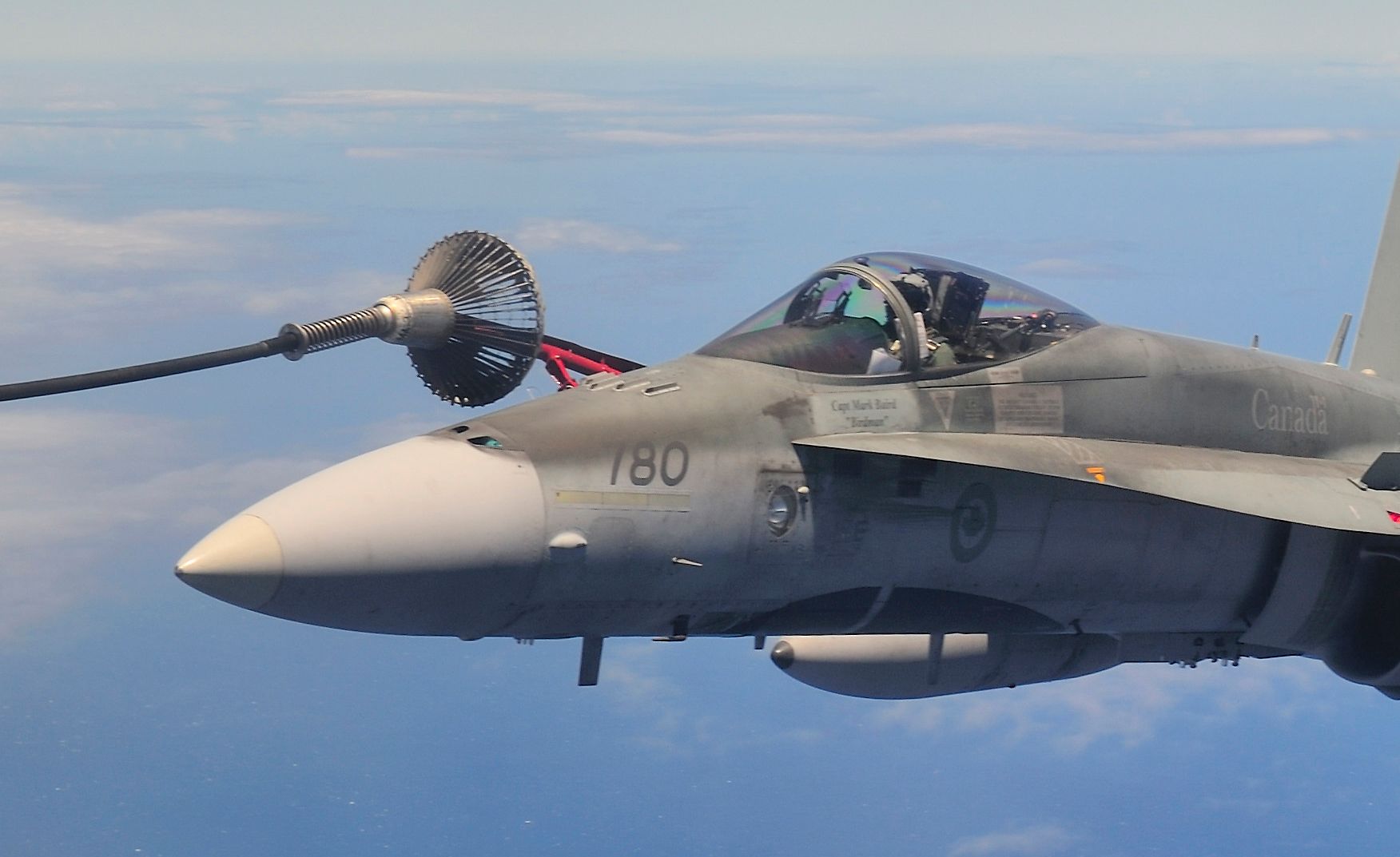
With the CC-130HT AAR capability slated for retirement in 2020, this anniversary year provides an opportunity to reflect on a proud history earned during more than 25 years ?fueling the fire?.
There is no doubt that 435 Squadron?s professional and flexible AAR crews will continue to accomplish their missions accomplished, striving to uphold the squadron?s motto of Certi Provehendi??Determined on Delivery??until the last successful AAR ?poke? is completed
Museum exhibit
As part of their 25th anniversary celebrations, 435 Transport and Rescue Squadron, in collaboration with the Royal Aviation Museum of Western Canada, proudly unveiled an educational air-to-air refueling exhibit on May 31, 2018. For the foreseeable future, museum guests will have the opportunity to learn about AAR in general, and 435 Squadron?s role during more than 25 years of ?fueling the fire?.
The exhibit centrepiece is CC-130HT AAR refueling pod that is on loan. Weighing almost 3,000 pounds and measuring more than 14 feet long, the Cobham Mk 32B-751 air refueling pod, developed by Cobham in the United Kingdom, is attached under the CC-130?s wing to deliver fuel from the aircraft fuel system to a receiver aircraft.
Incorporating a hose and drogue that at full trail extends 78 feet, the refueling pod is designed to transfer fuel at rates up to 1,136 litres per minute, permitting the timely provision of airborne fuel from tanker to receiving fighter.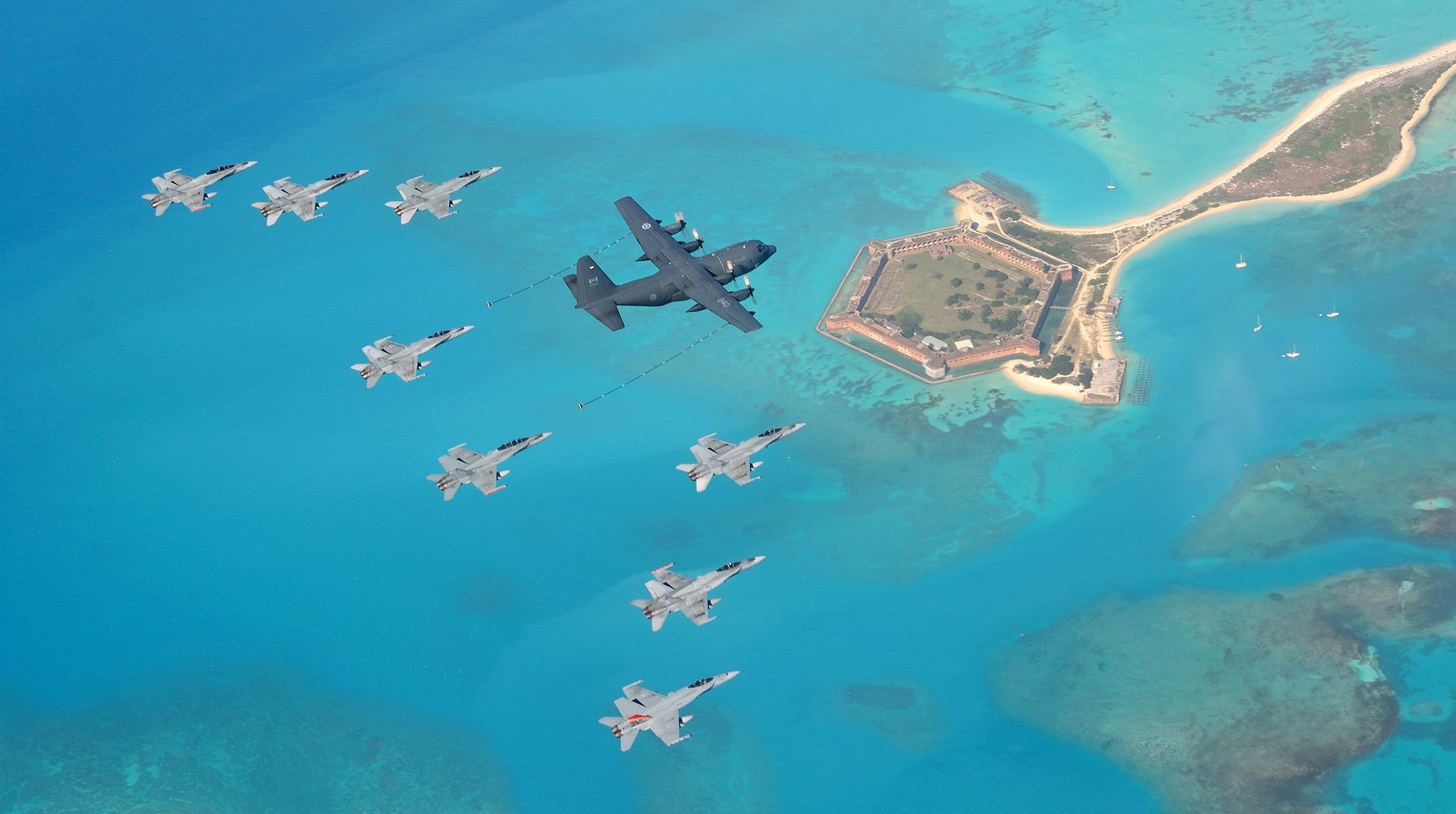
Captain Wolter is a member of 435 Transport and Rescue Squadron.
-
 Main AdminCol. Christopher Sage, 4th Fighter Wing commander, takes off for his final flight as wing commander, June 14, 2018, at Seymour Johnson Air Force Base, North Carolina. The flight was conducted in the 4th FW?s flagship aircraft, which was recently painted in celebration of the wing?s 75th anniversary. (U.S. Air Force photo by Staff Sgt. Brittain Crolley)
Main AdminCol. Christopher Sage, 4th Fighter Wing commander, takes off for his final flight as wing commander, June 14, 2018, at Seymour Johnson Air Force Base, North Carolina. The flight was conducted in the 4th FW?s flagship aircraft, which was recently painted in celebration of the wing?s 75th anniversary. (U.S. Air Force photo by Staff Sgt. Brittain Crolley)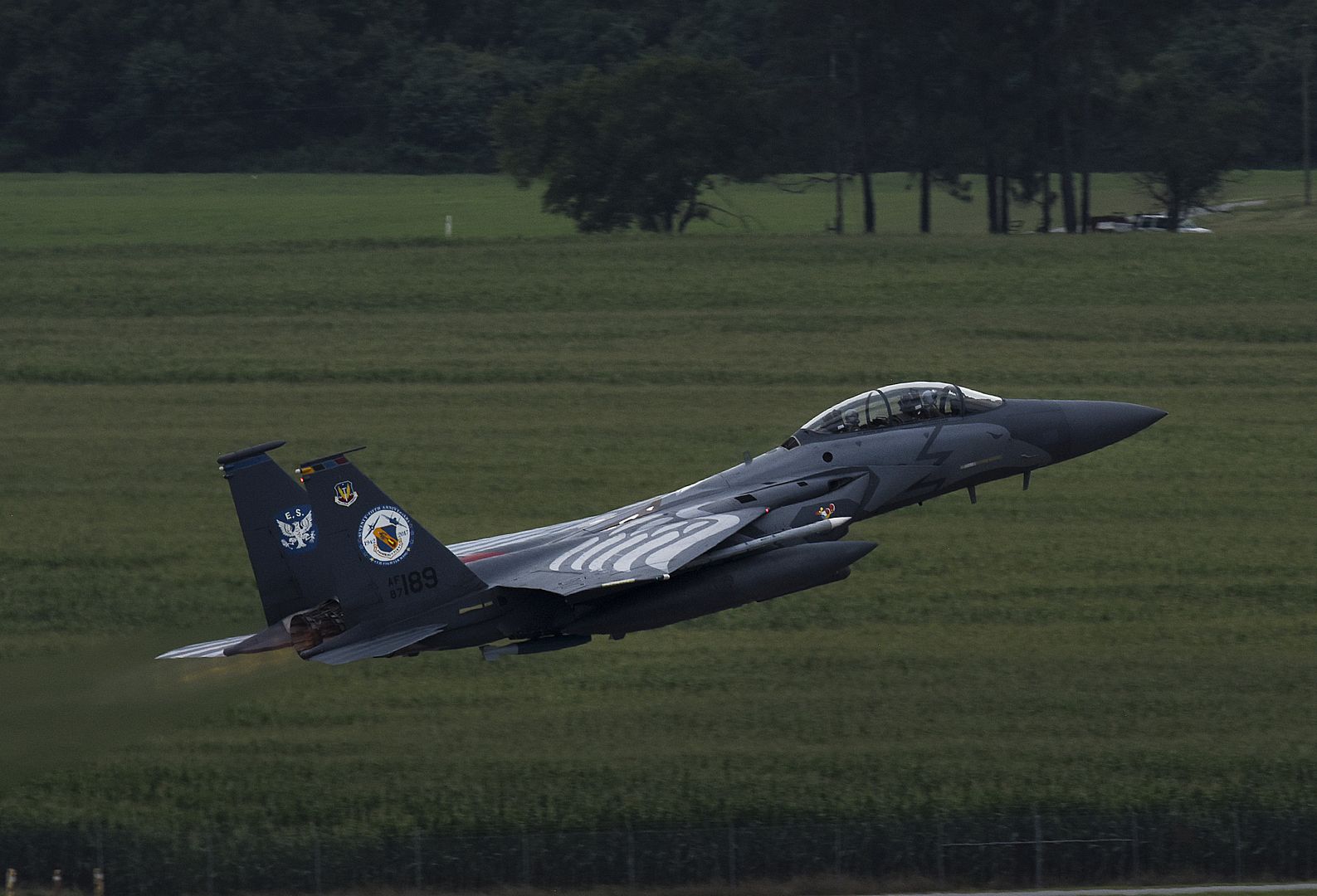
MEDITERRANEAN SEA (June 14, 2018) An F/A-18F Super Hornet, assigned to the "Fighting Checkmates" of Strike Fighter Squadron (VFA) 11, launches from the Nimitz-class aircraft carrier USS Harry S. Truman (CVN 75) June 14, 2018. As the Carrier Strike Group 8 flag ship, Harry S. Truman's support of Operation Inherent Resolve demonstrates the capability and flexibility of U.S. Naval Forces, and its resolve to eliminate the terrorist group ISIS and the threat it poses. (U.S. Navy photo by Mass Communication Specialist 3rd Class Rebekah A. Watkins/Released)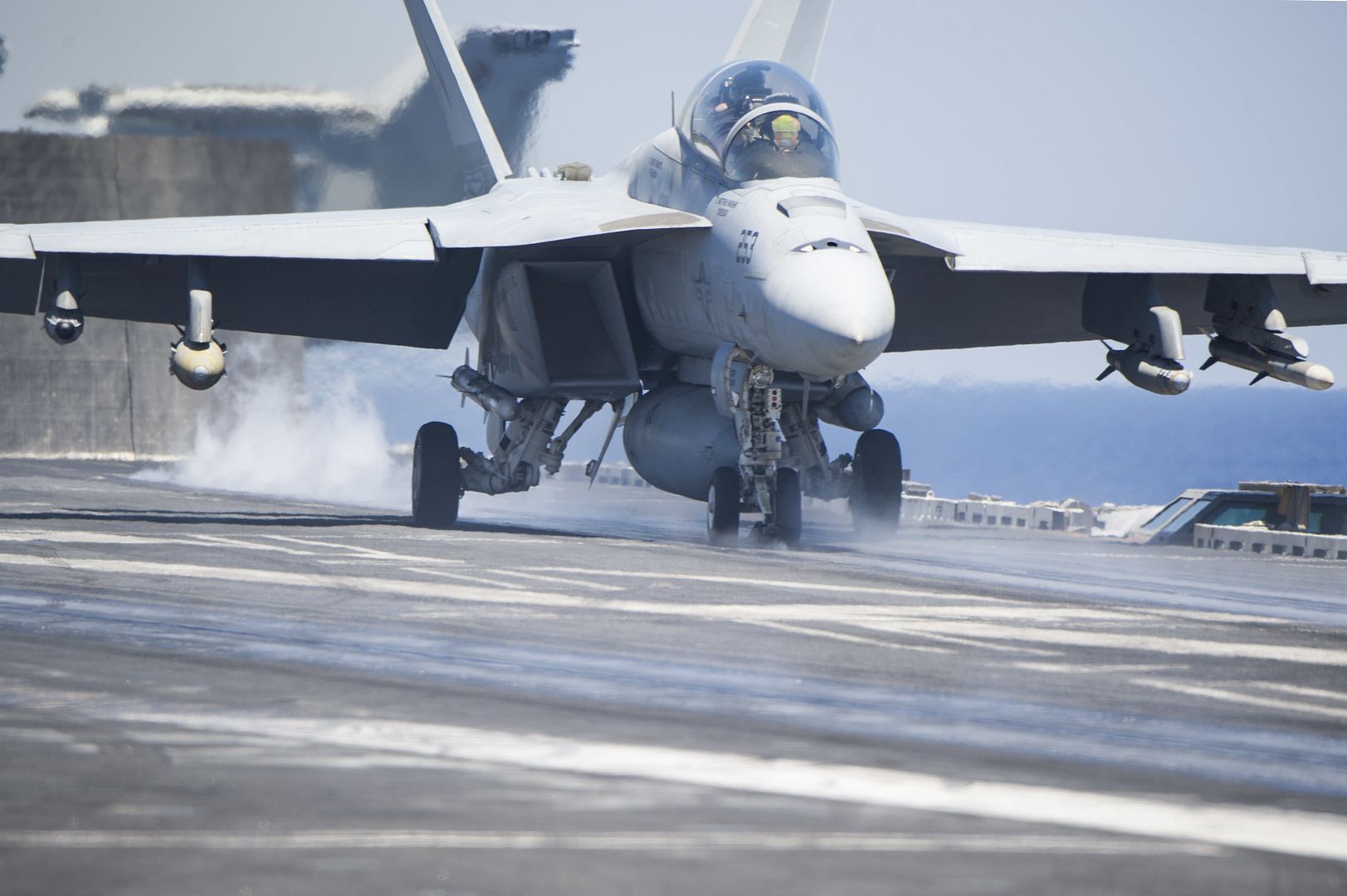
Post a reply
- Go to Next topic
- Go to Welcome
- Go to Introduce Yourself
- Go to General Discussion
- Go to Screenshots, Images and Videos
- Go to Off topic
- Go to Works in Progress
- Go to Skinning Tips / Tutorials
- Go to Skin Requests
- Go to IJAAF Library
- Go to Luftwaffe Library
- Go to RAF Library
- Go to USAAF / USN Library
- Go to Misc Library
- Go to The Ops Room
- Go to Made in Germany
- Go to Campaigns and Missions
- Go to Works in Progress
- Go to Juri's Air-Raid Shelter
- Go to Campaigns and Missions
- Go to Works in Progress
- Go to Skinpacks
- Go to External Projects Discussion
- Go to Books & Resources
